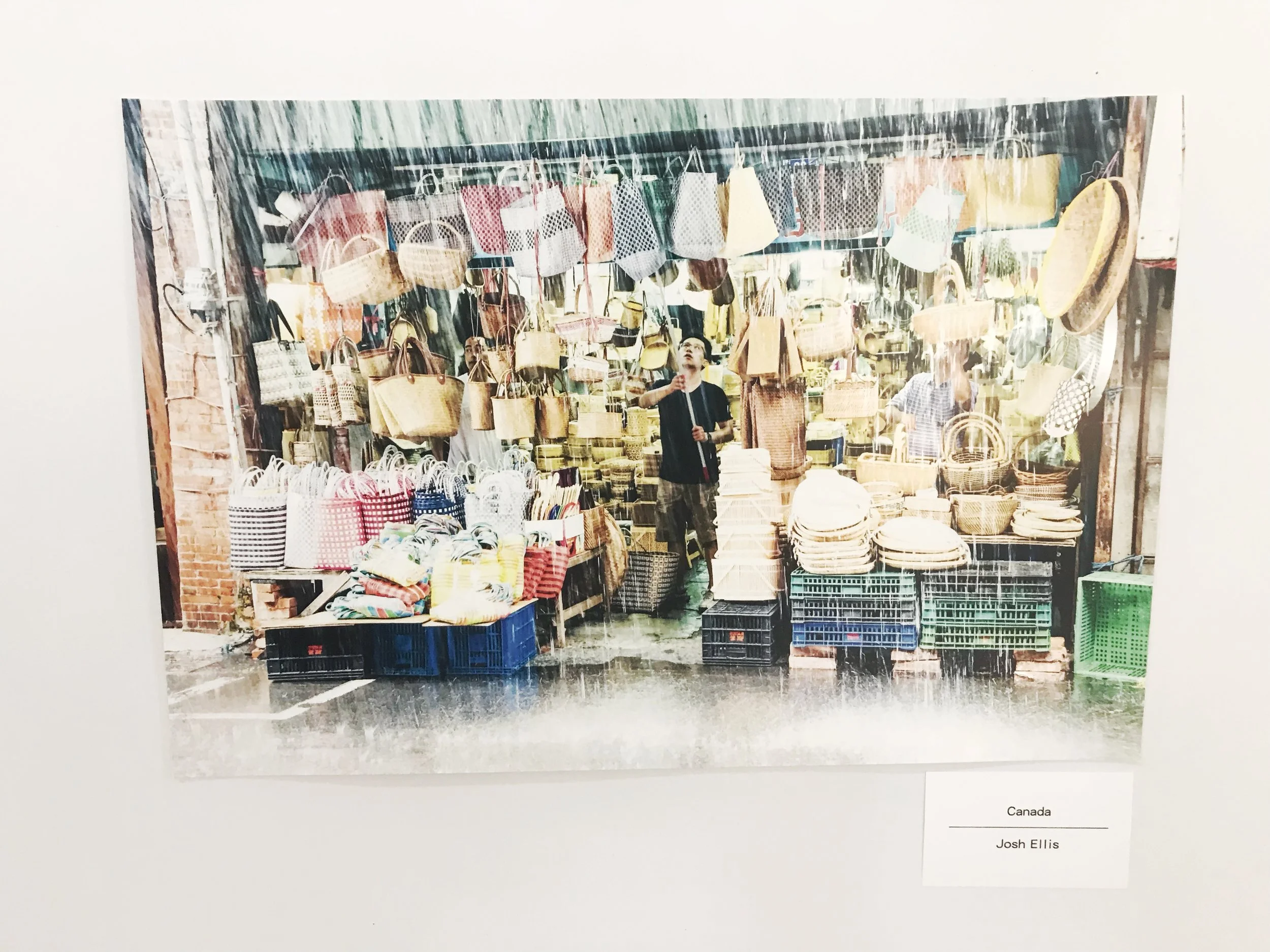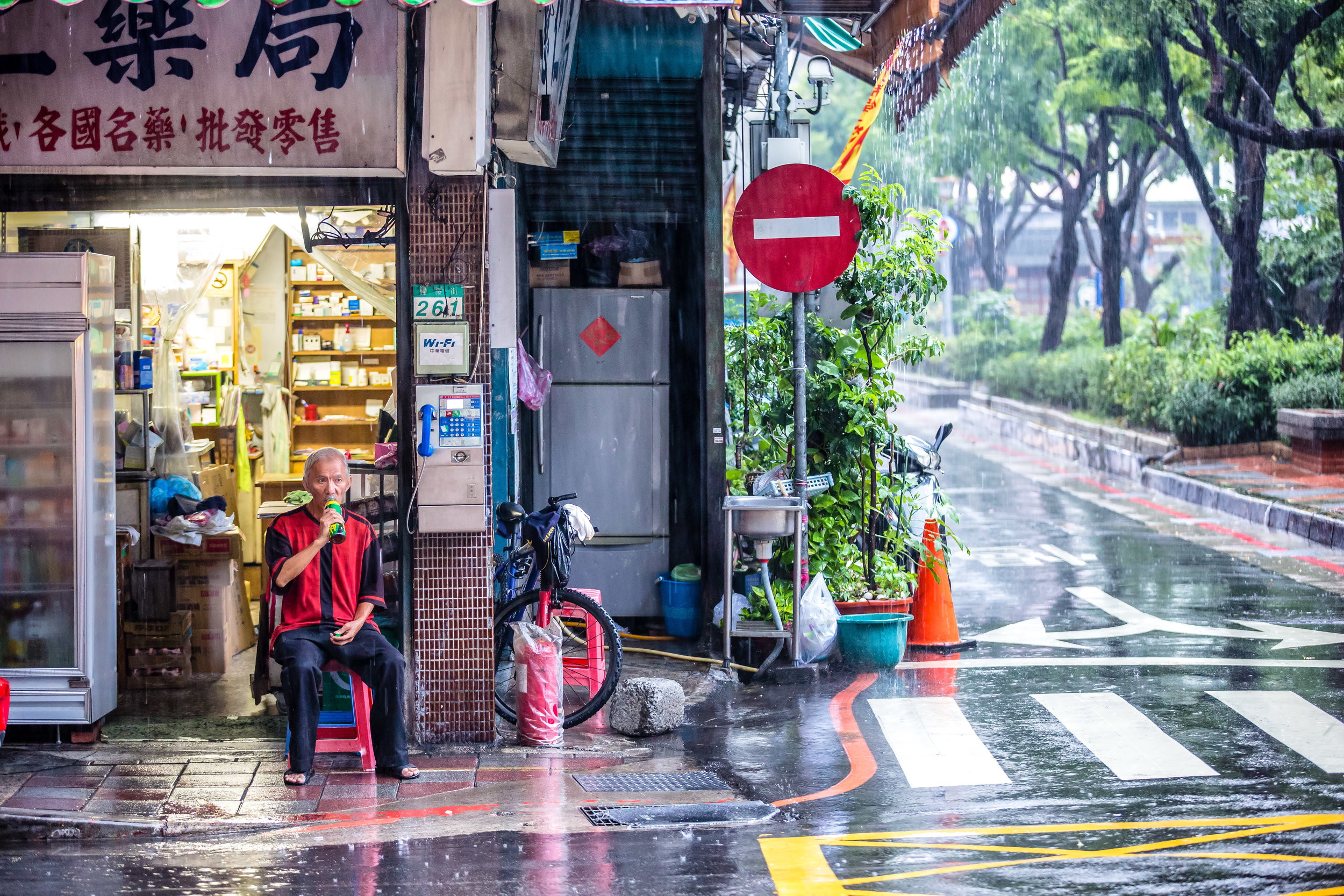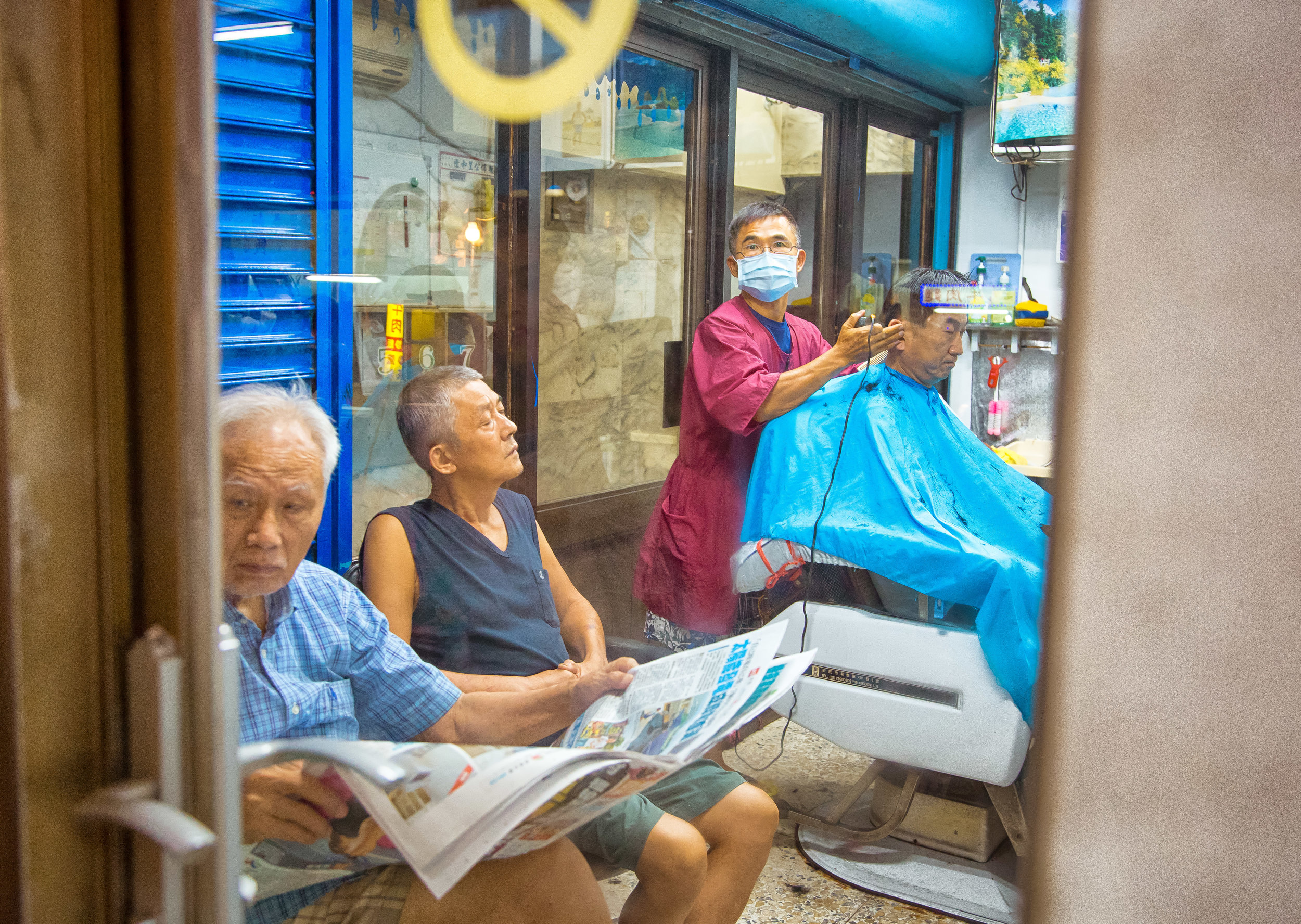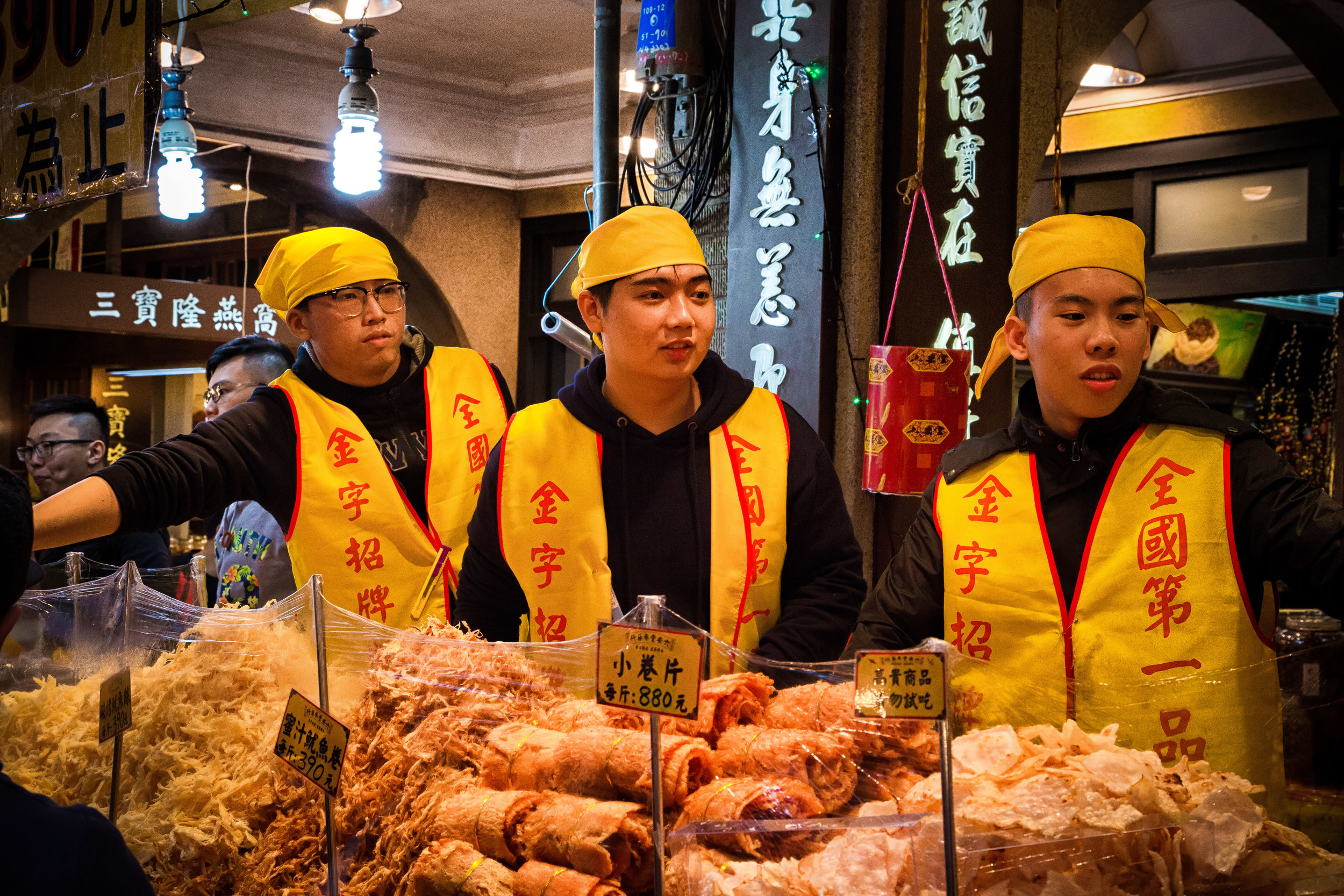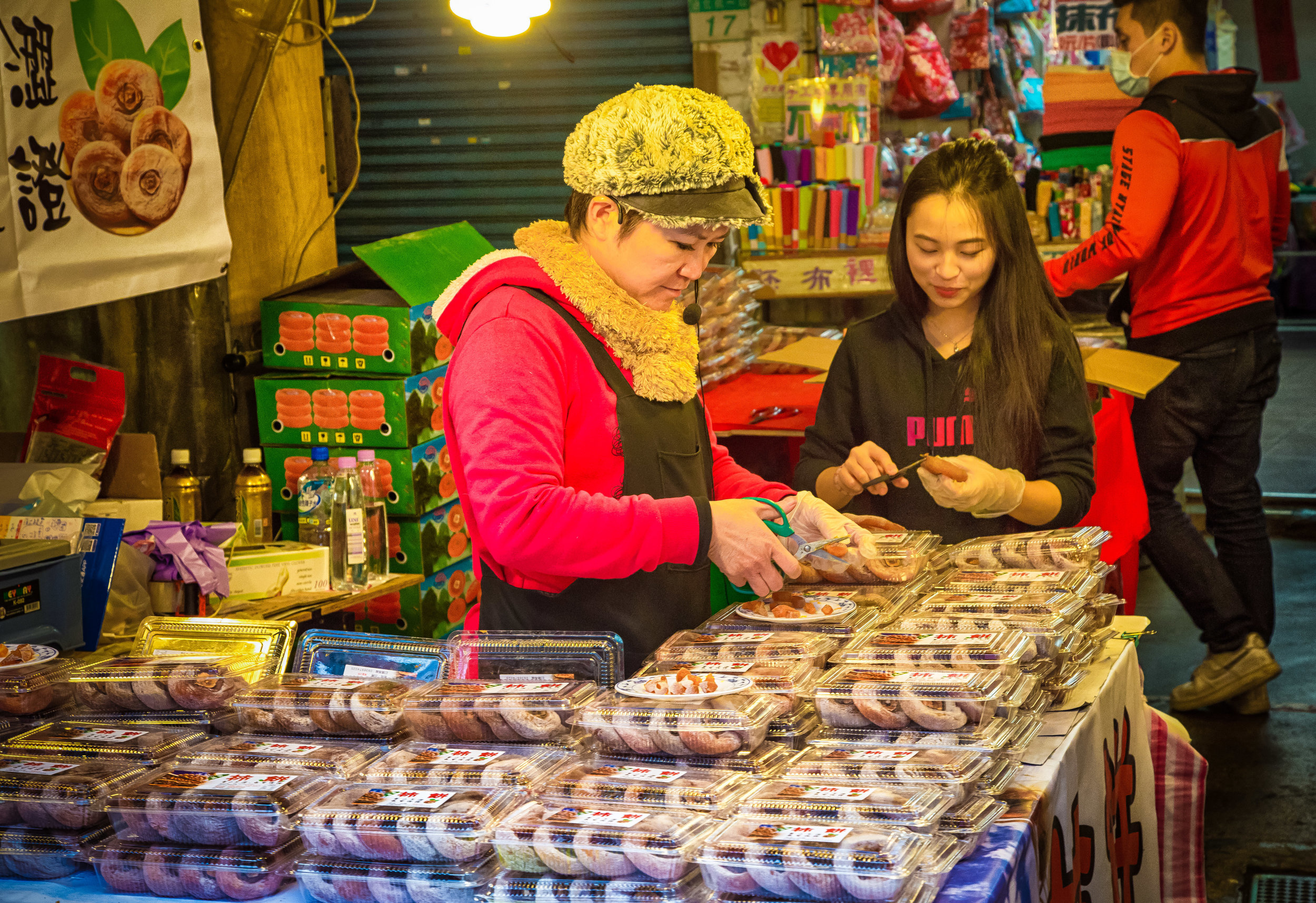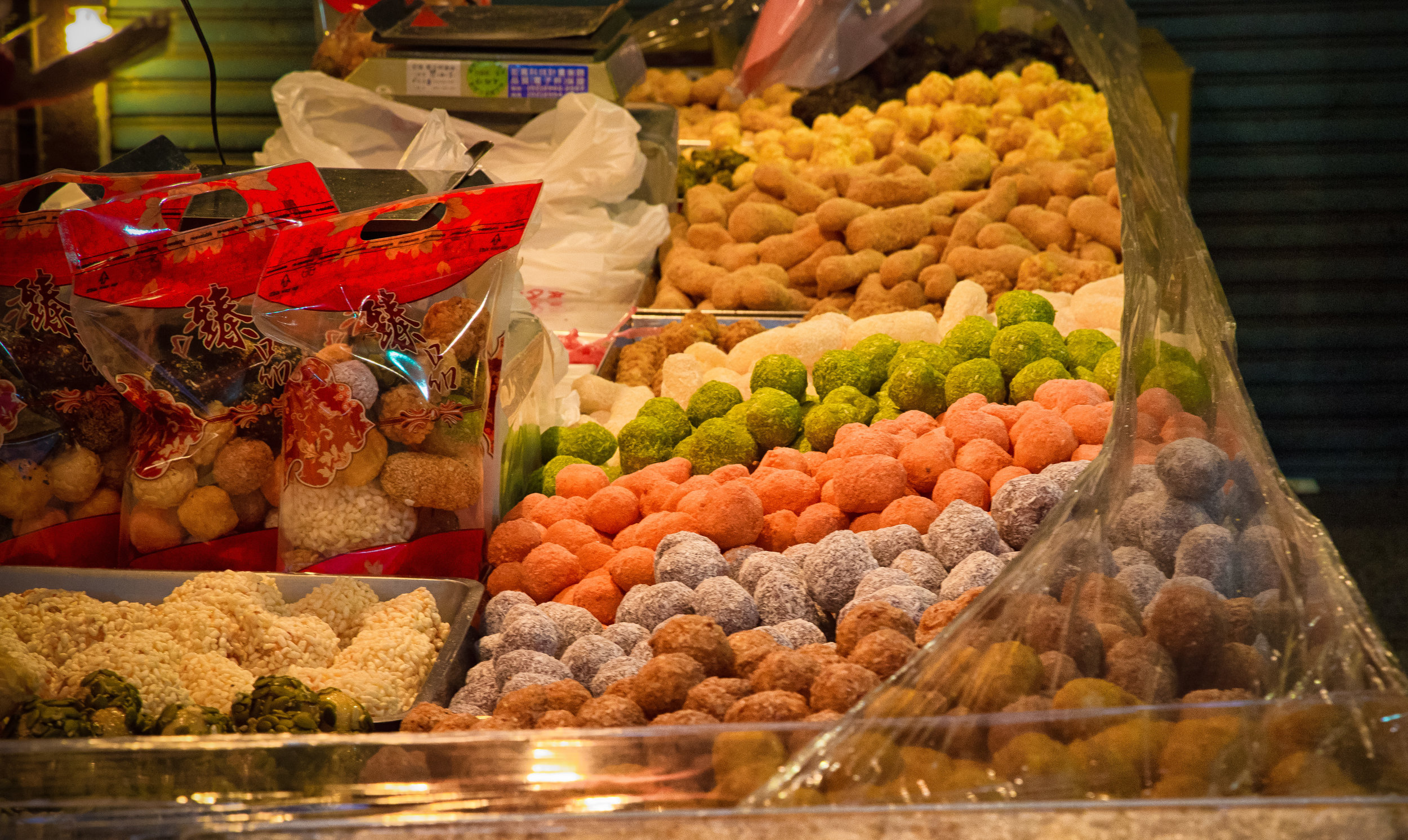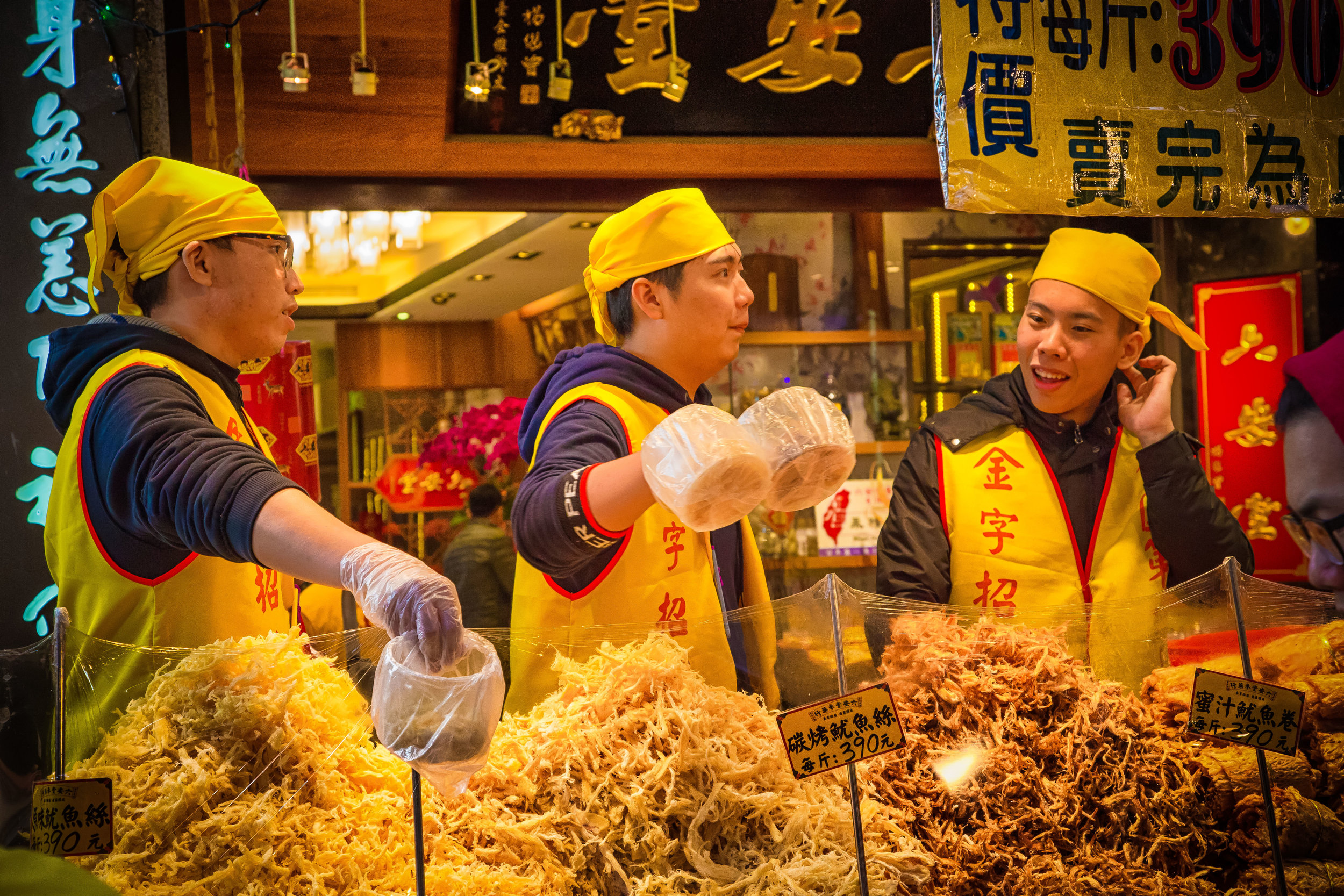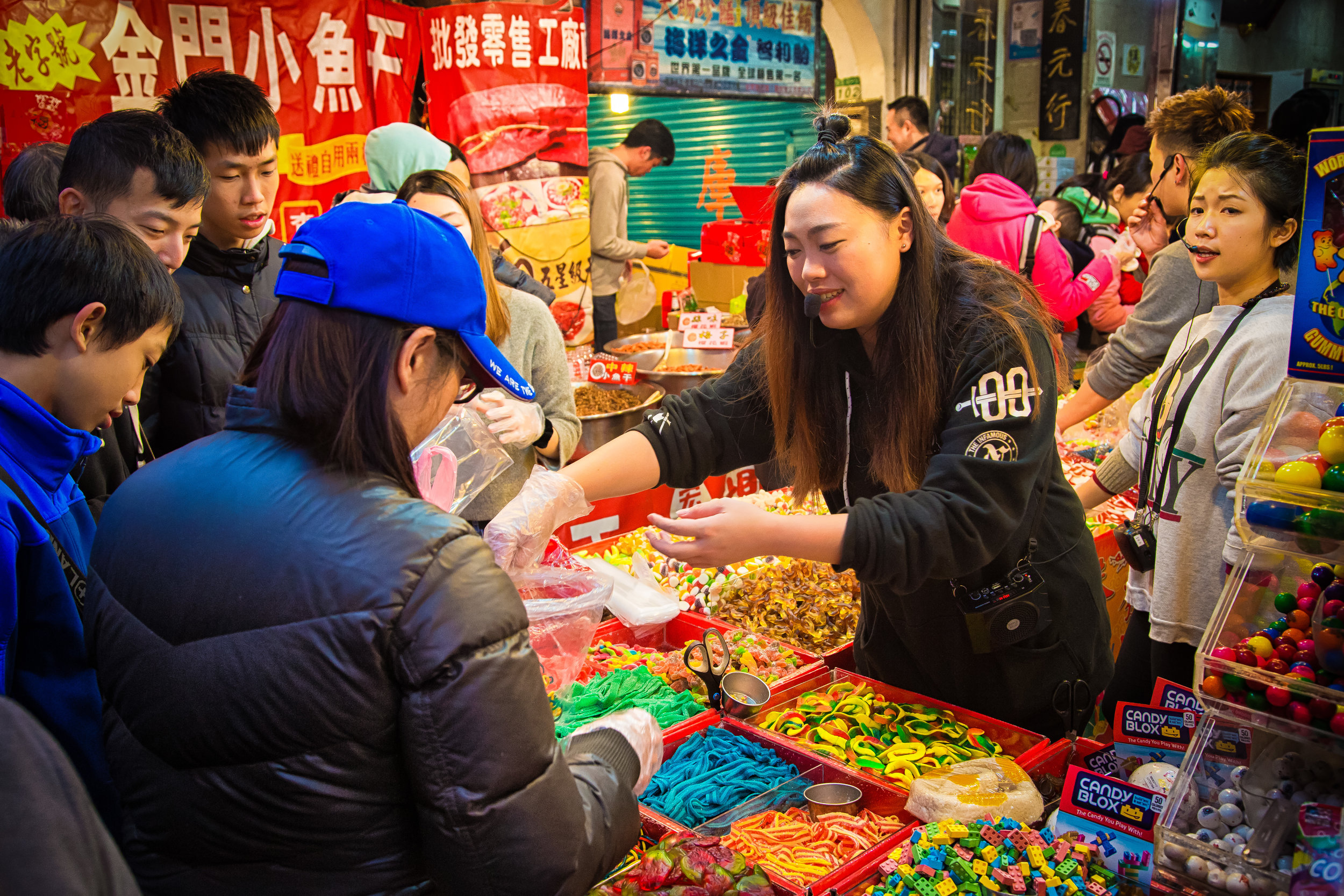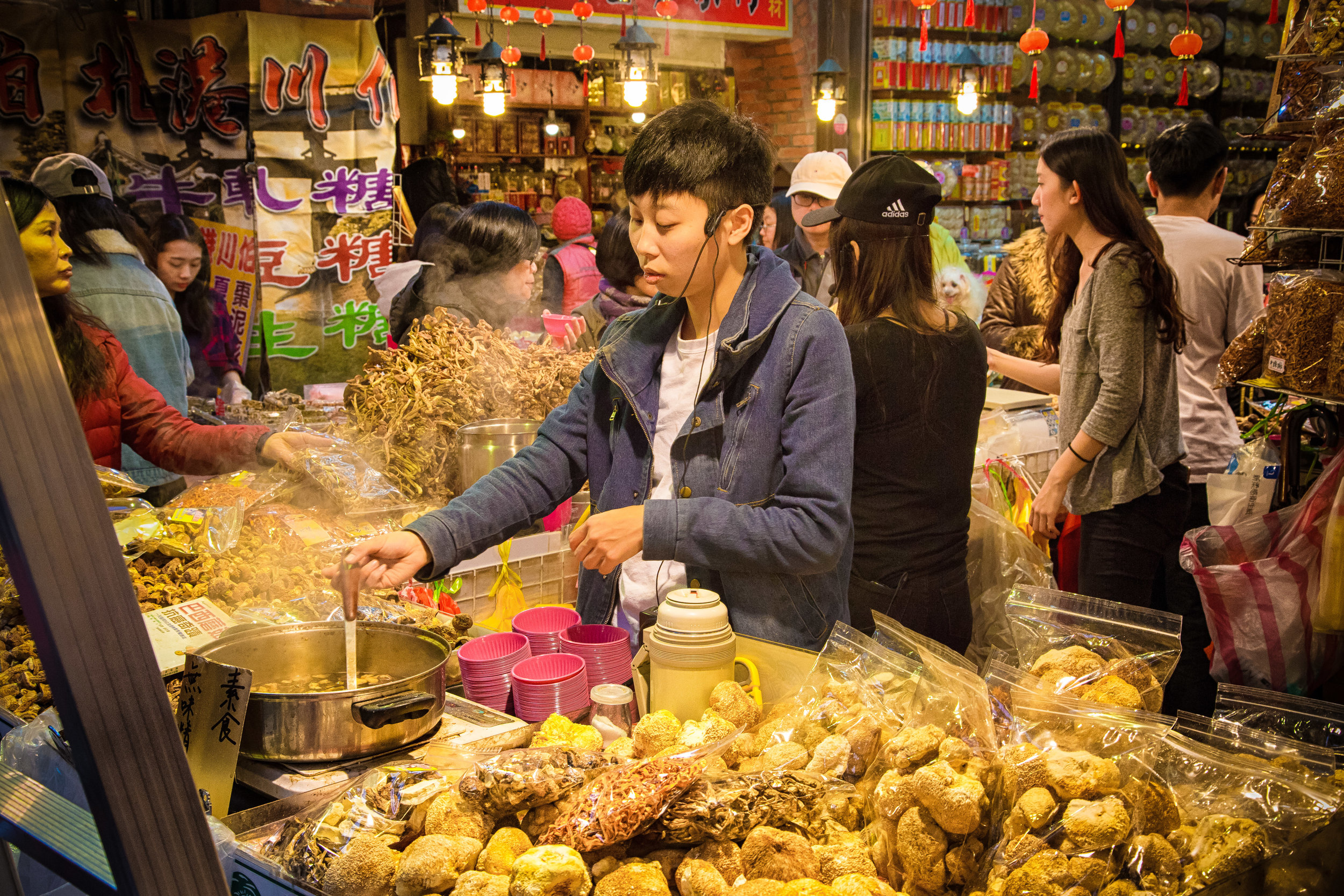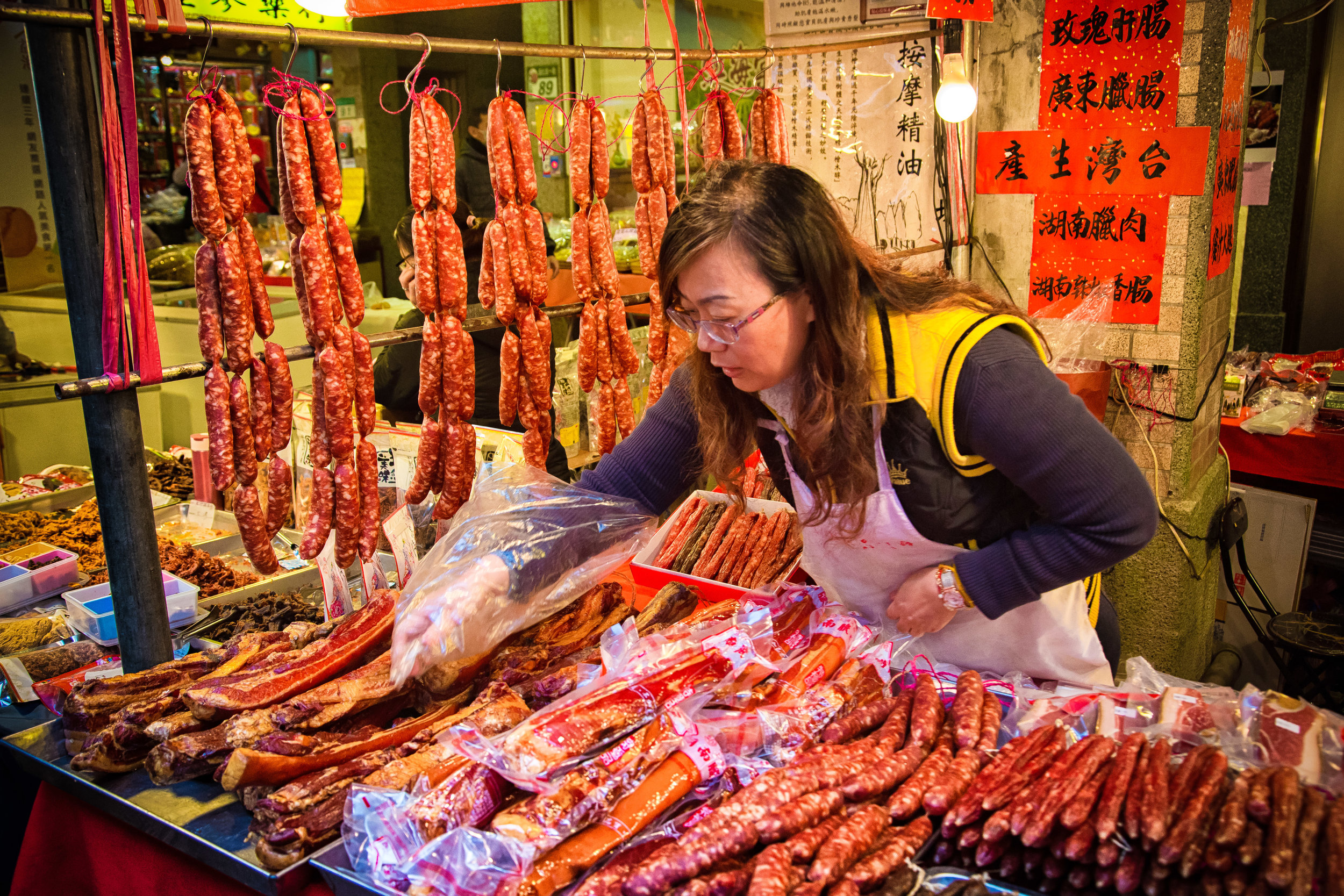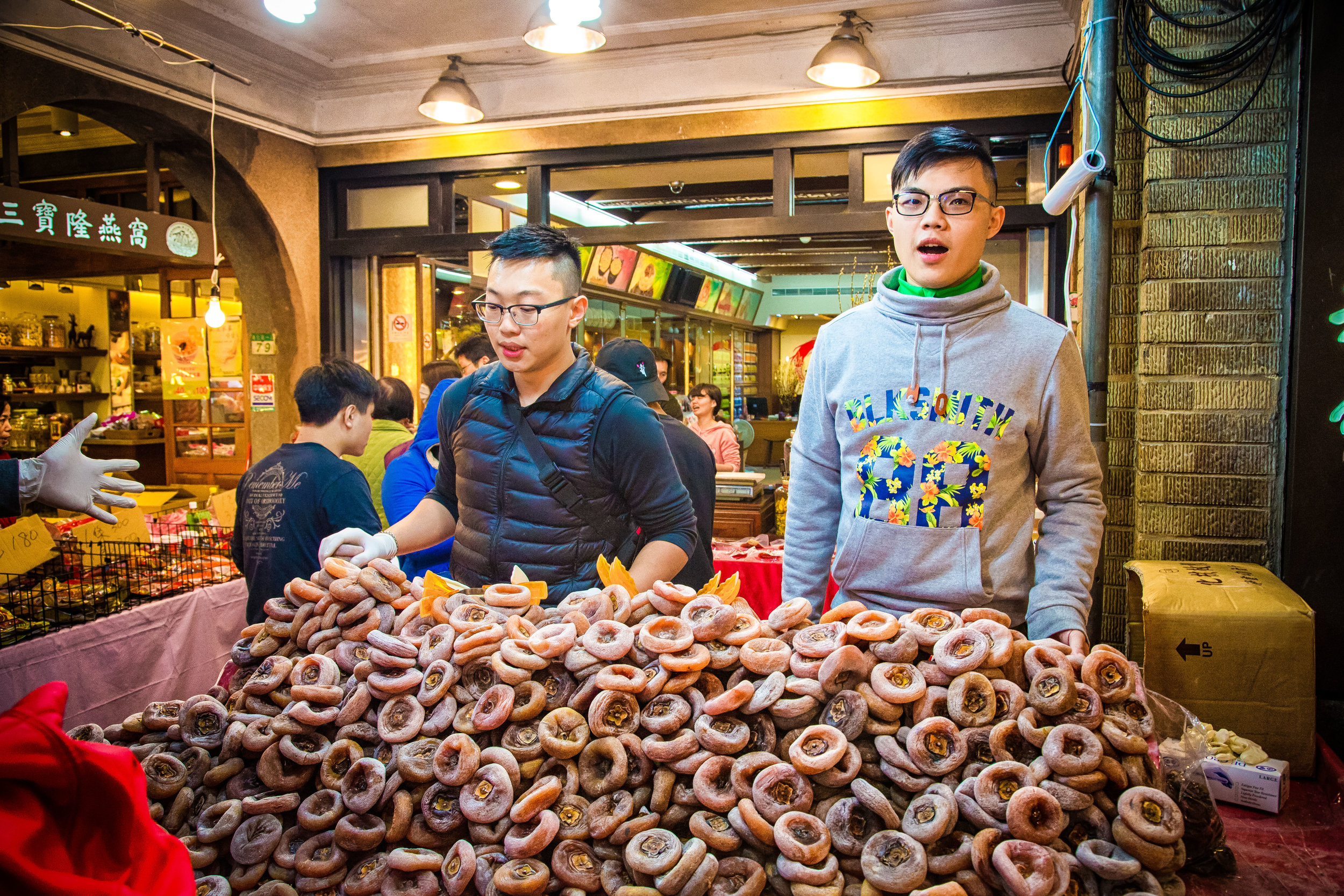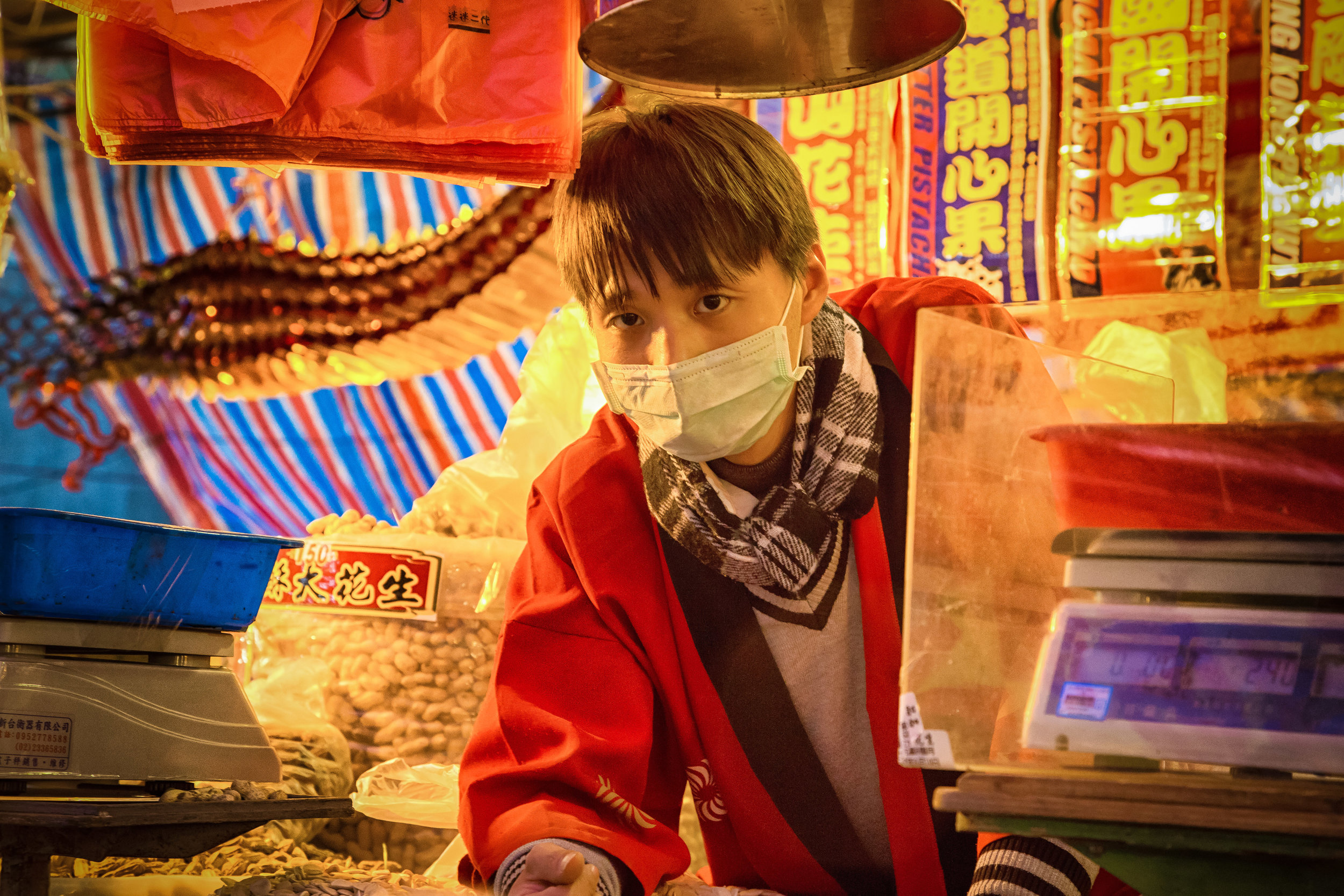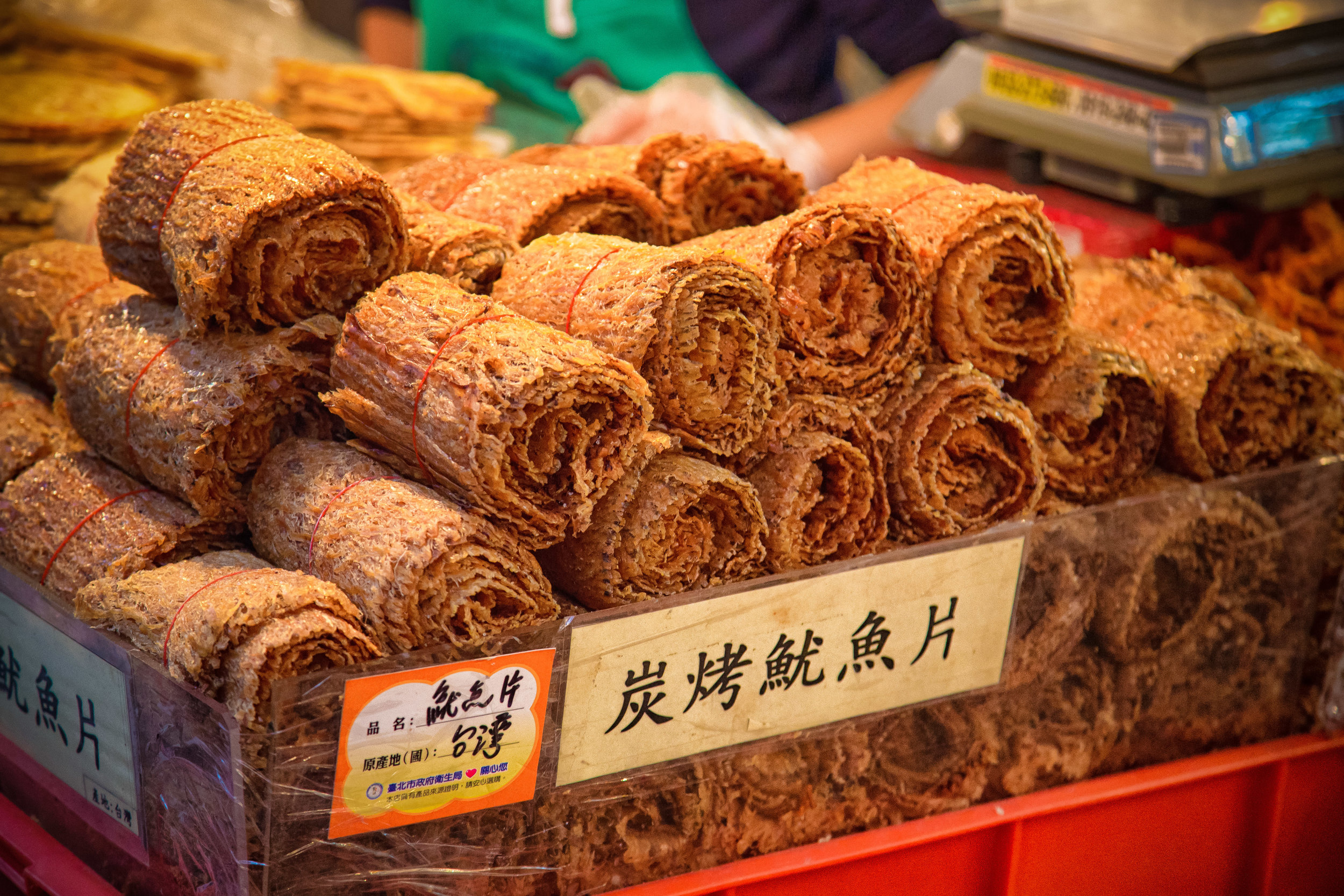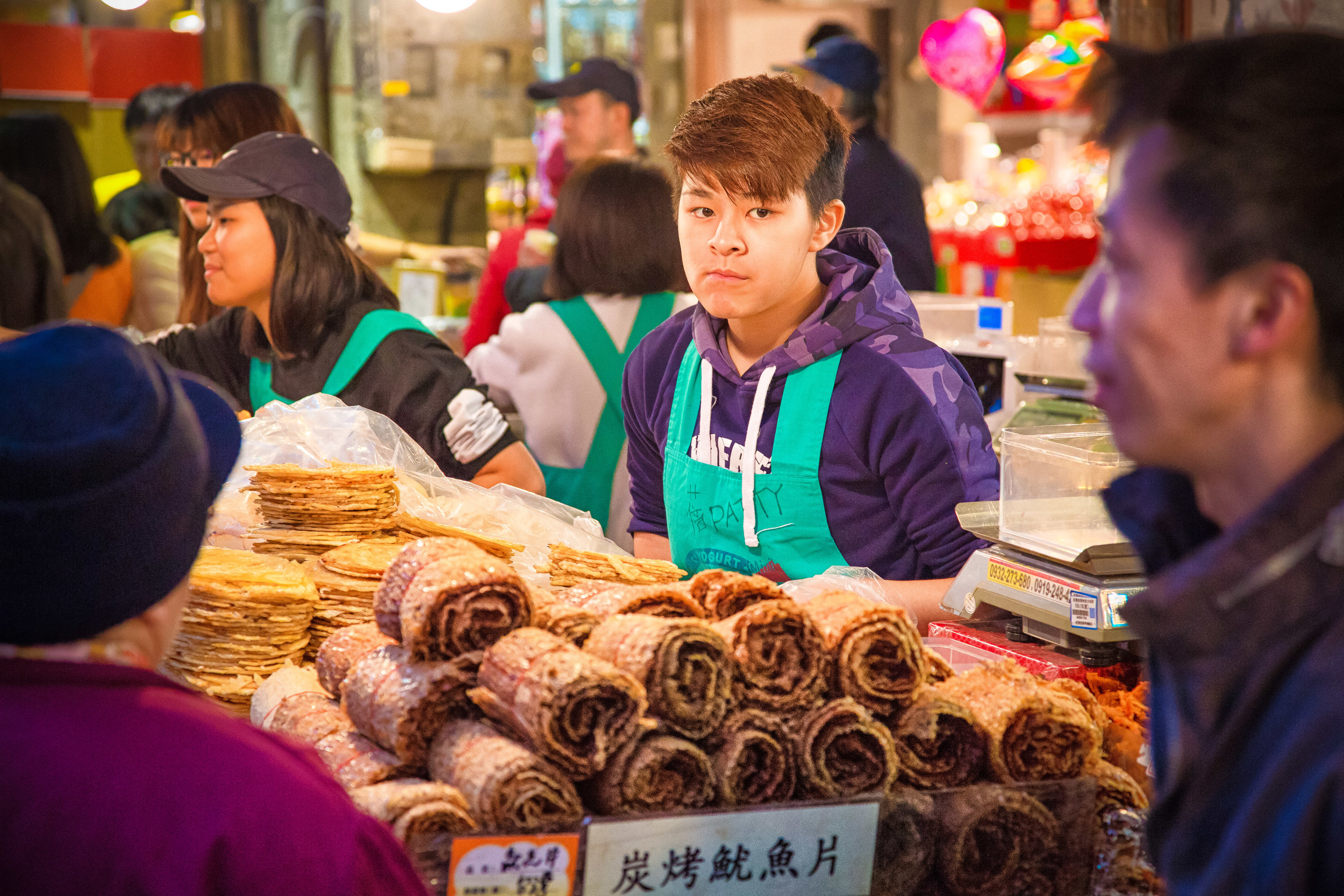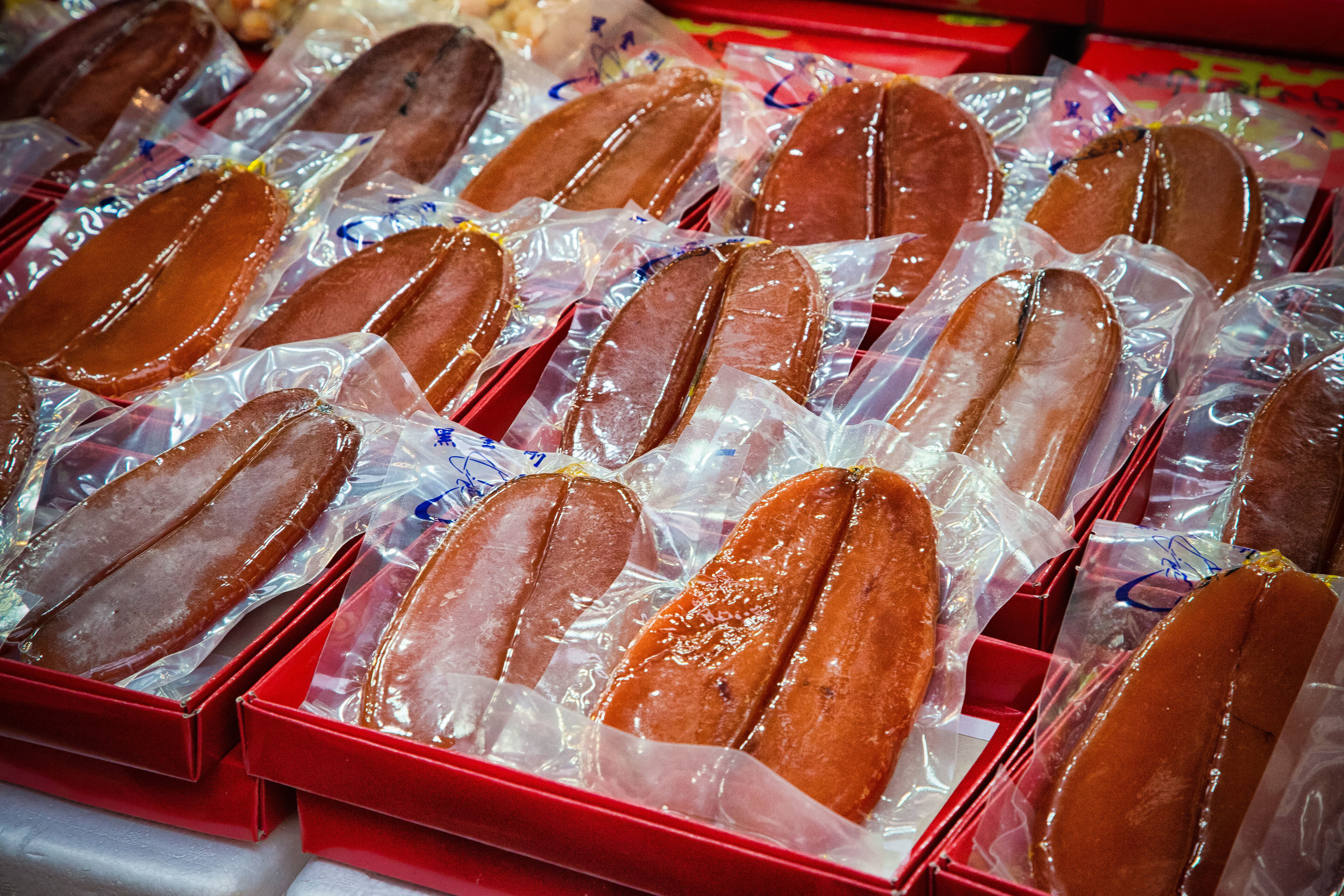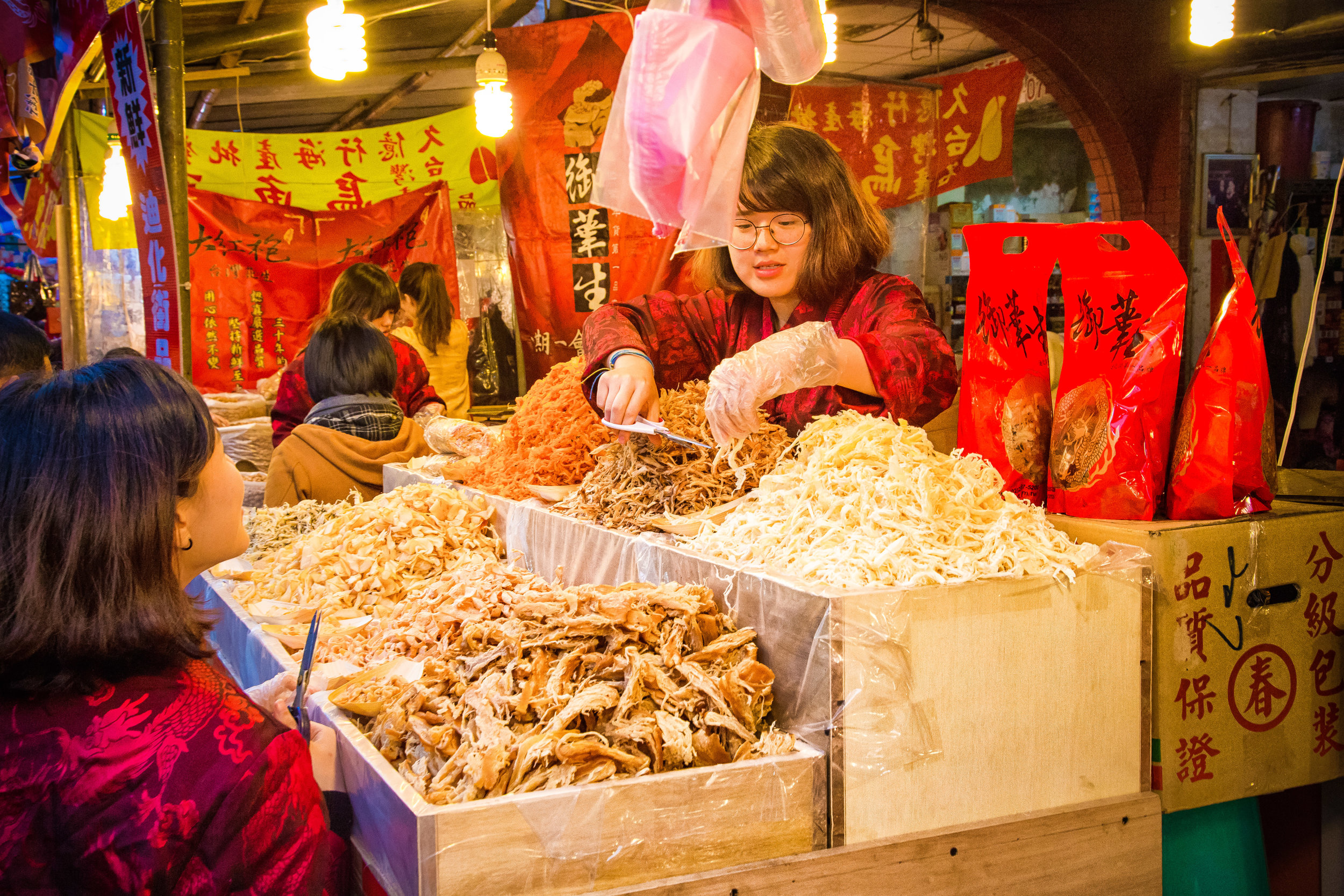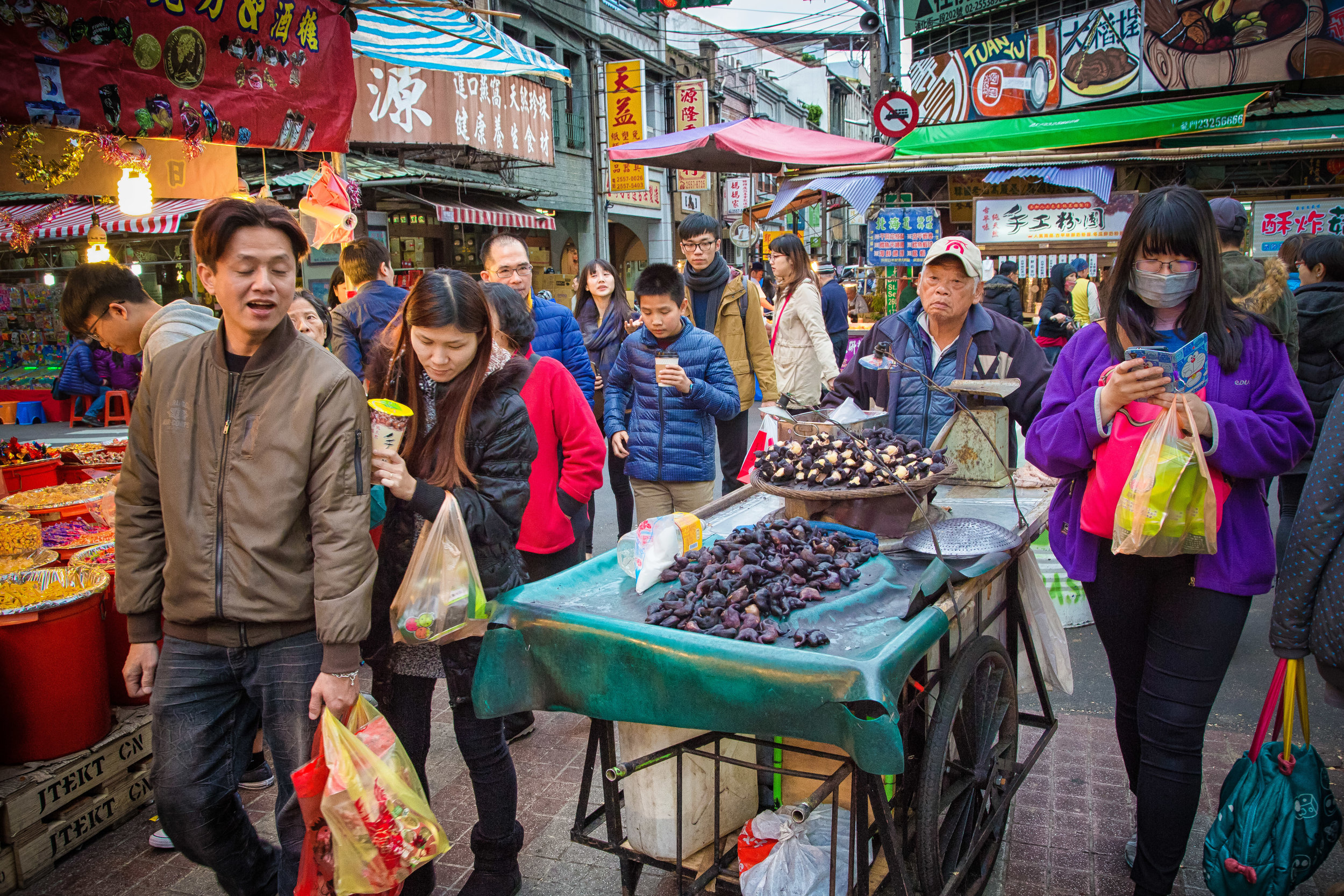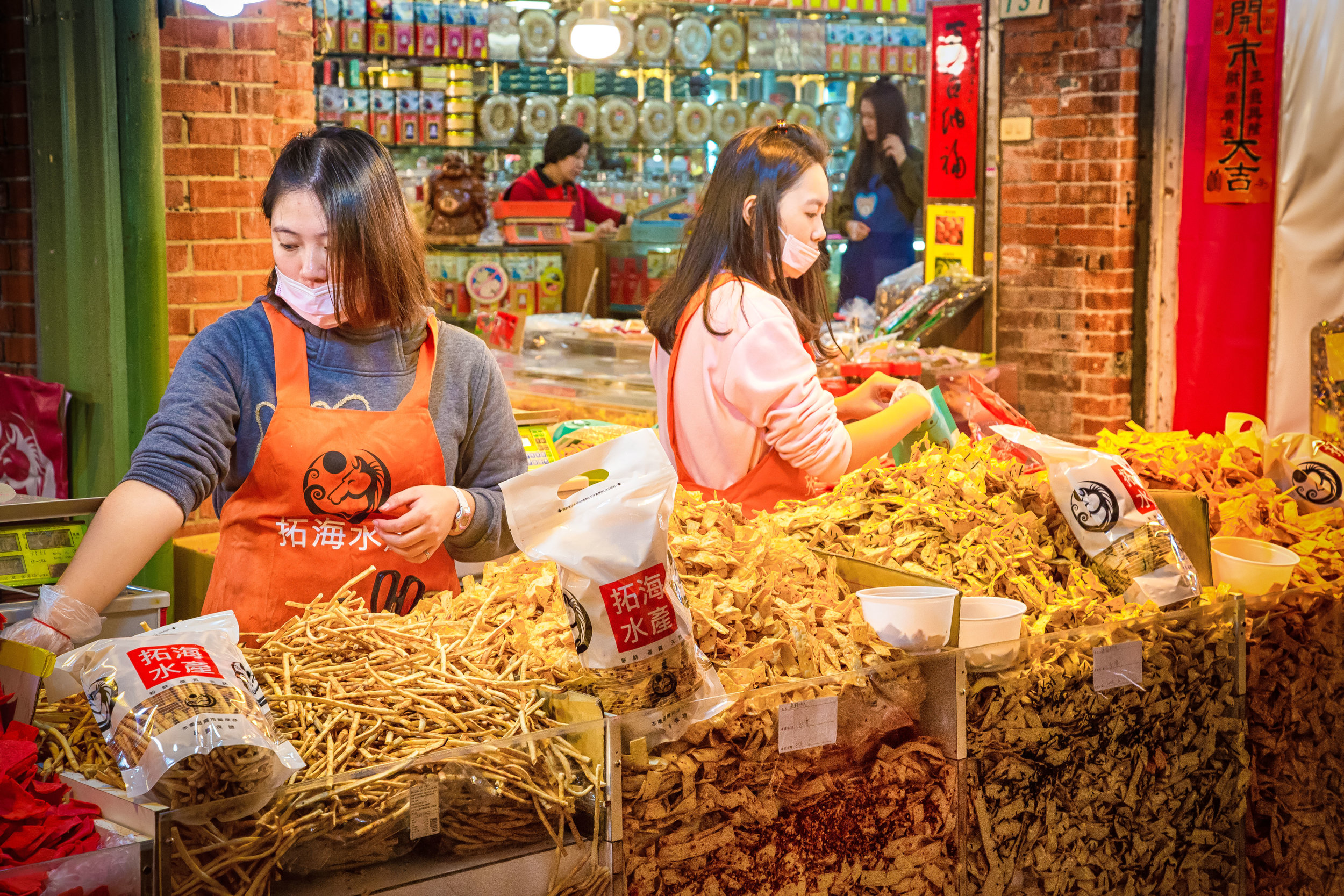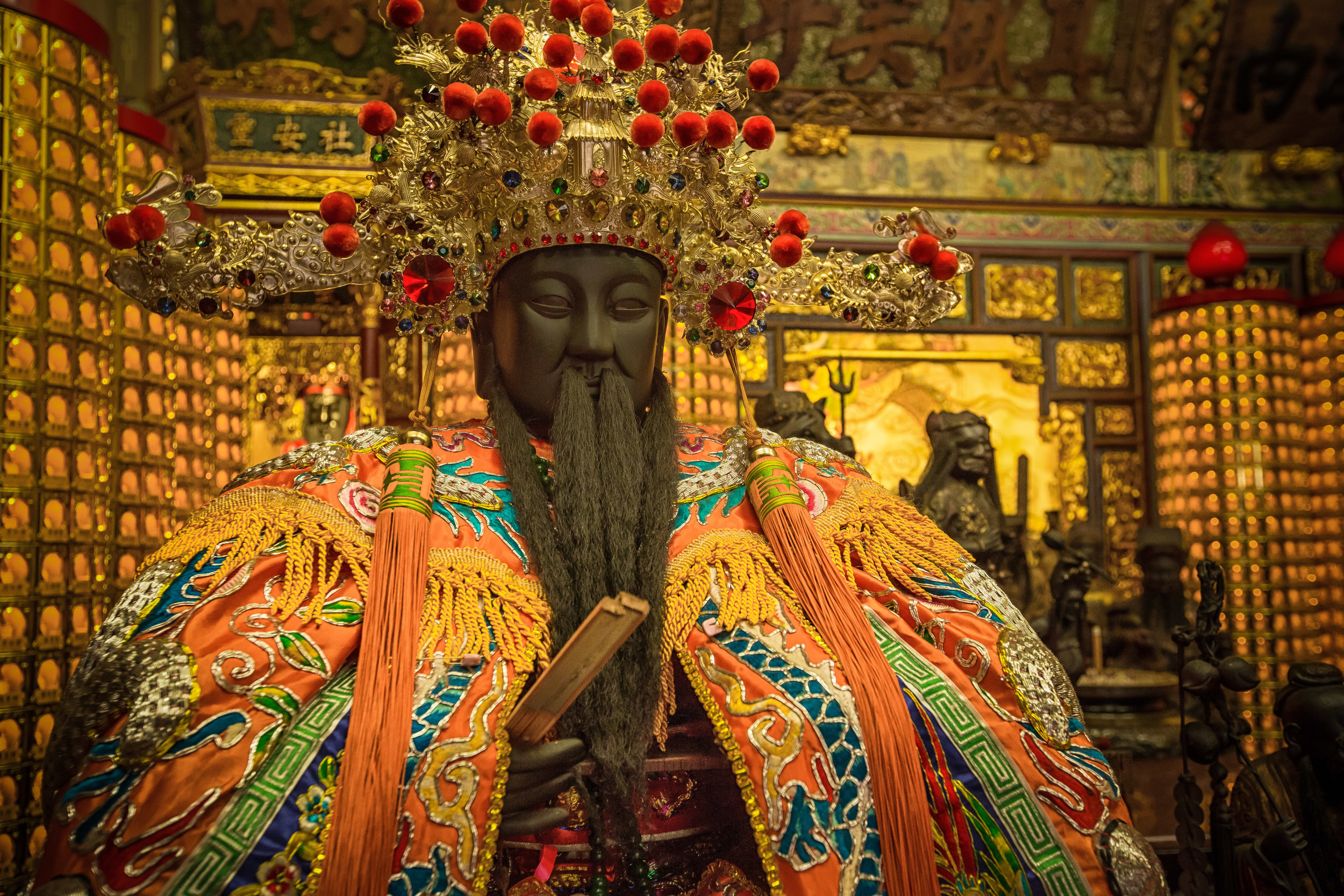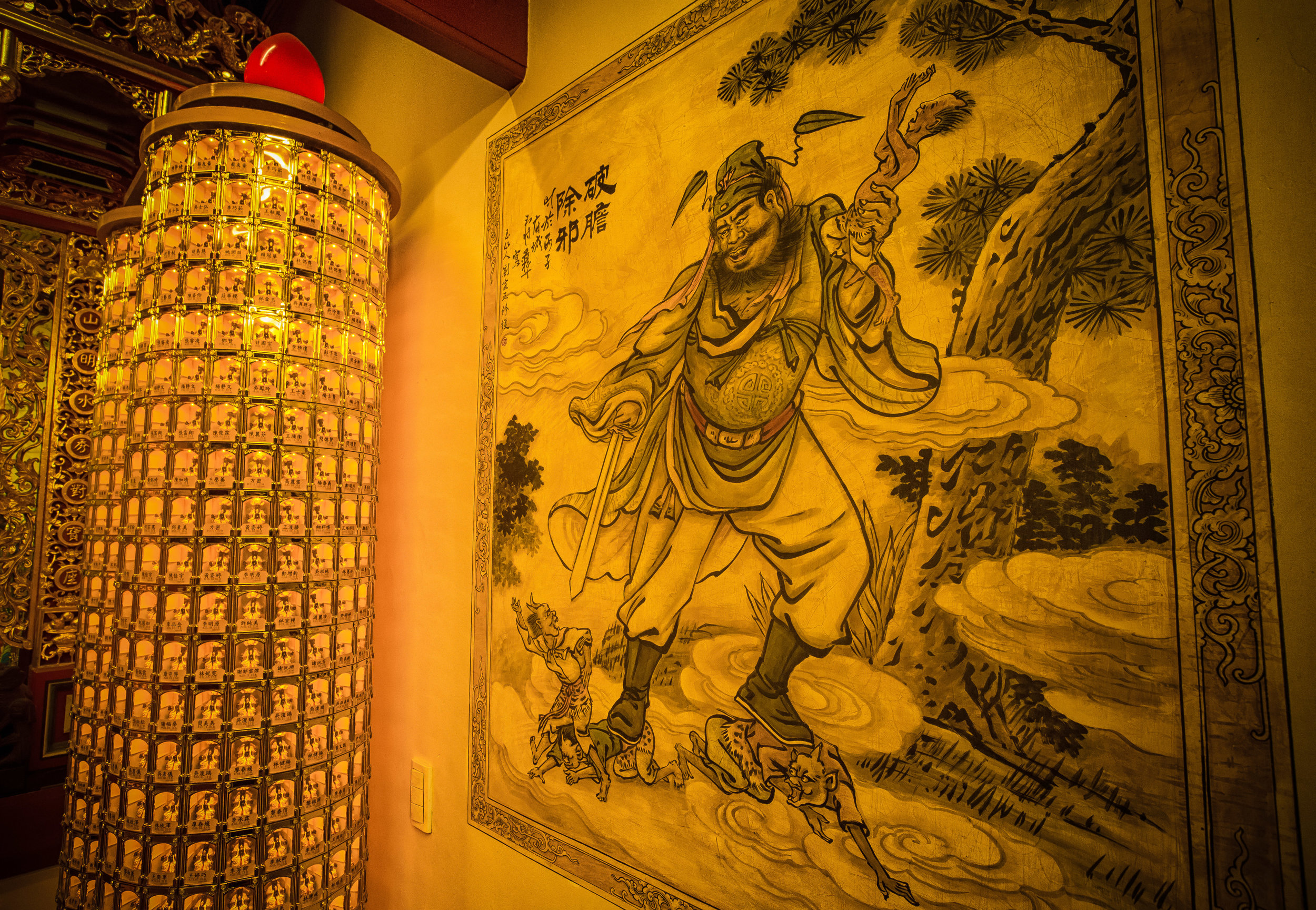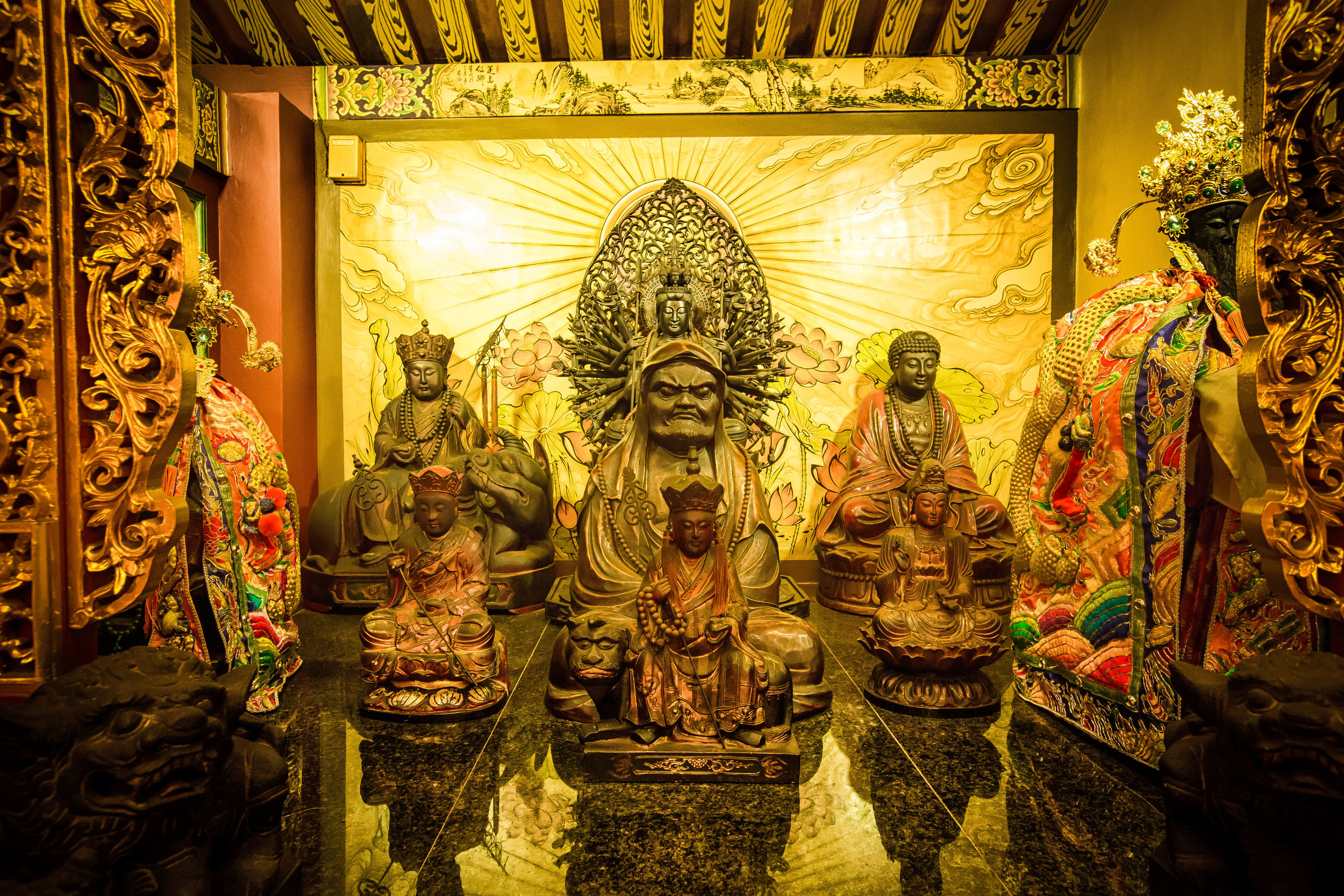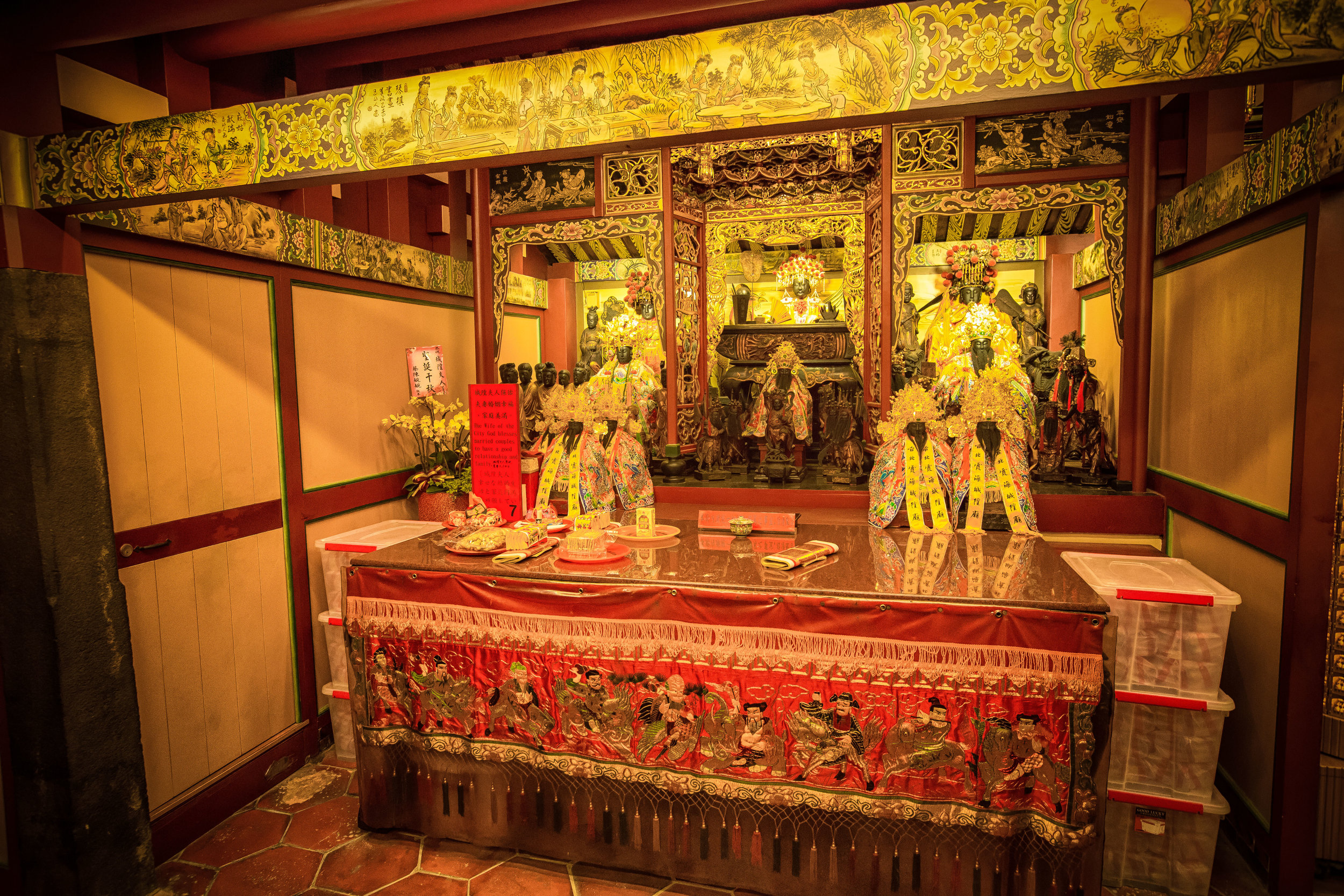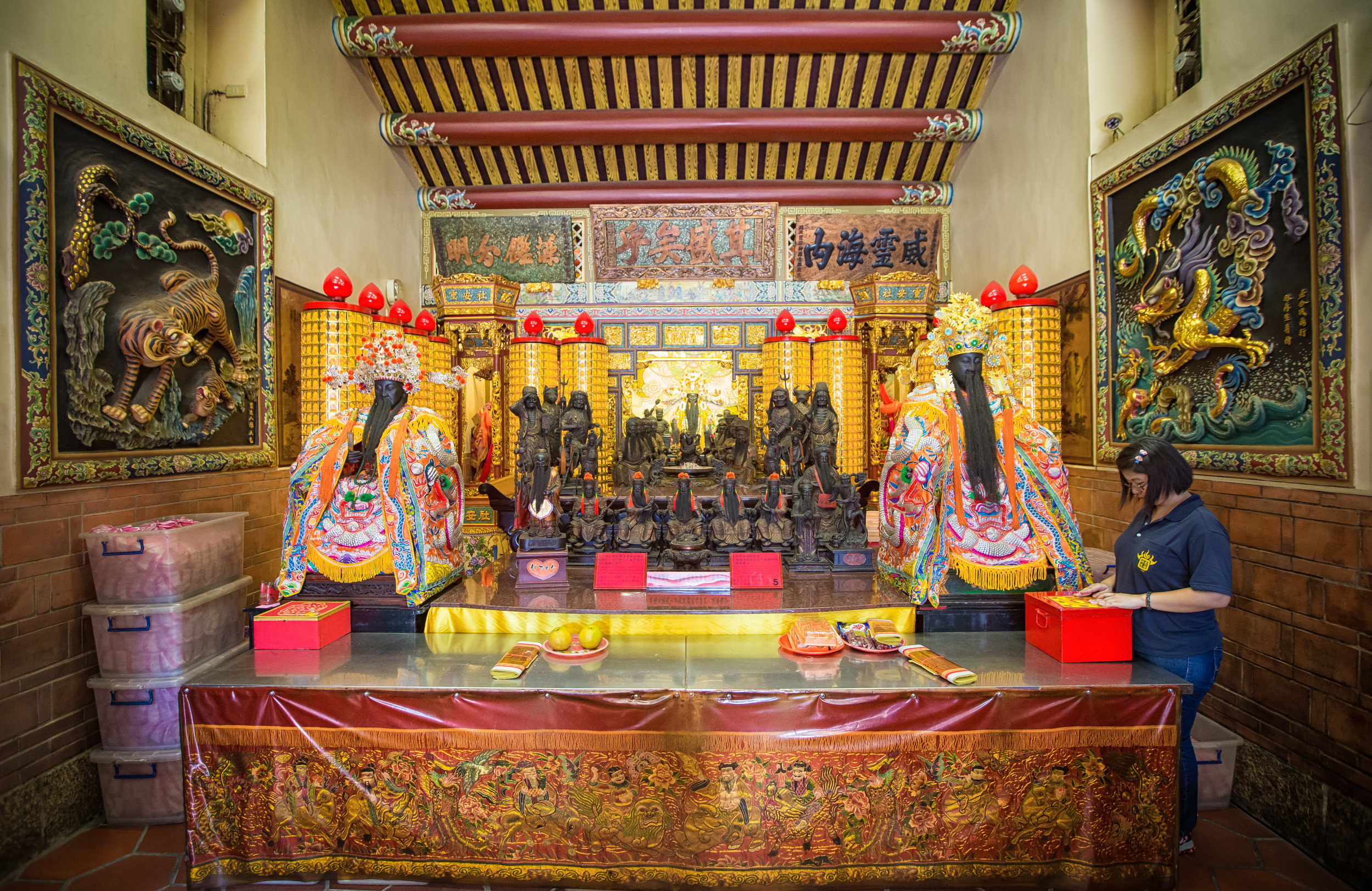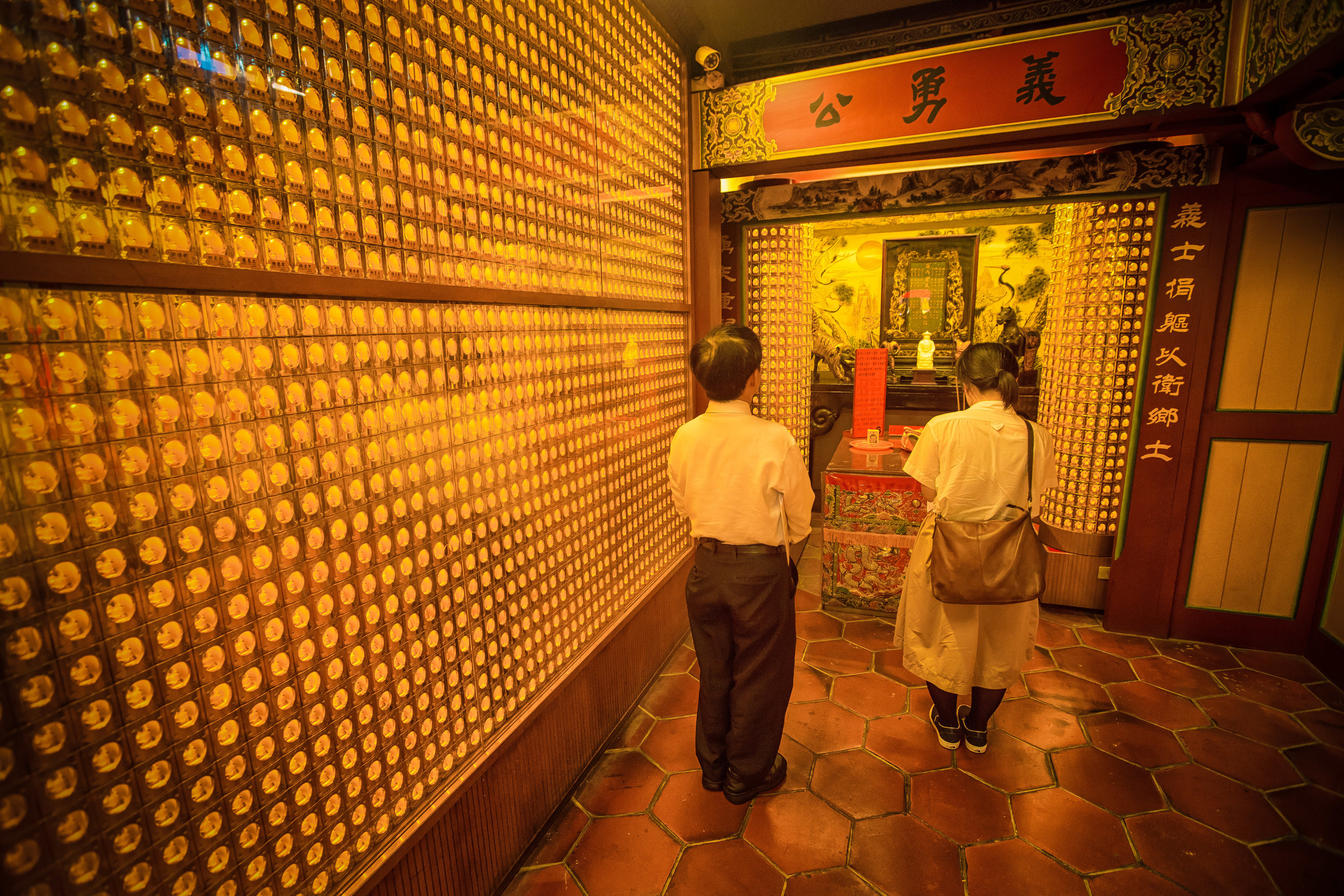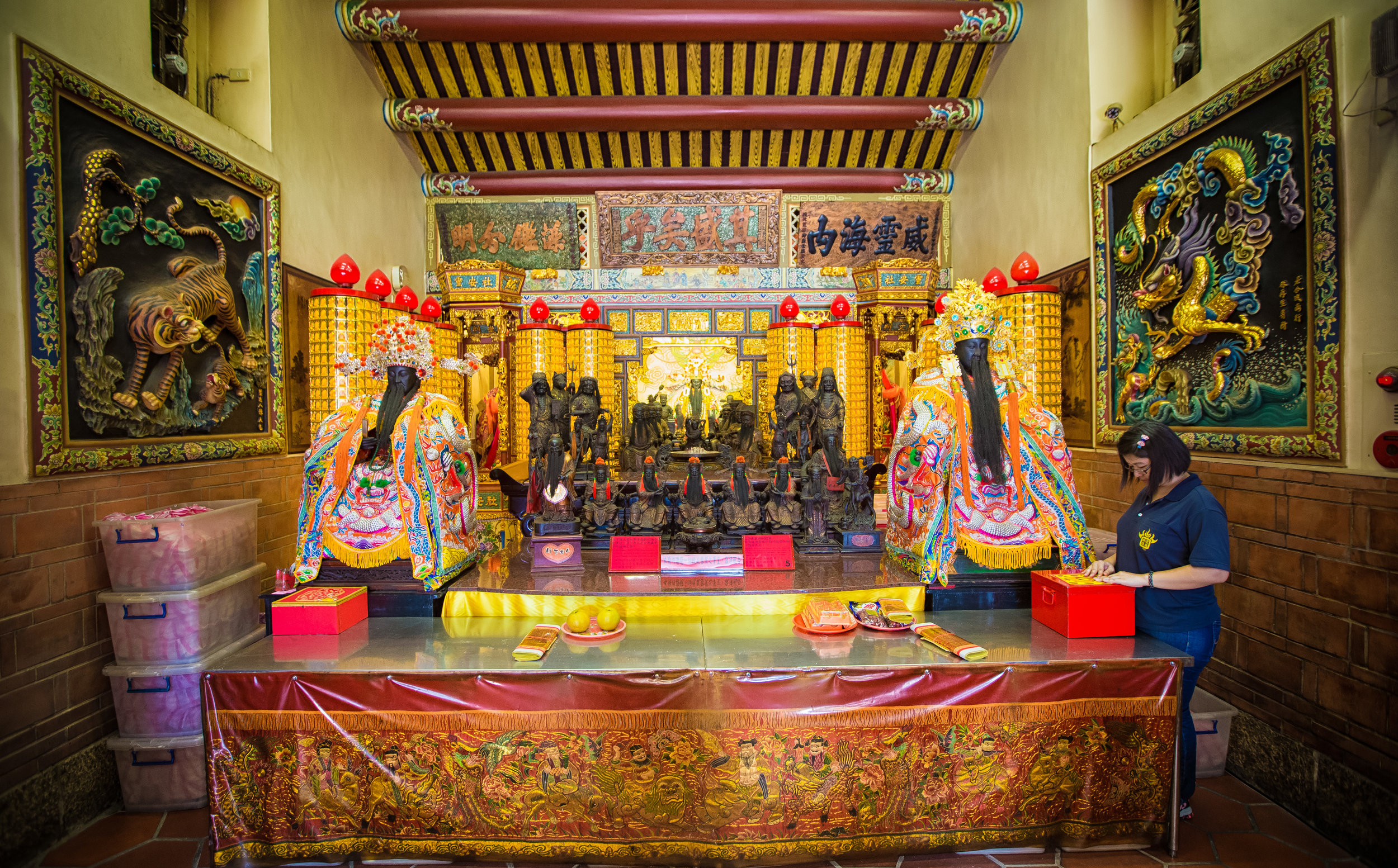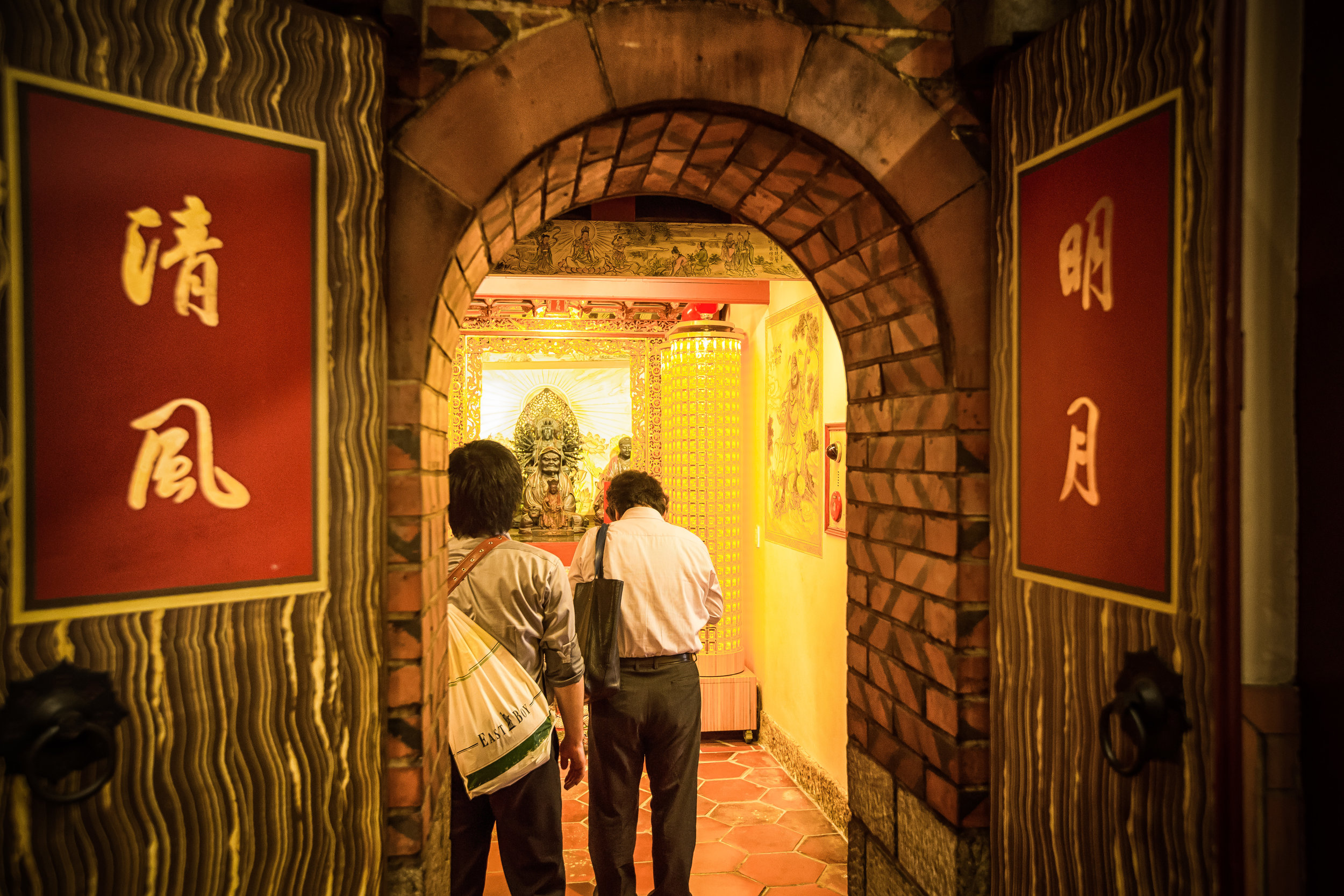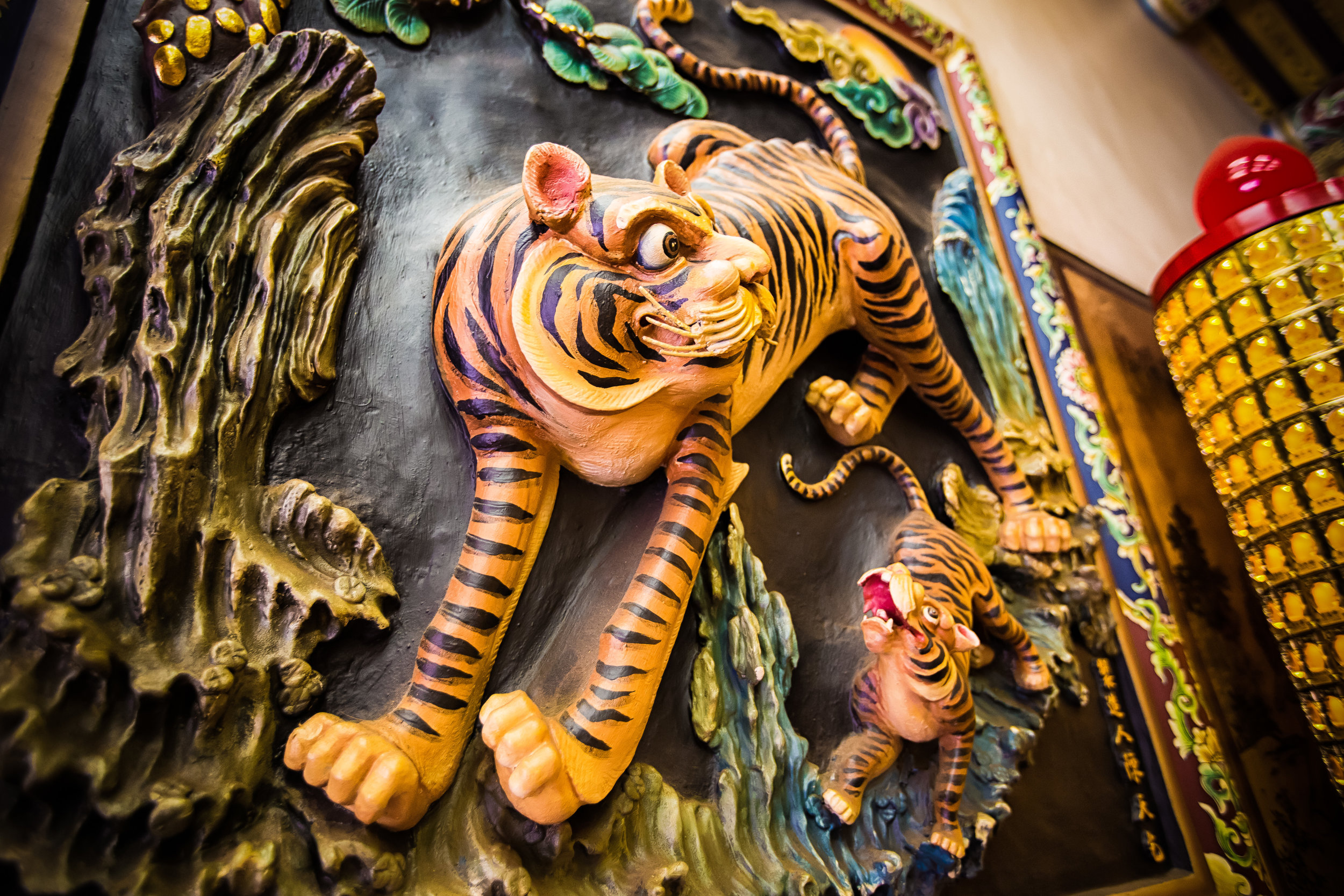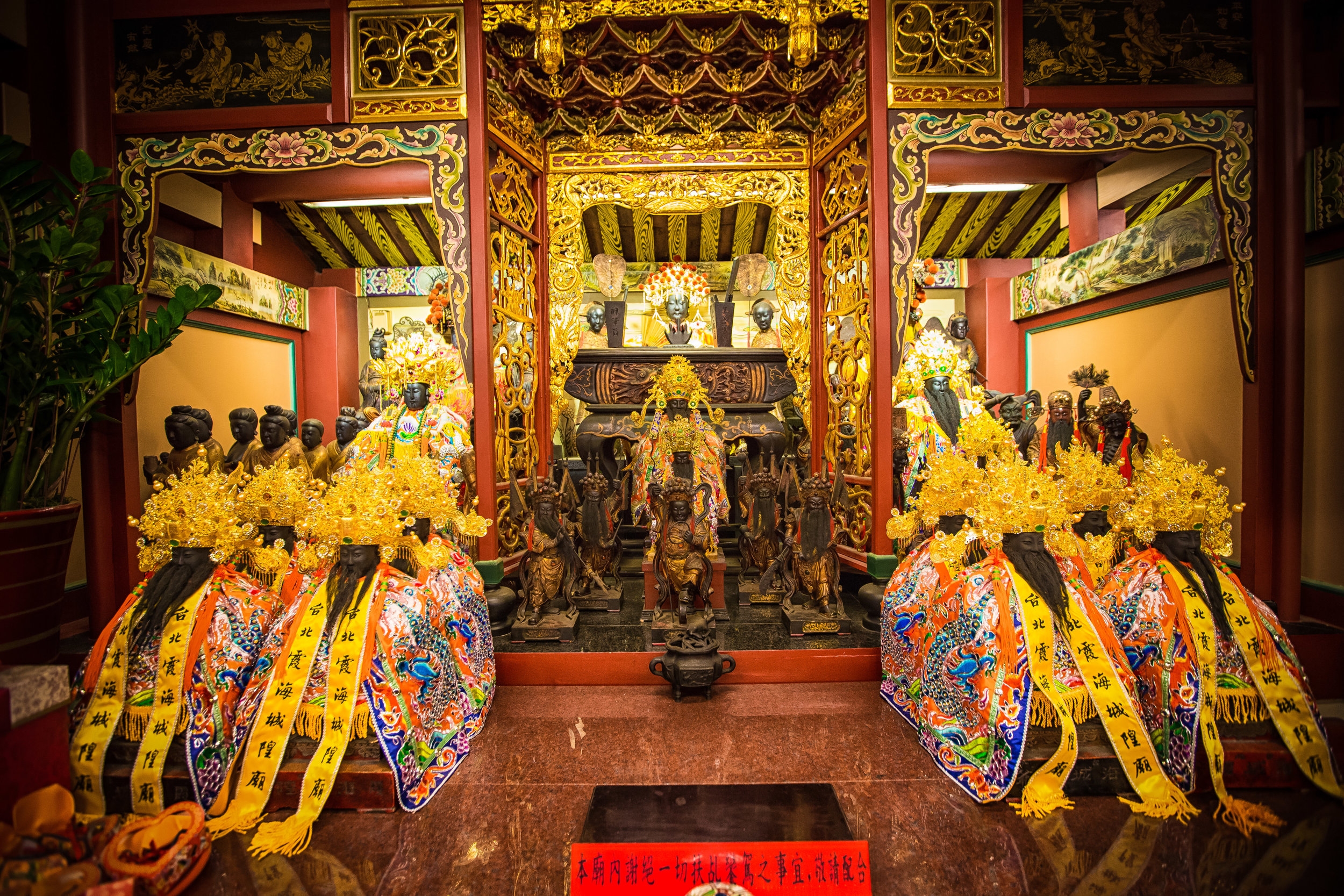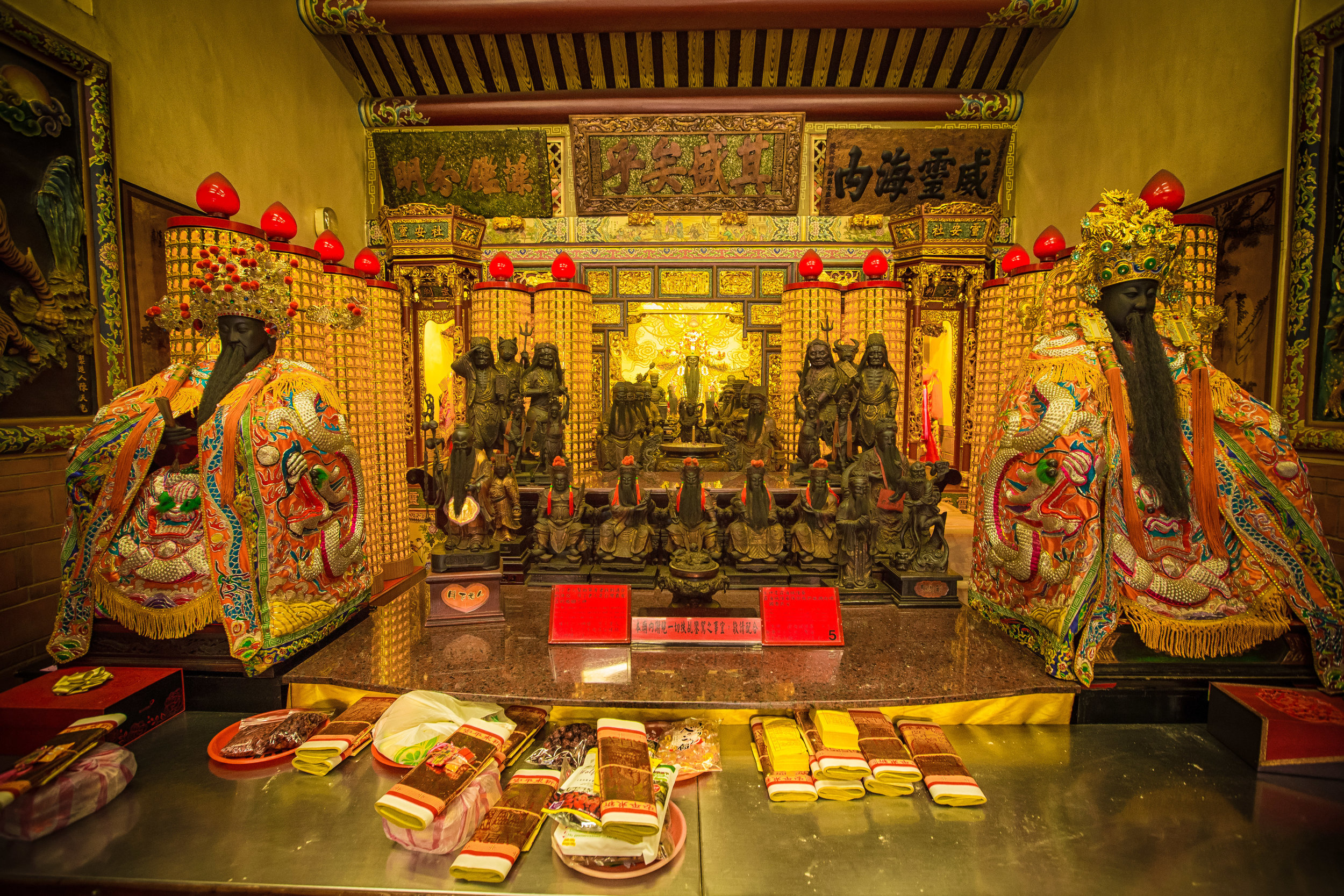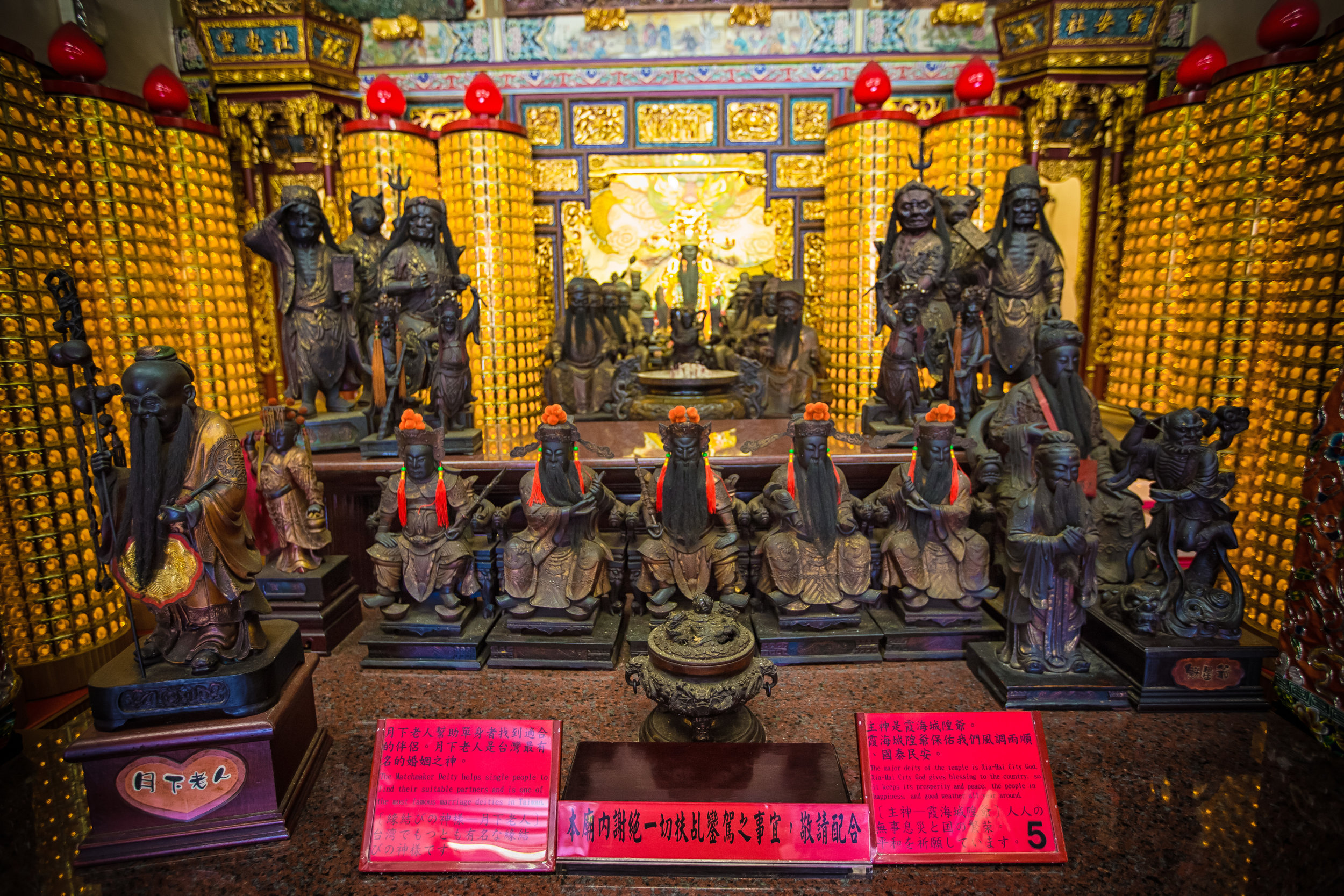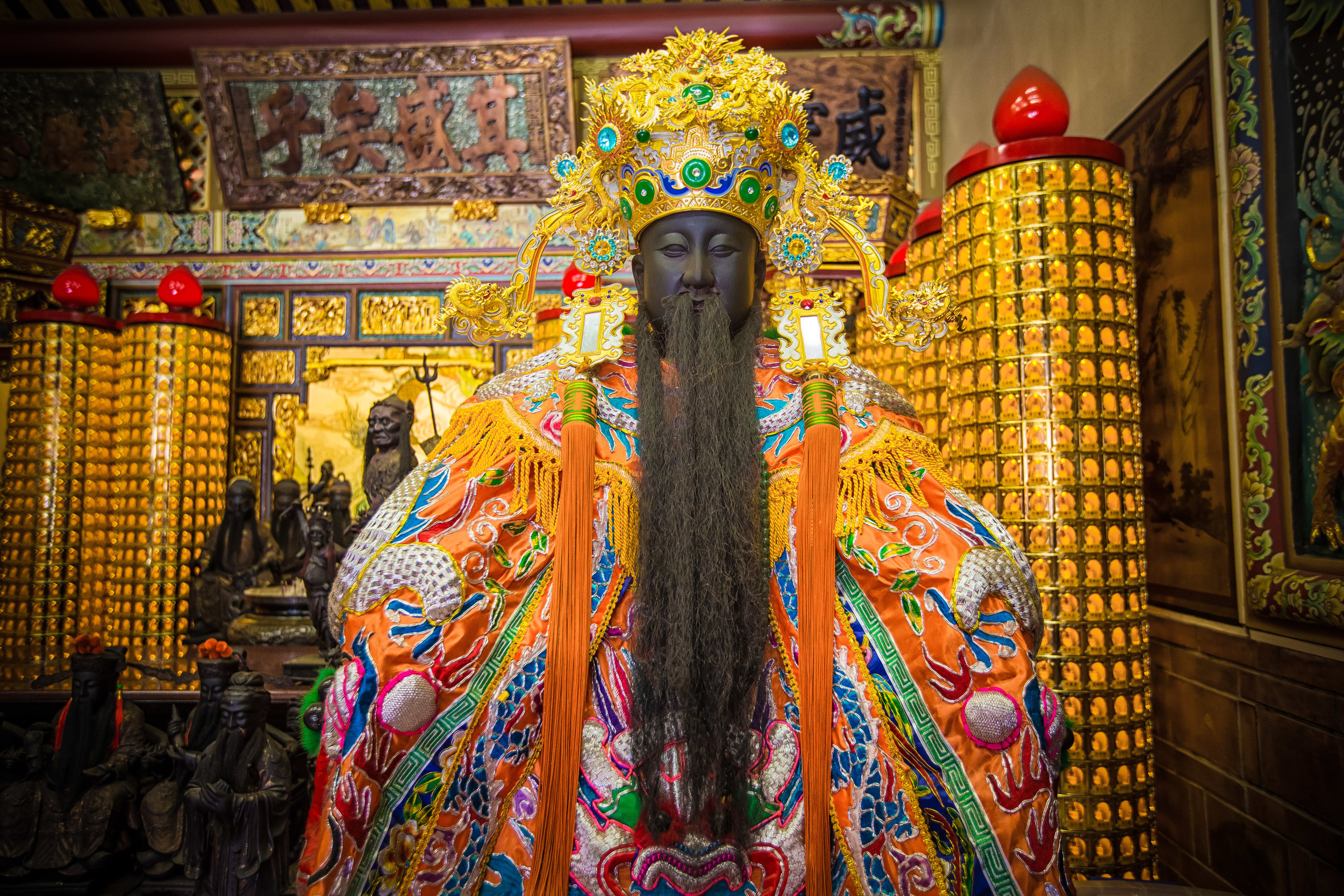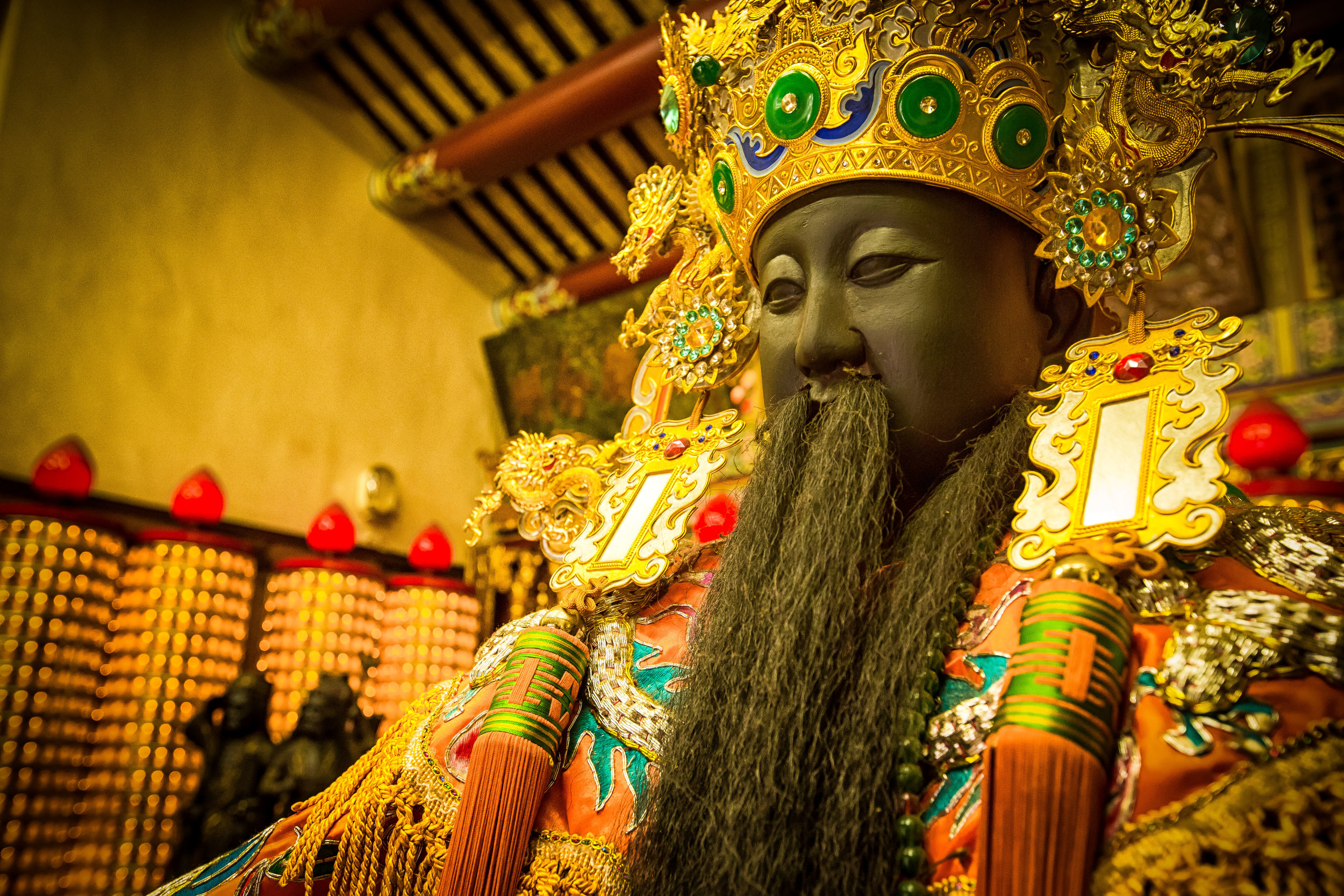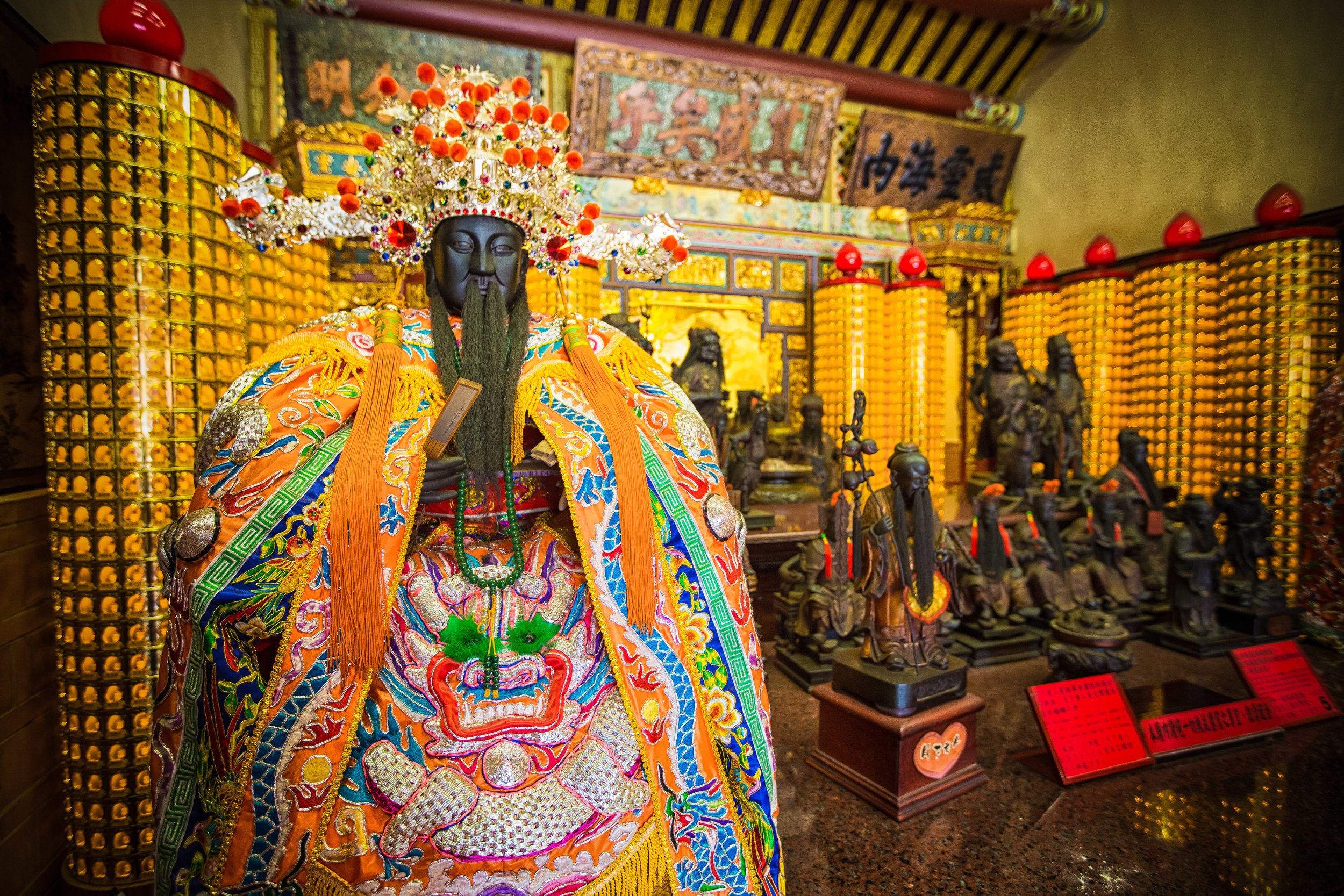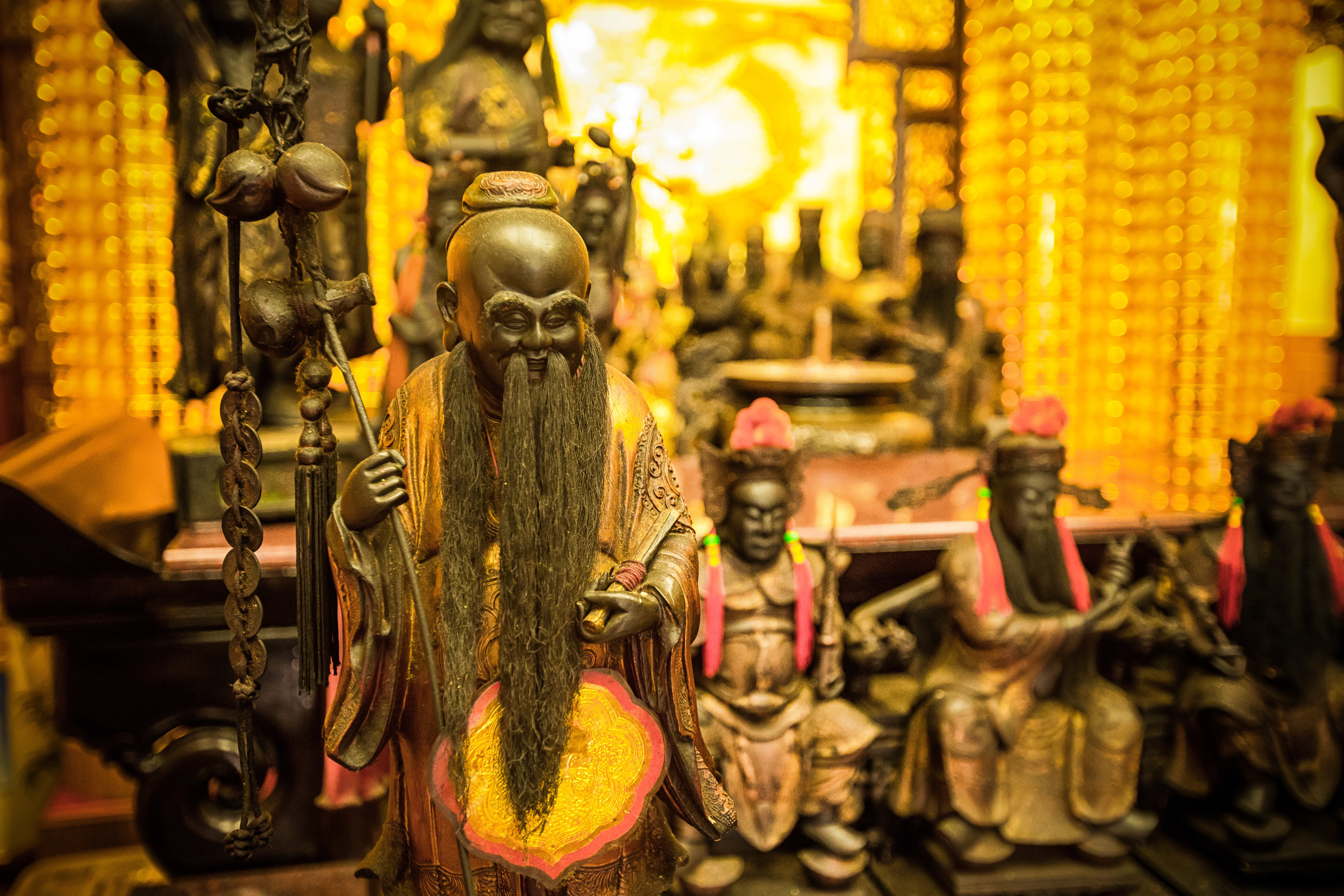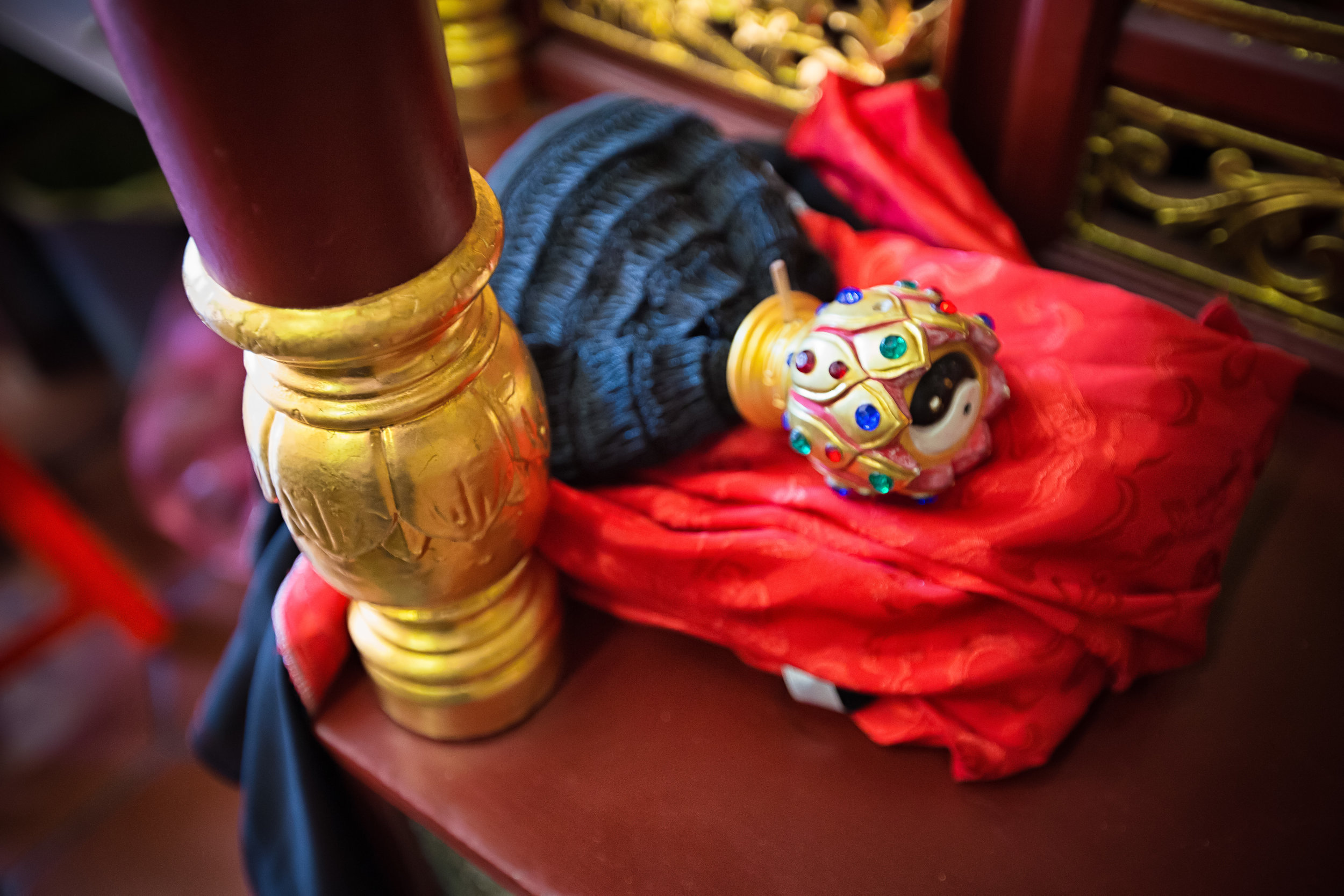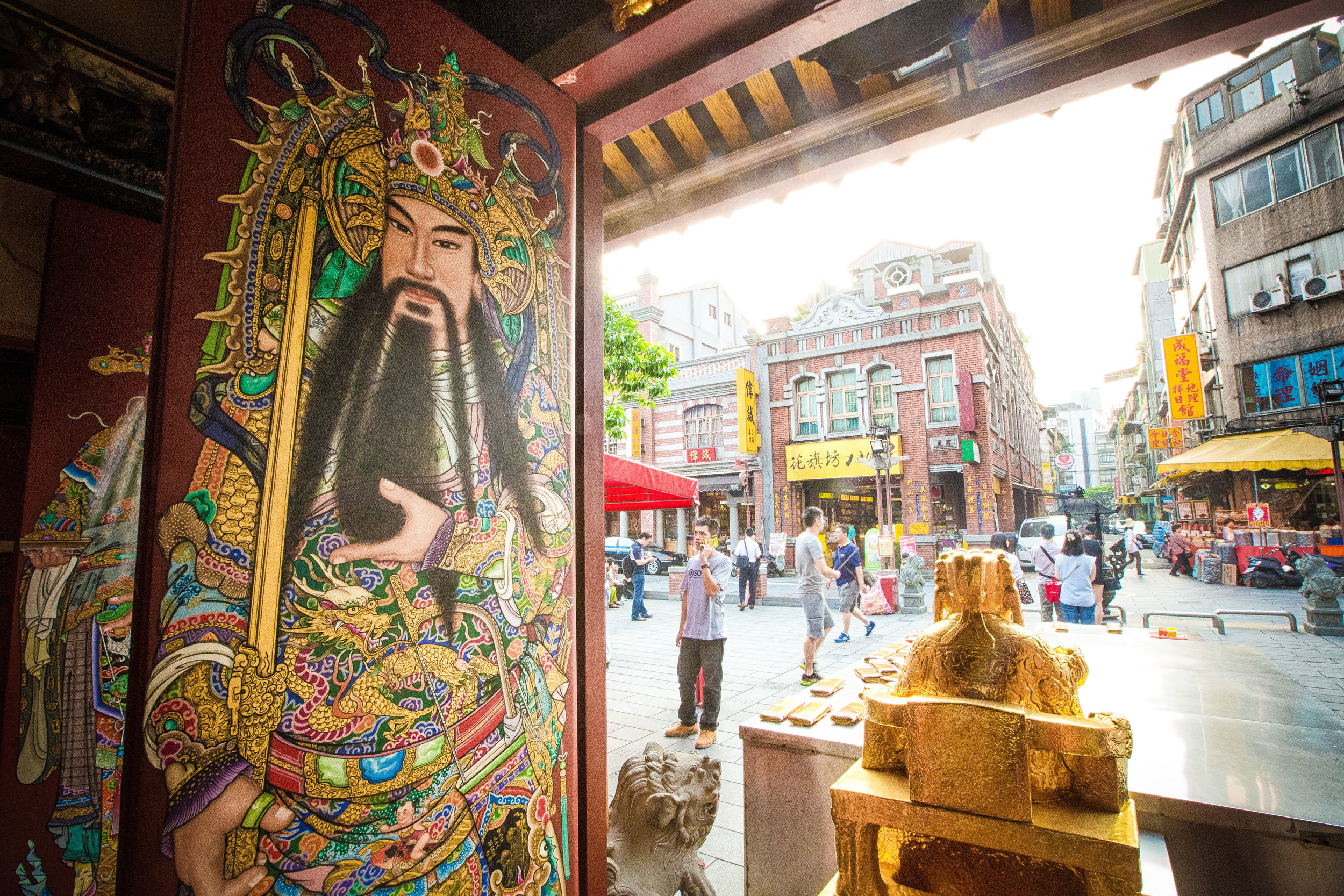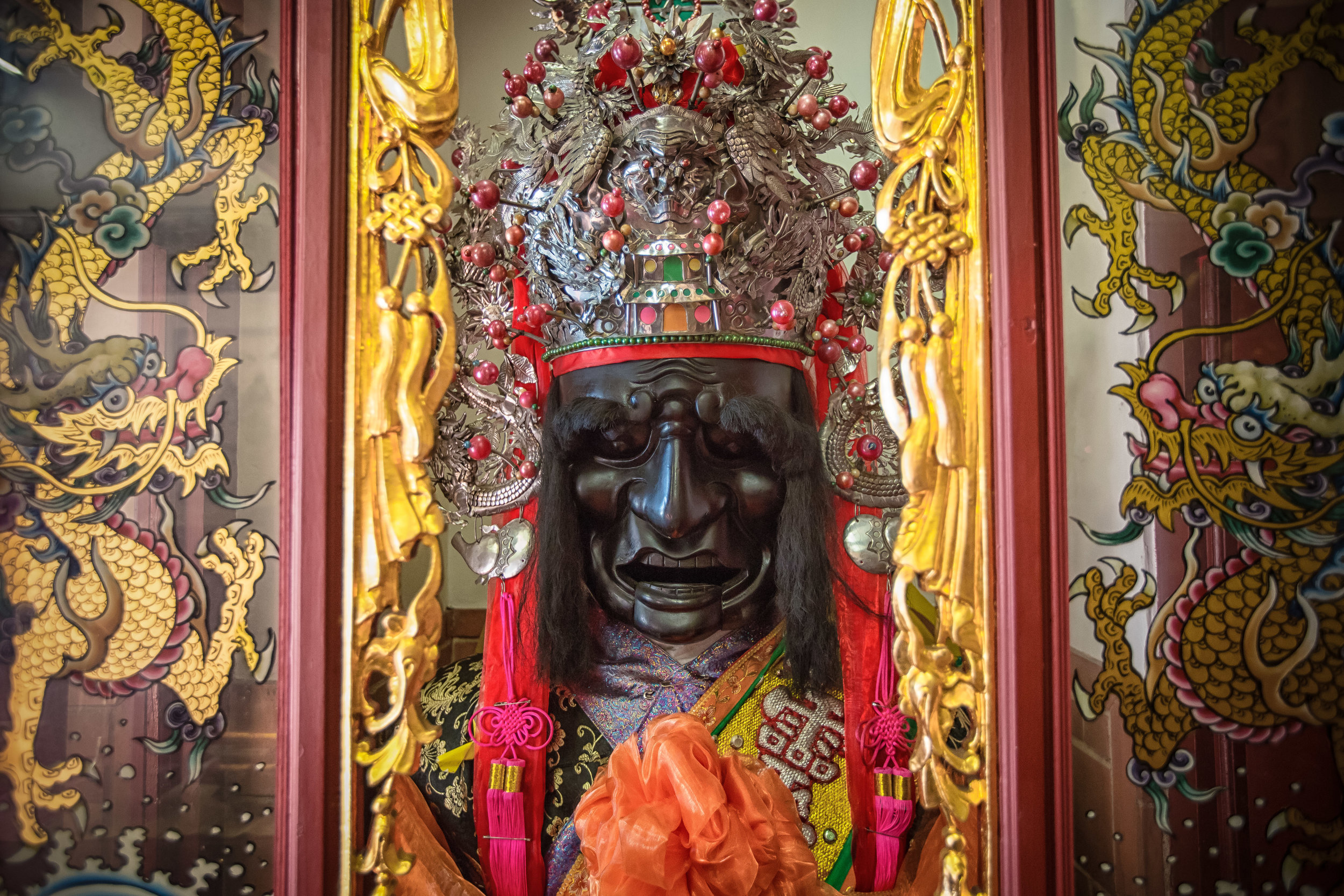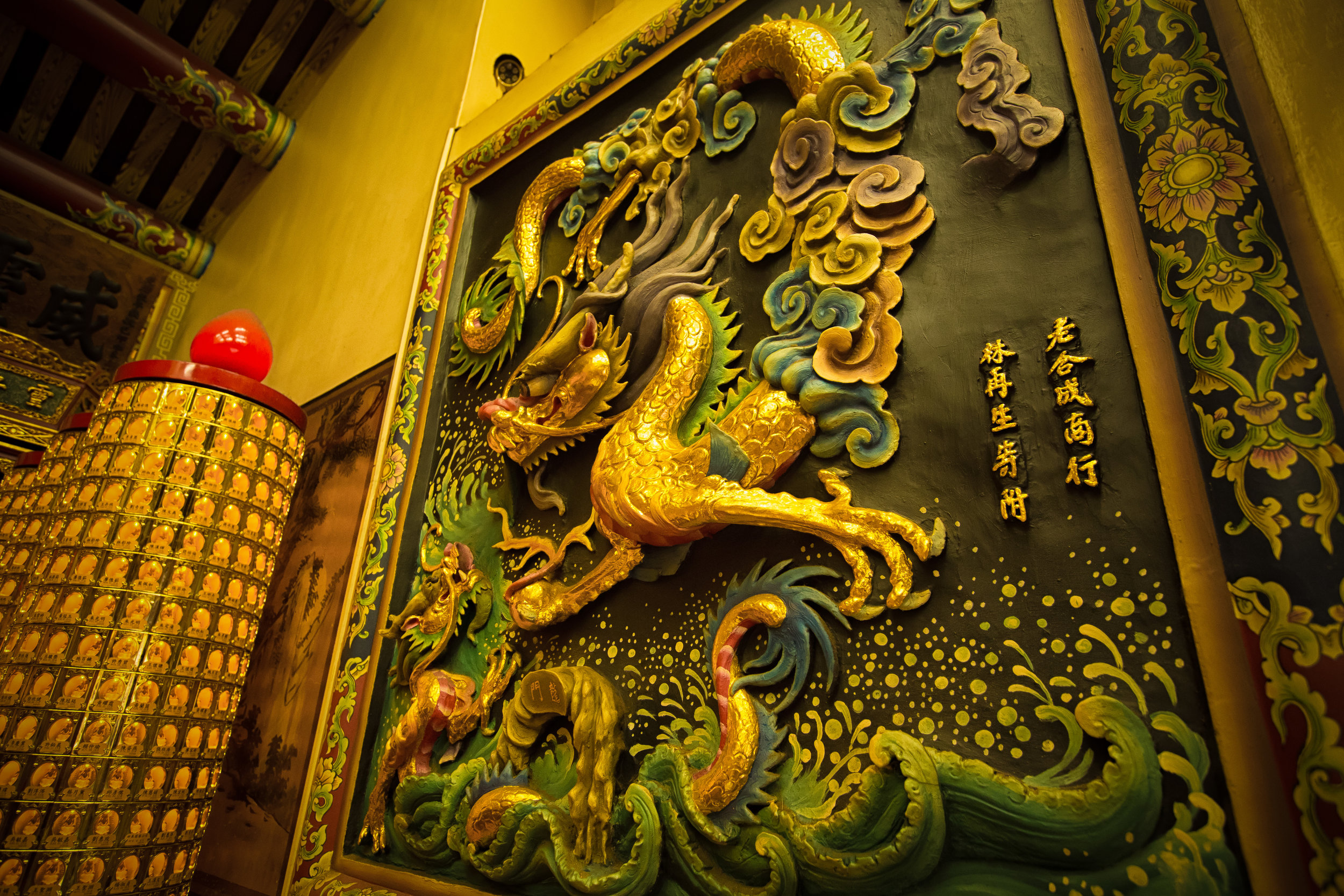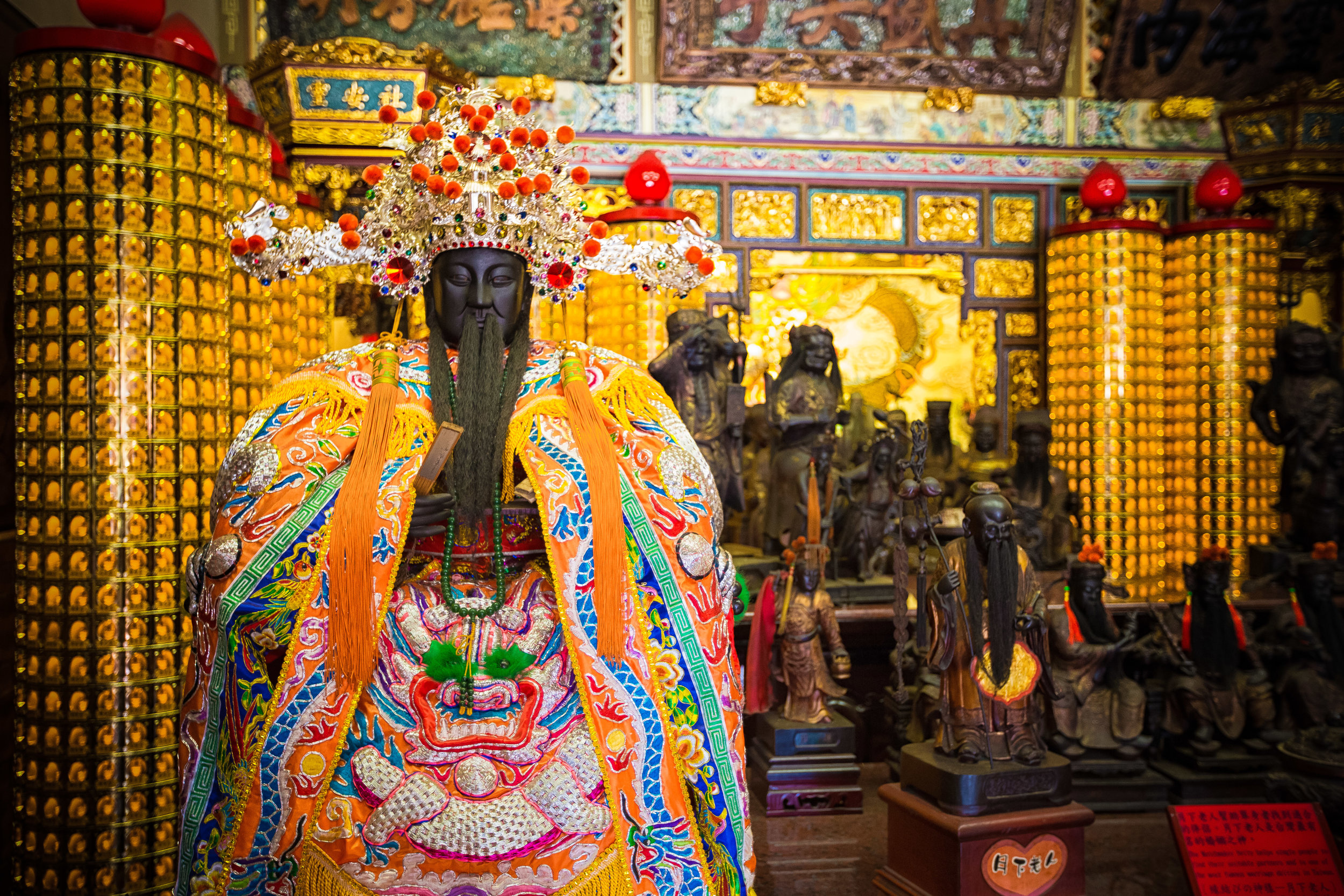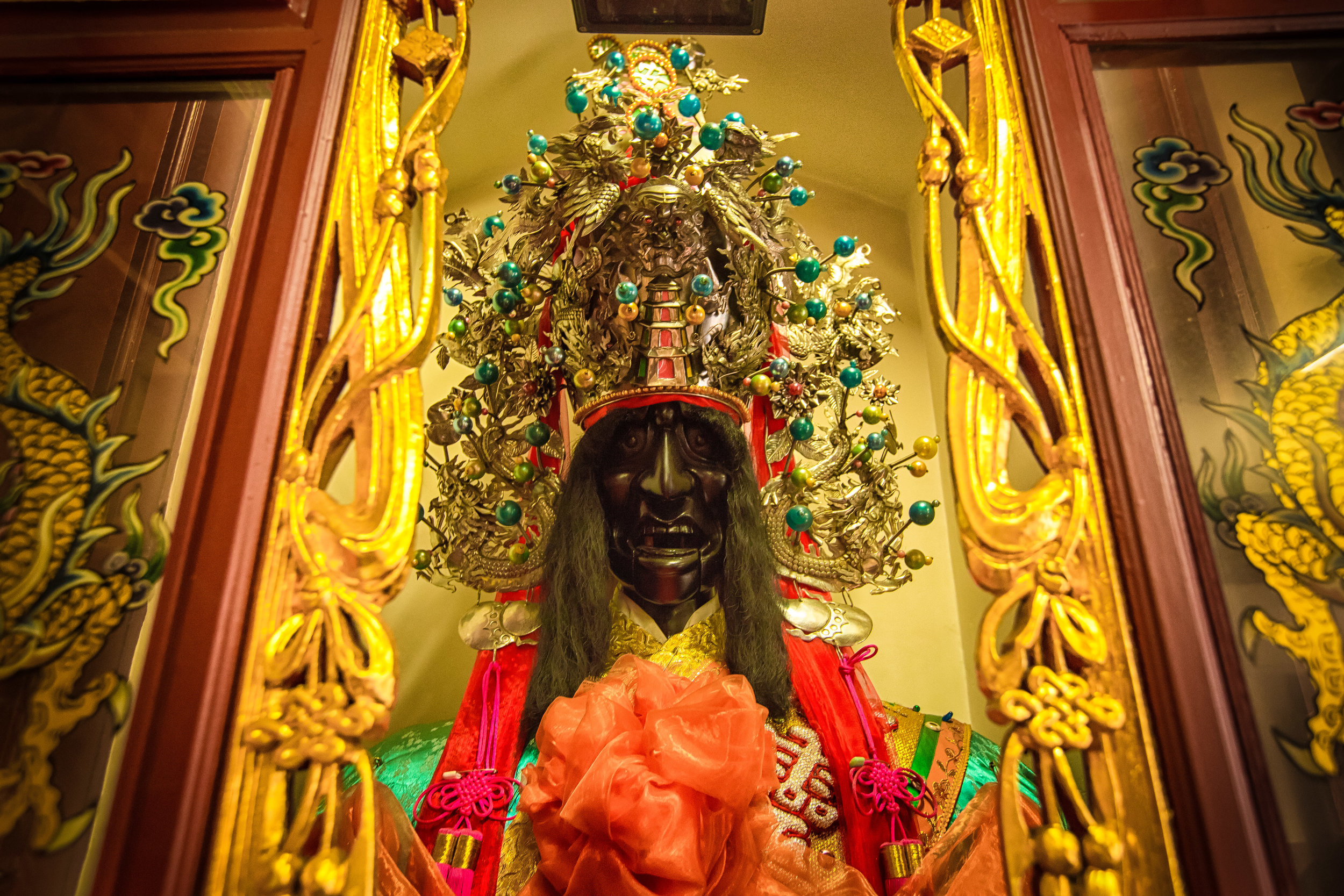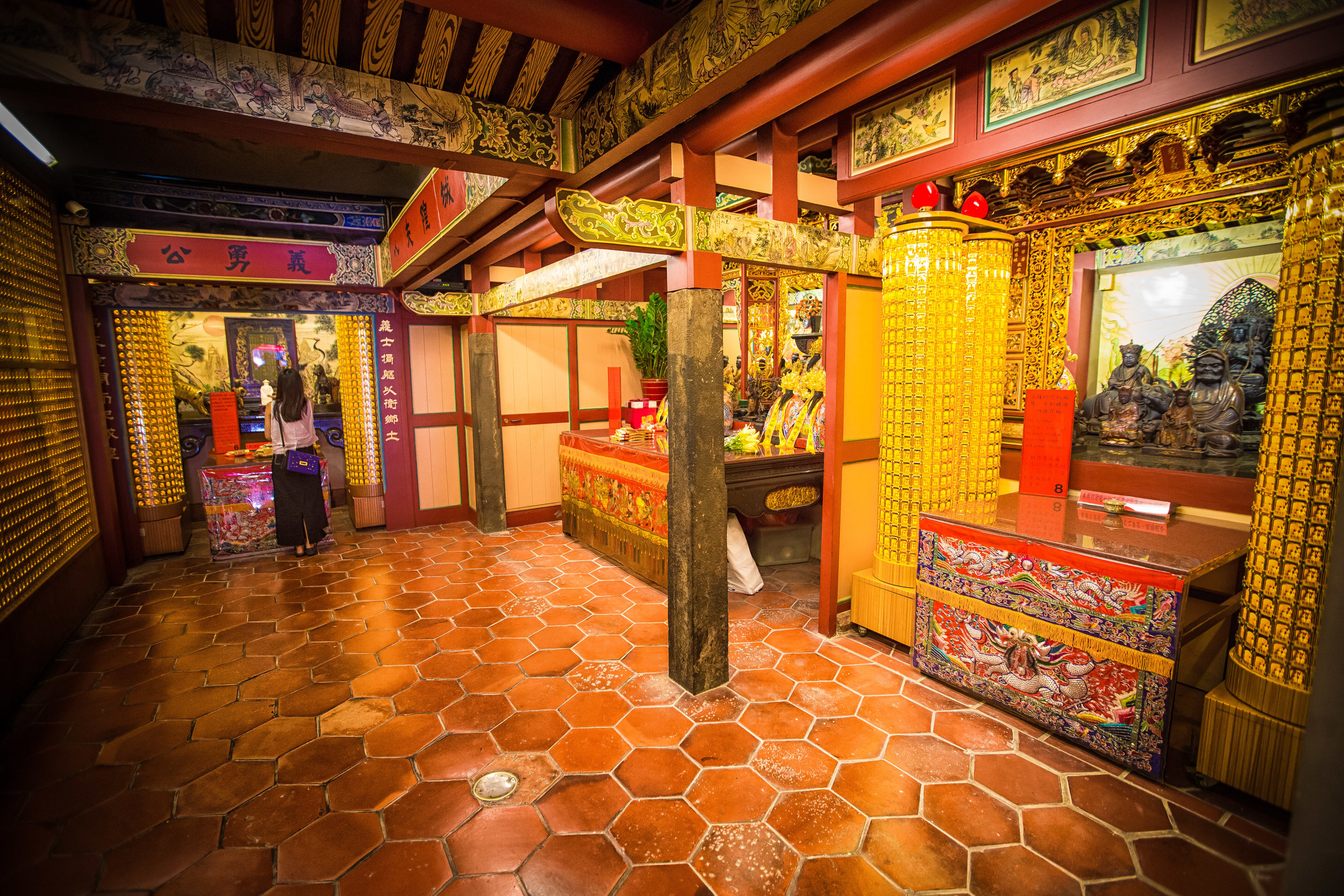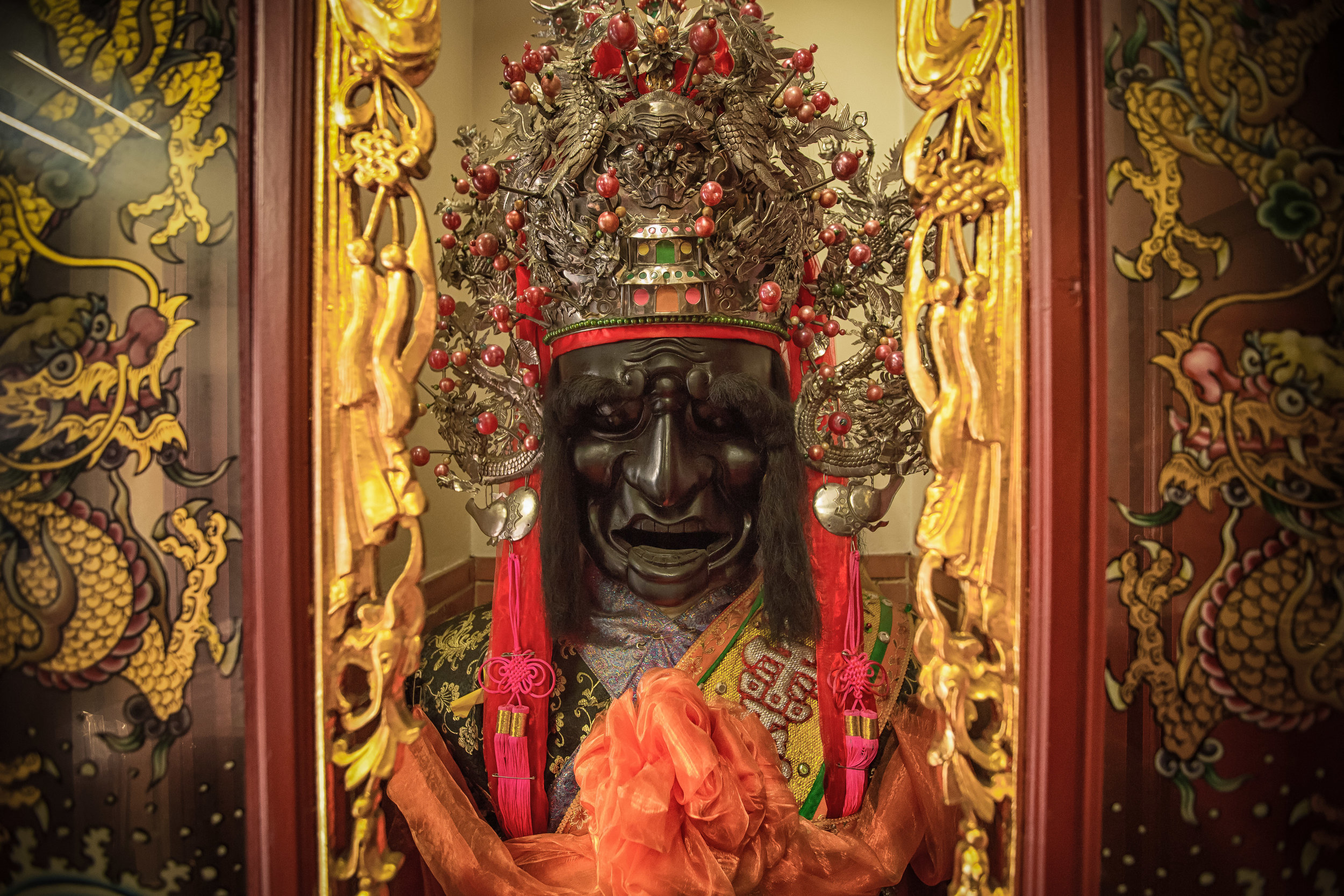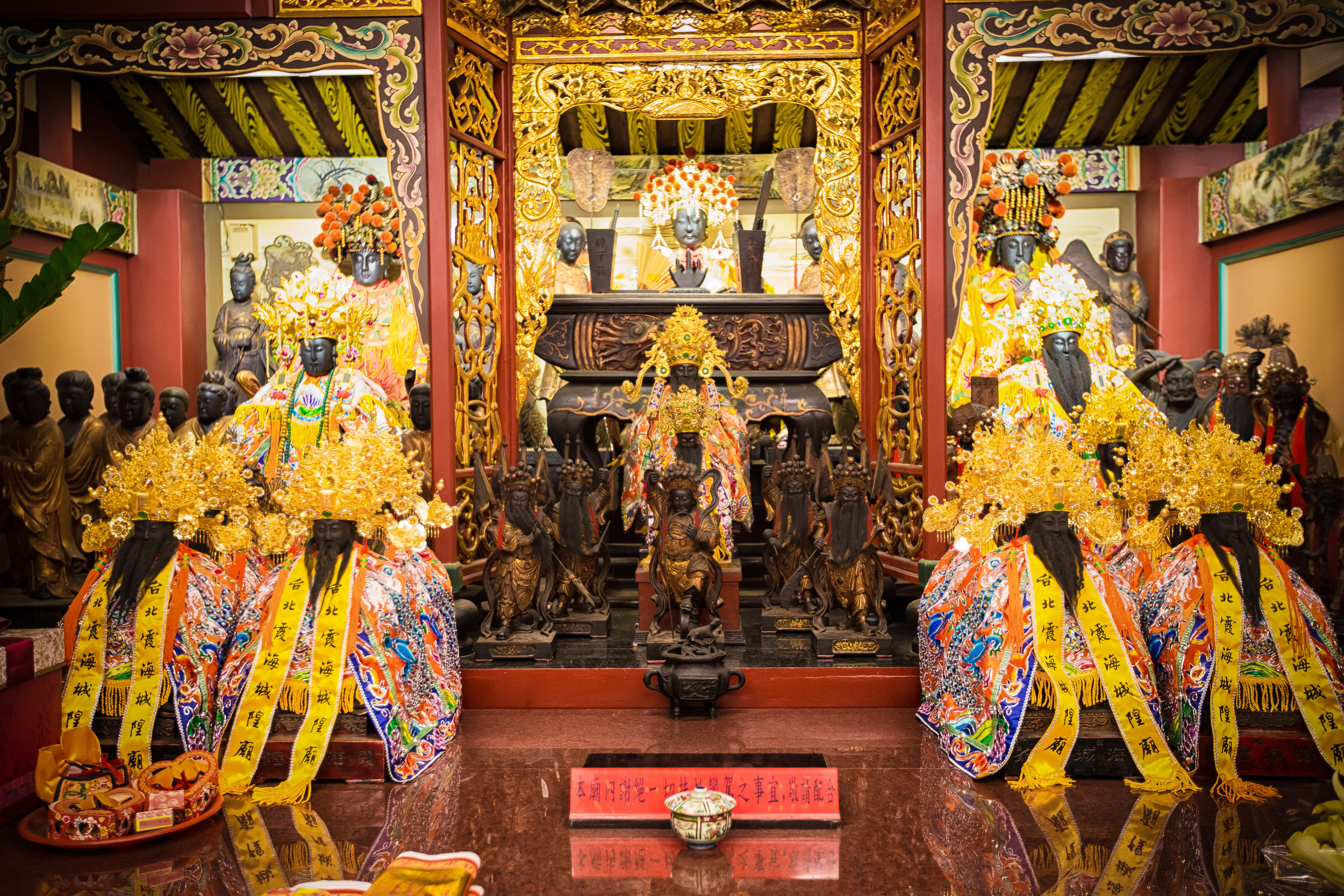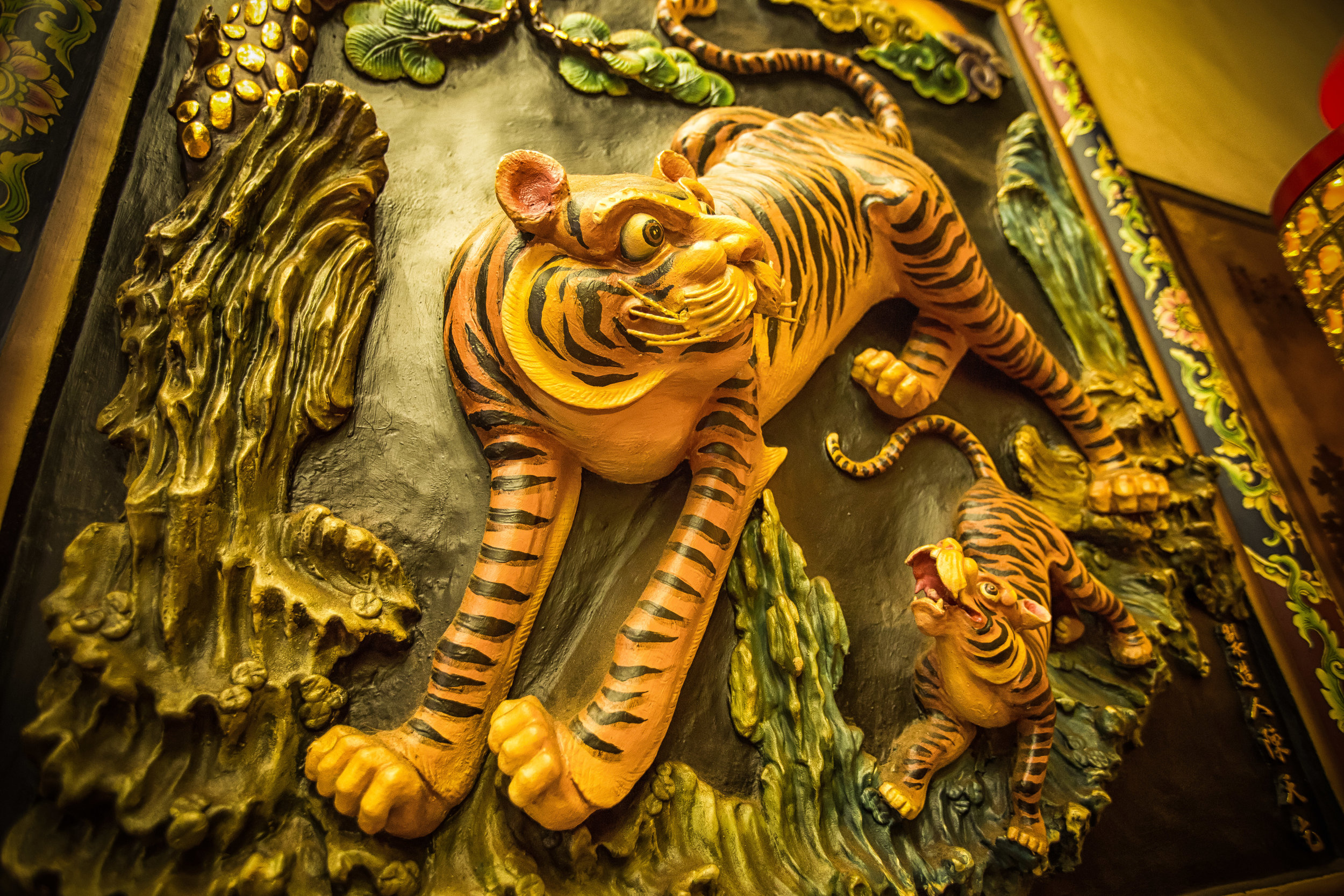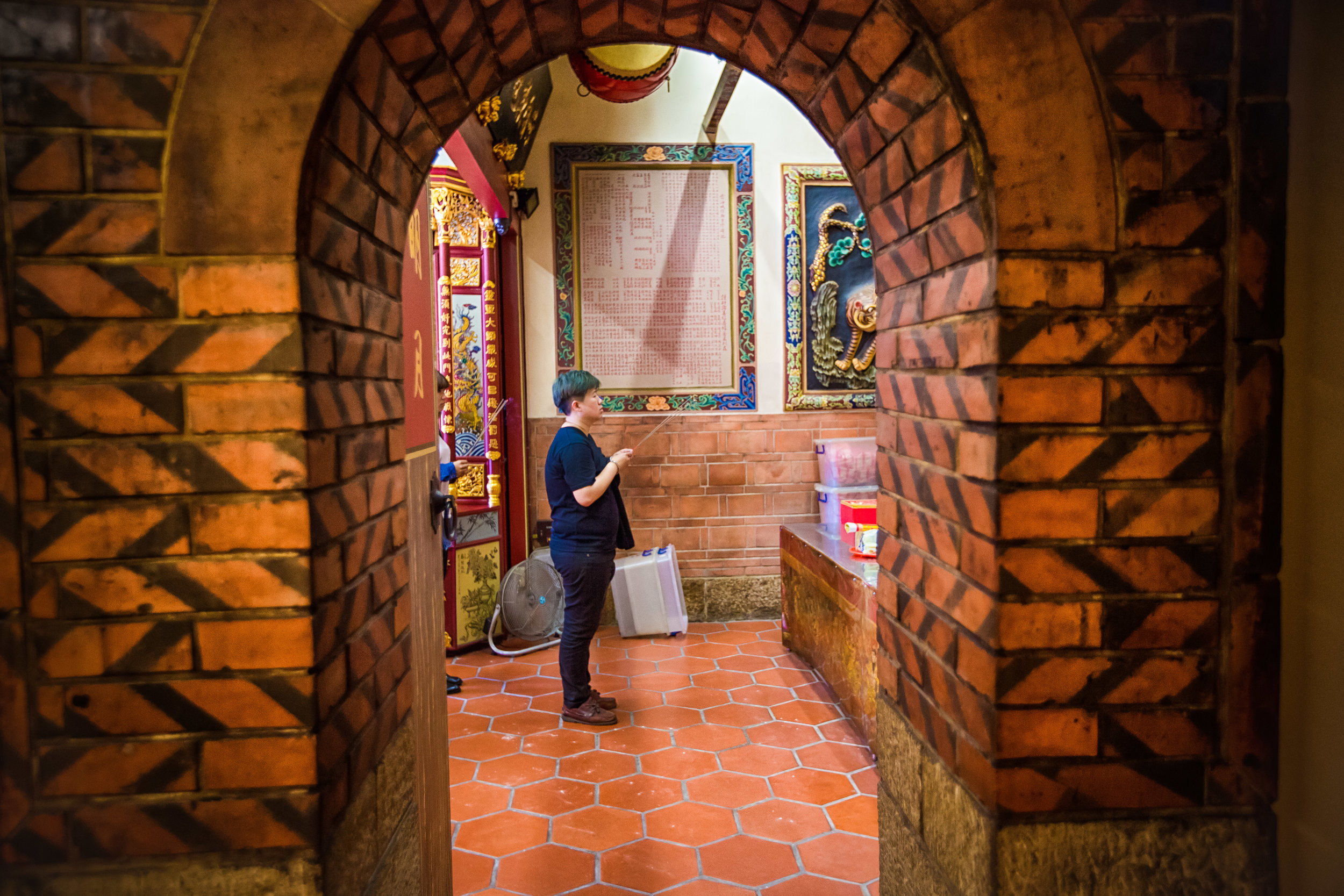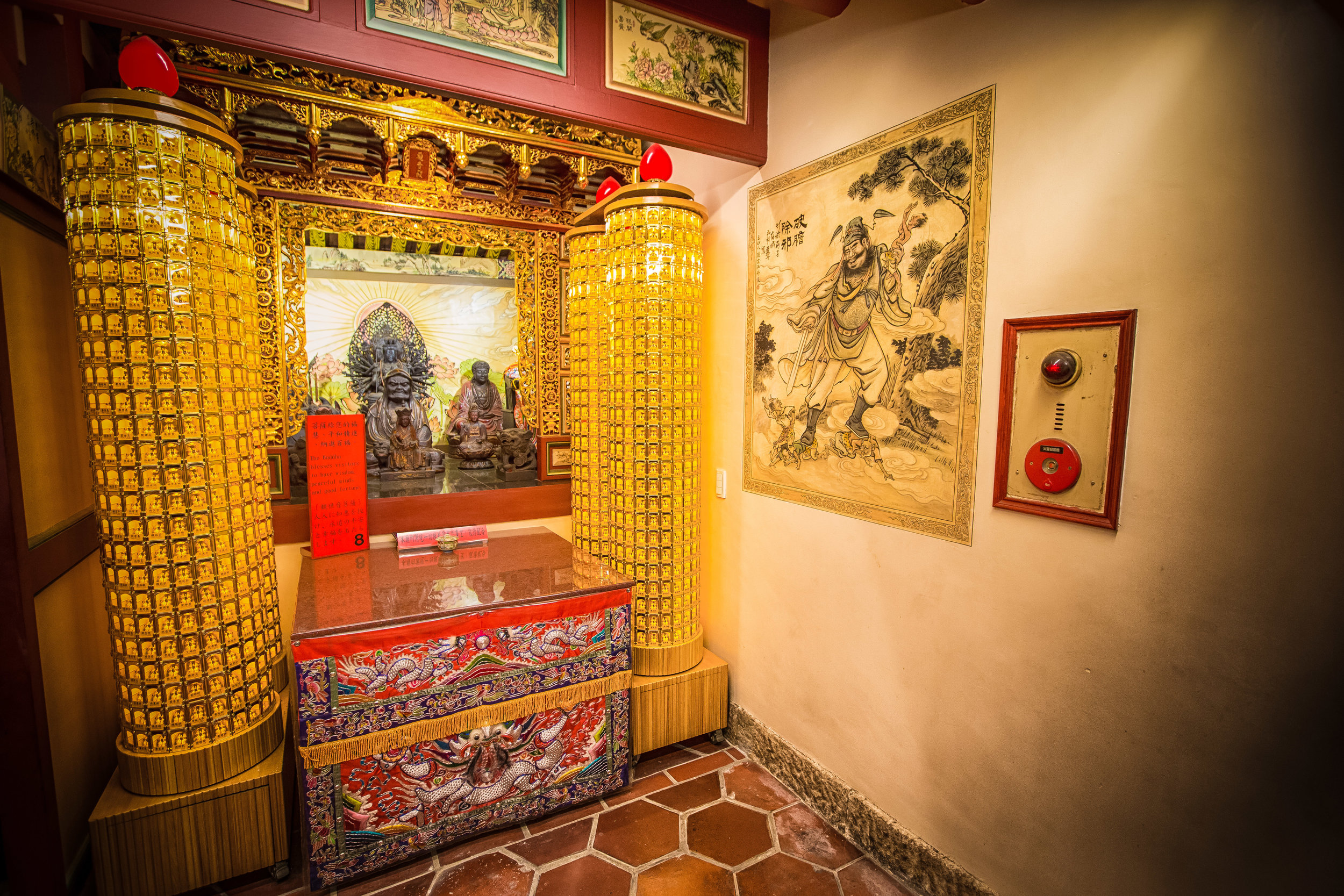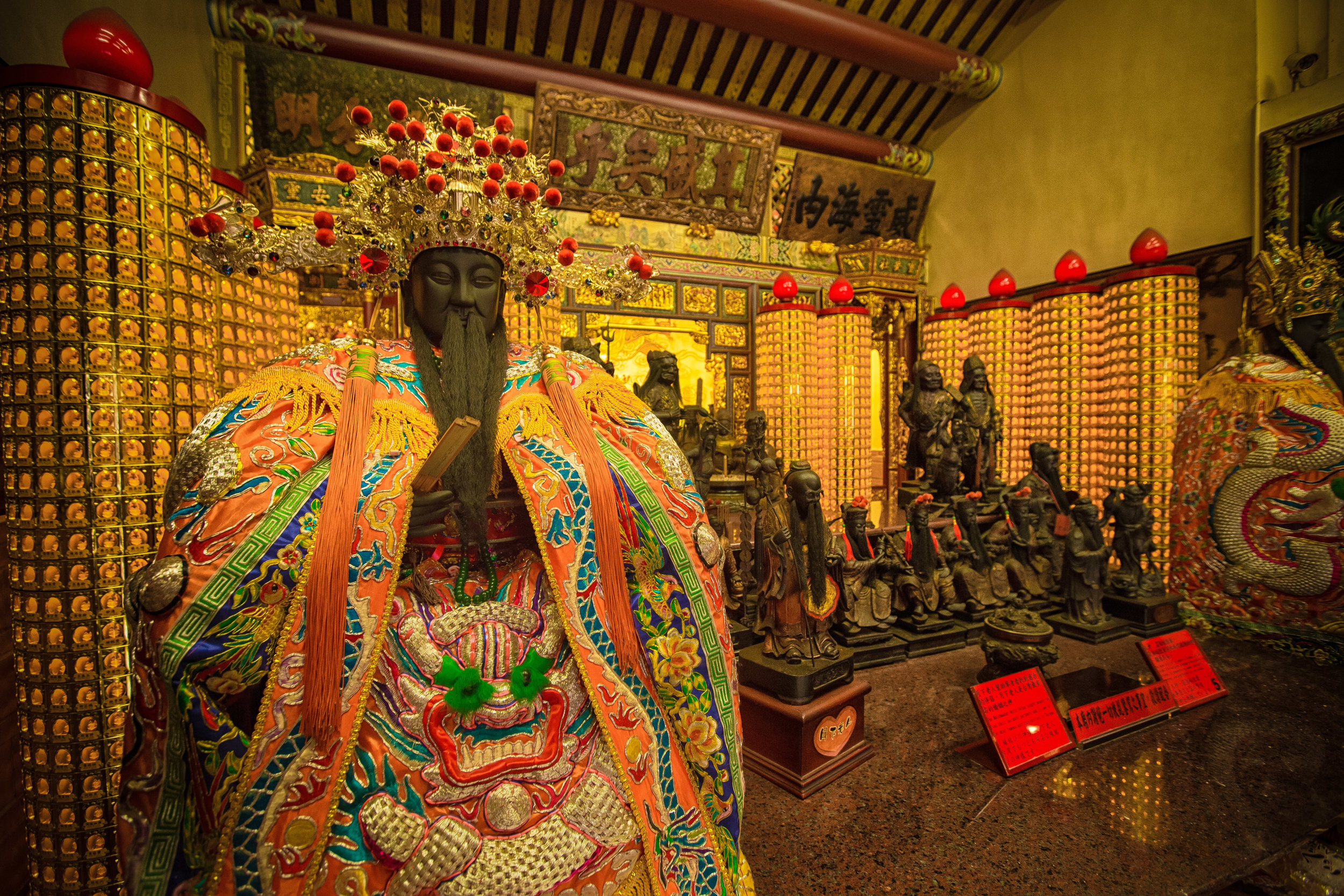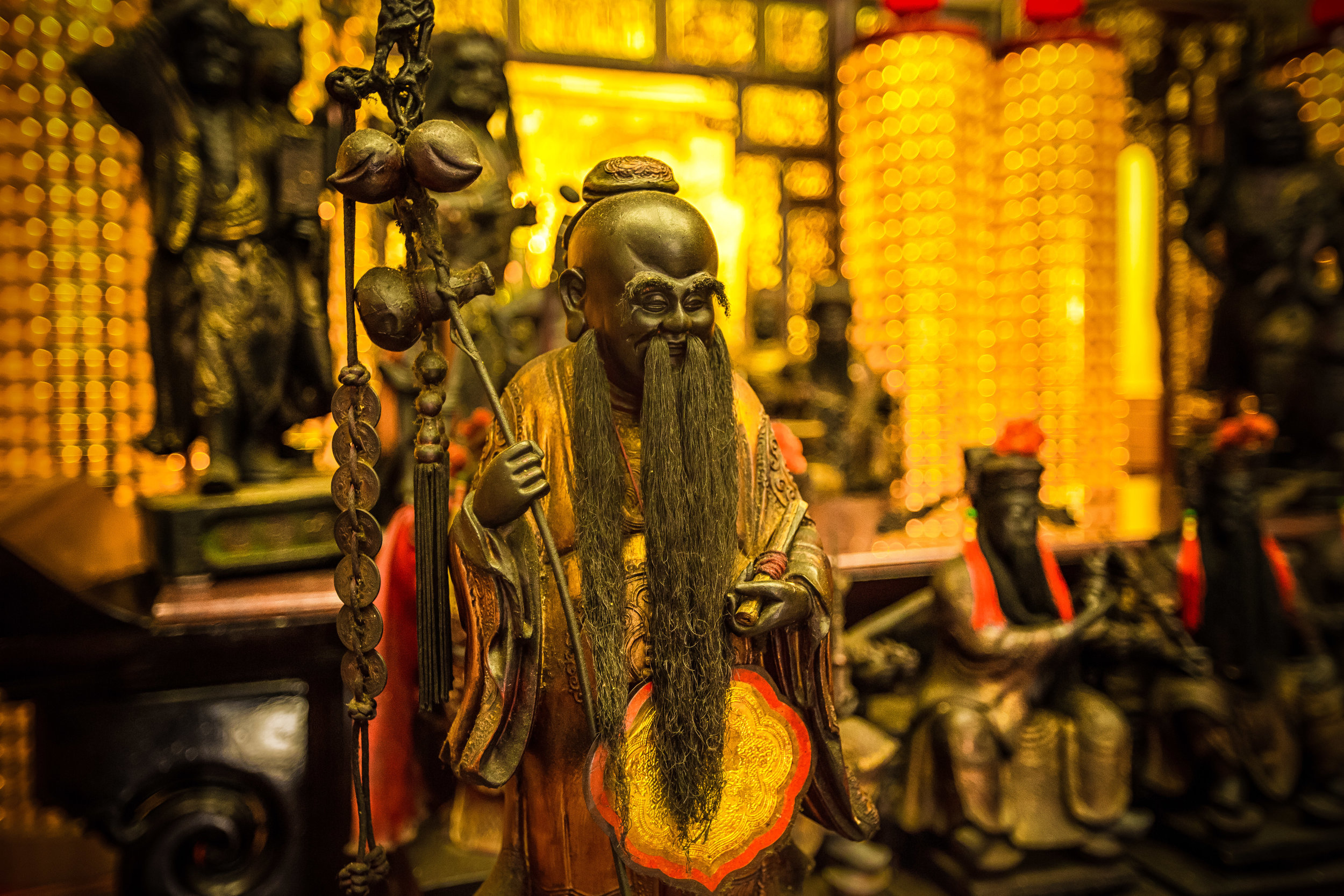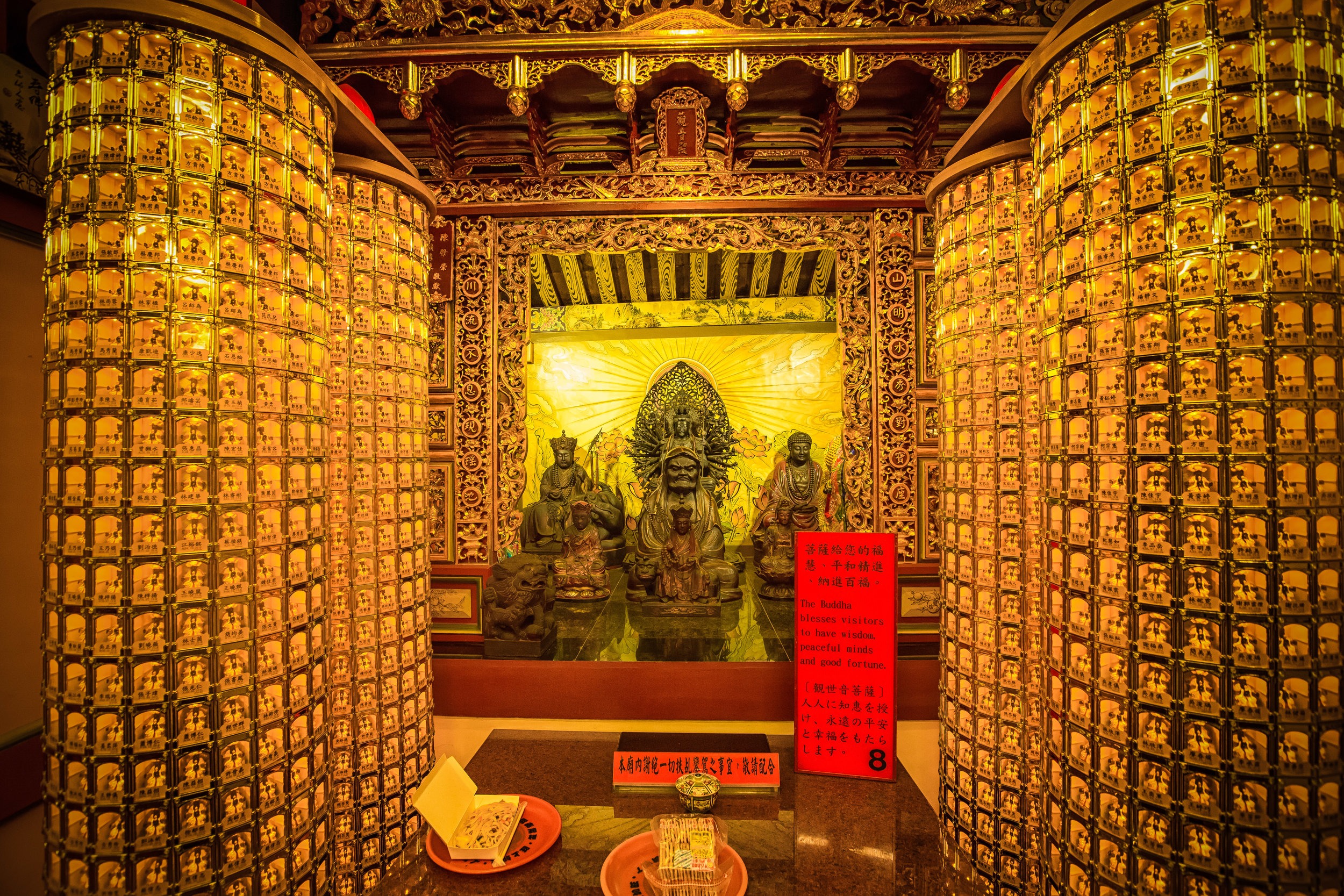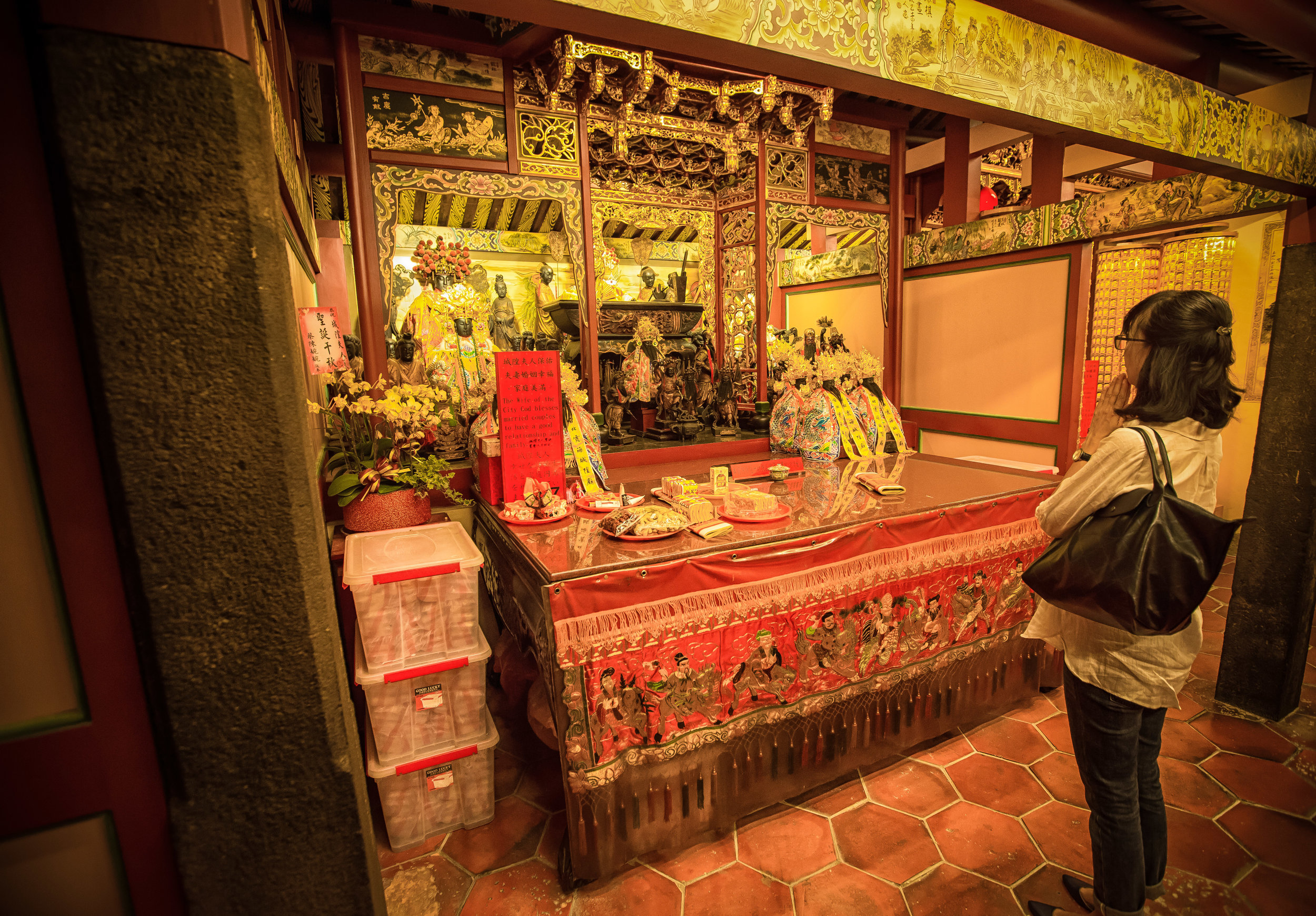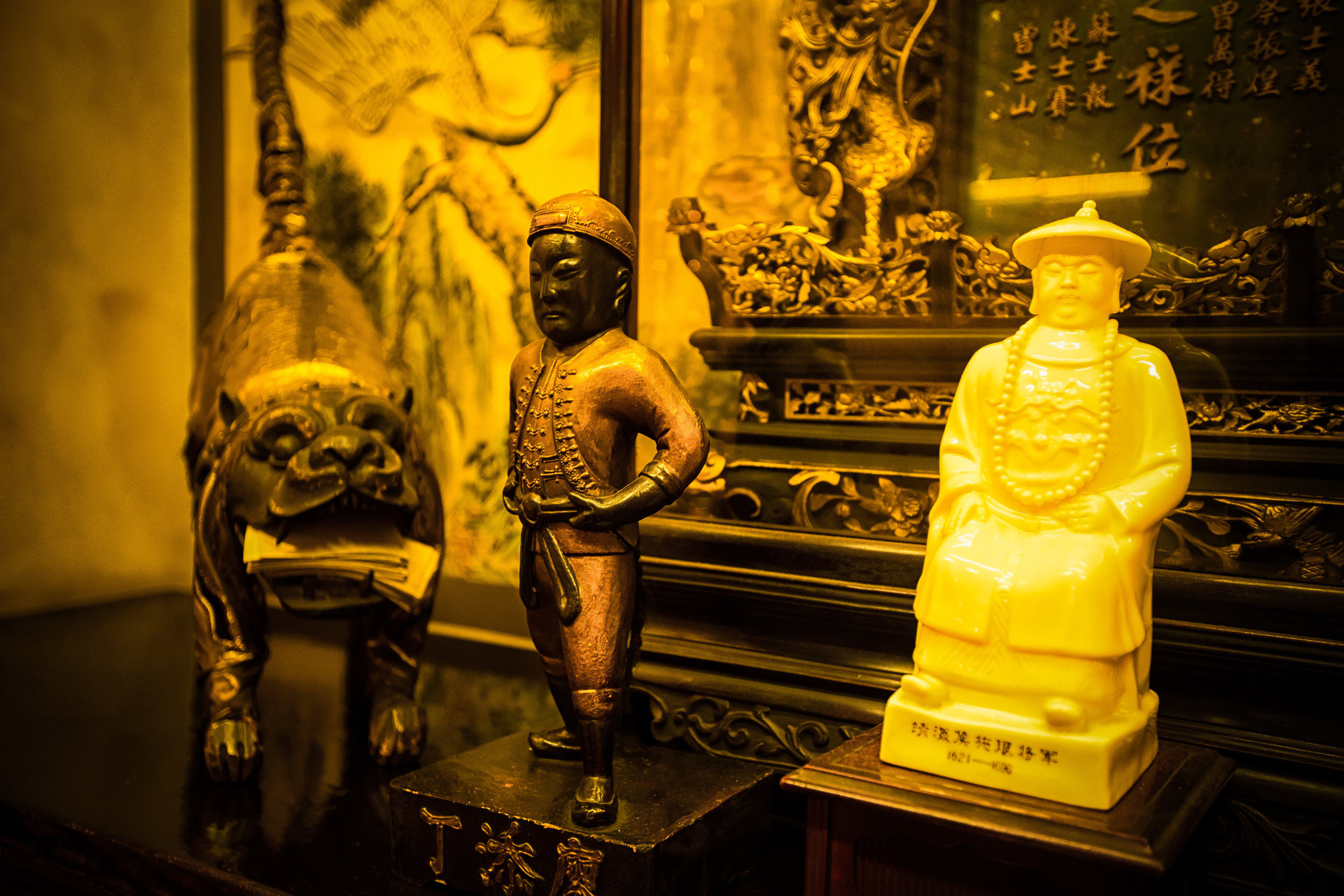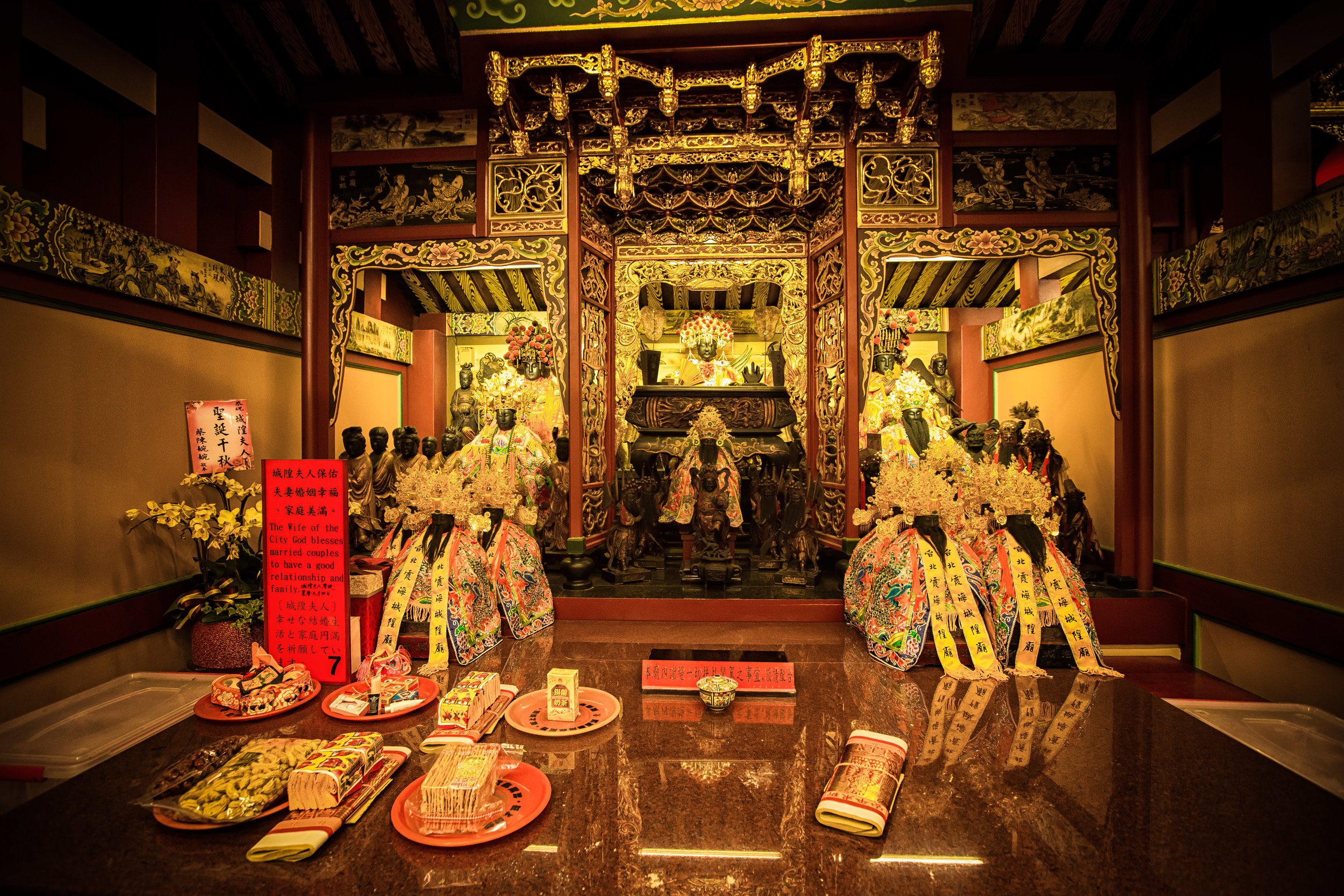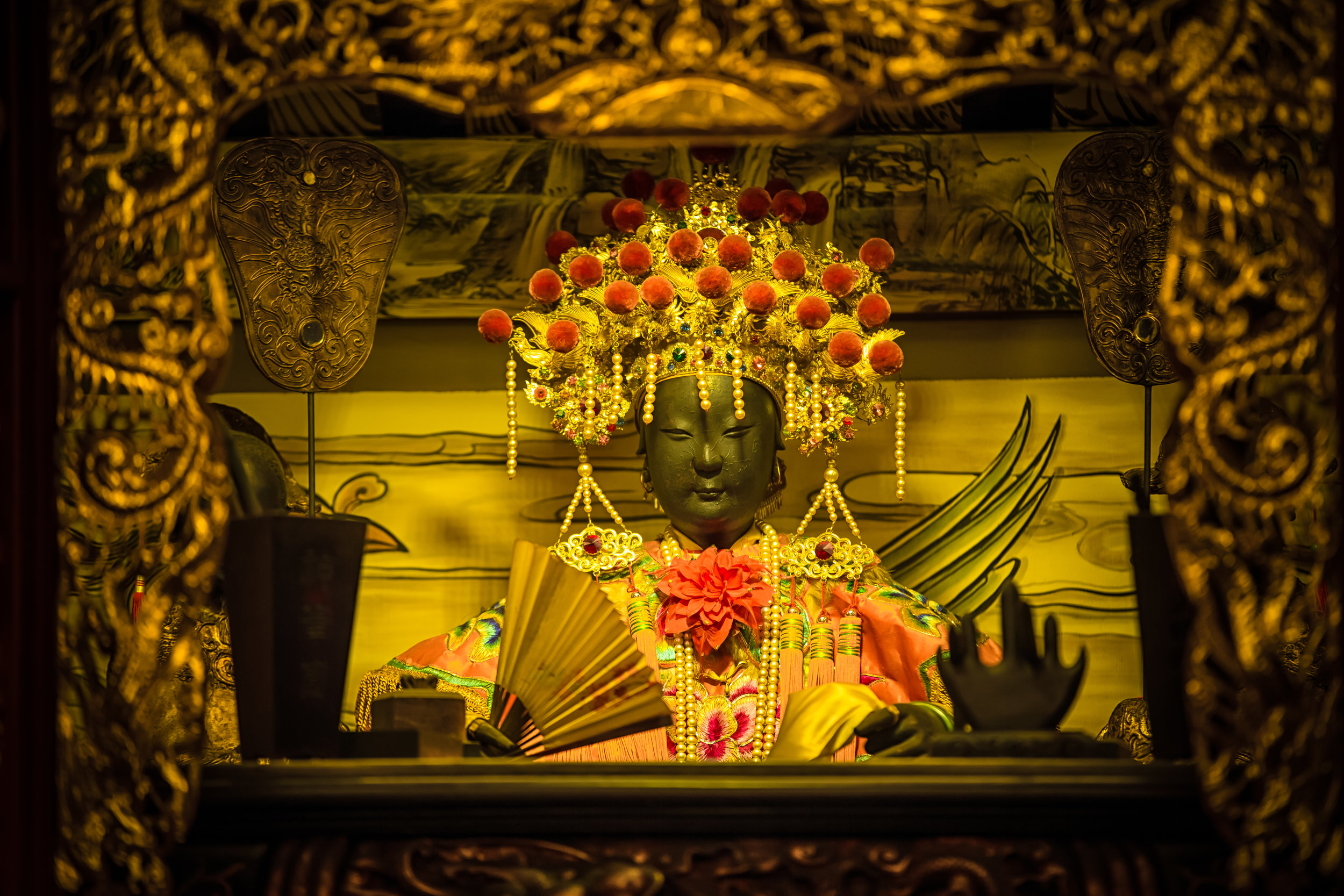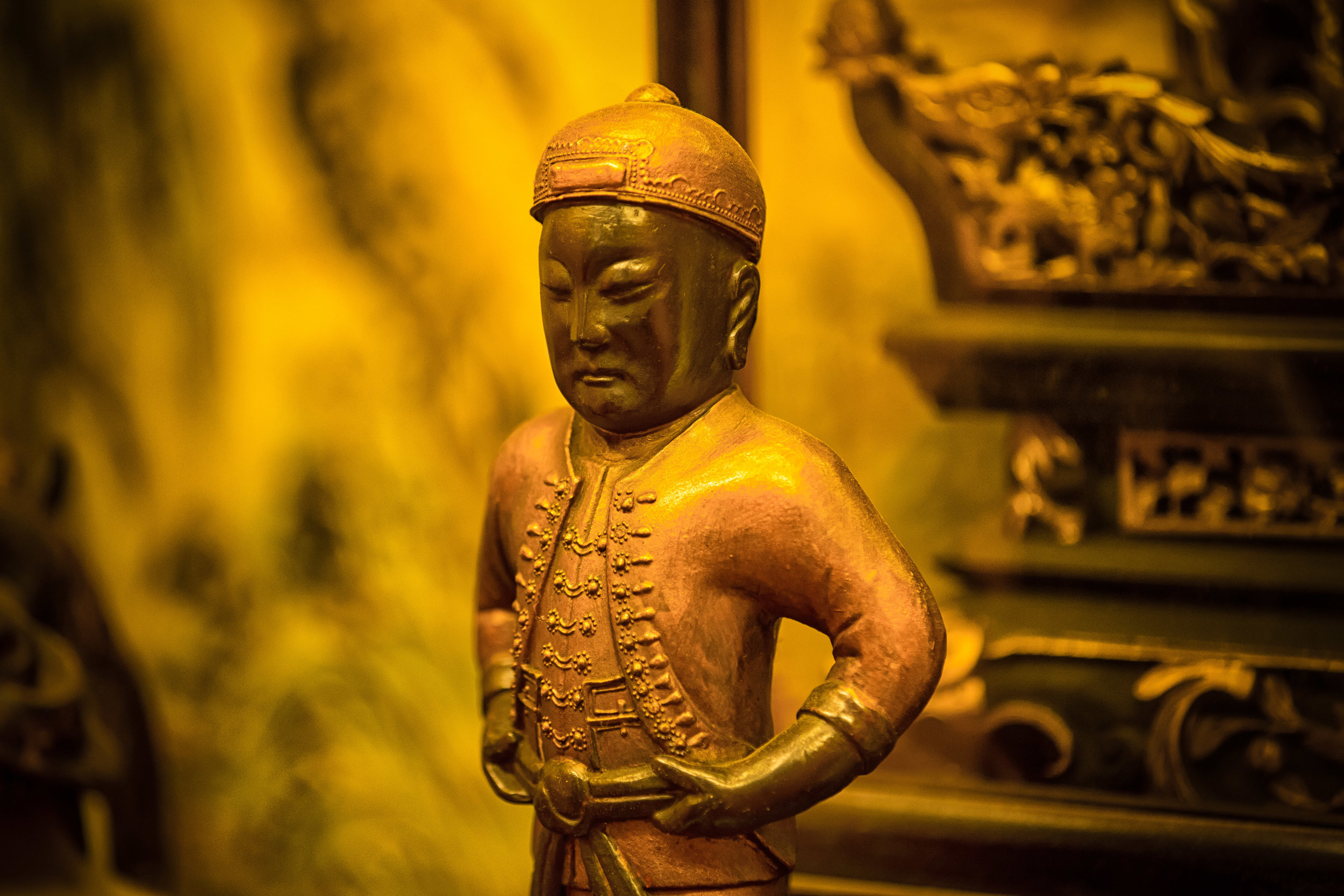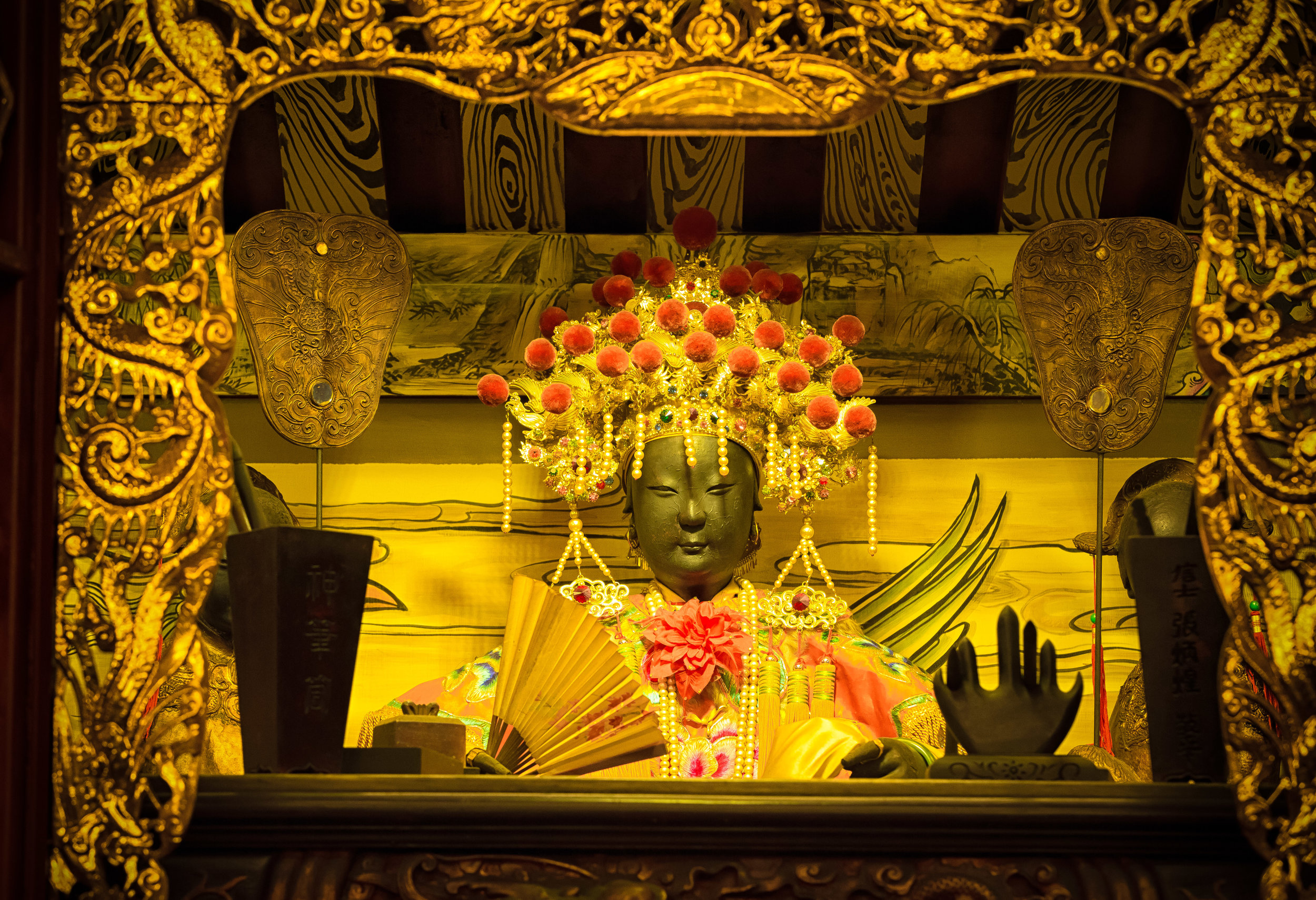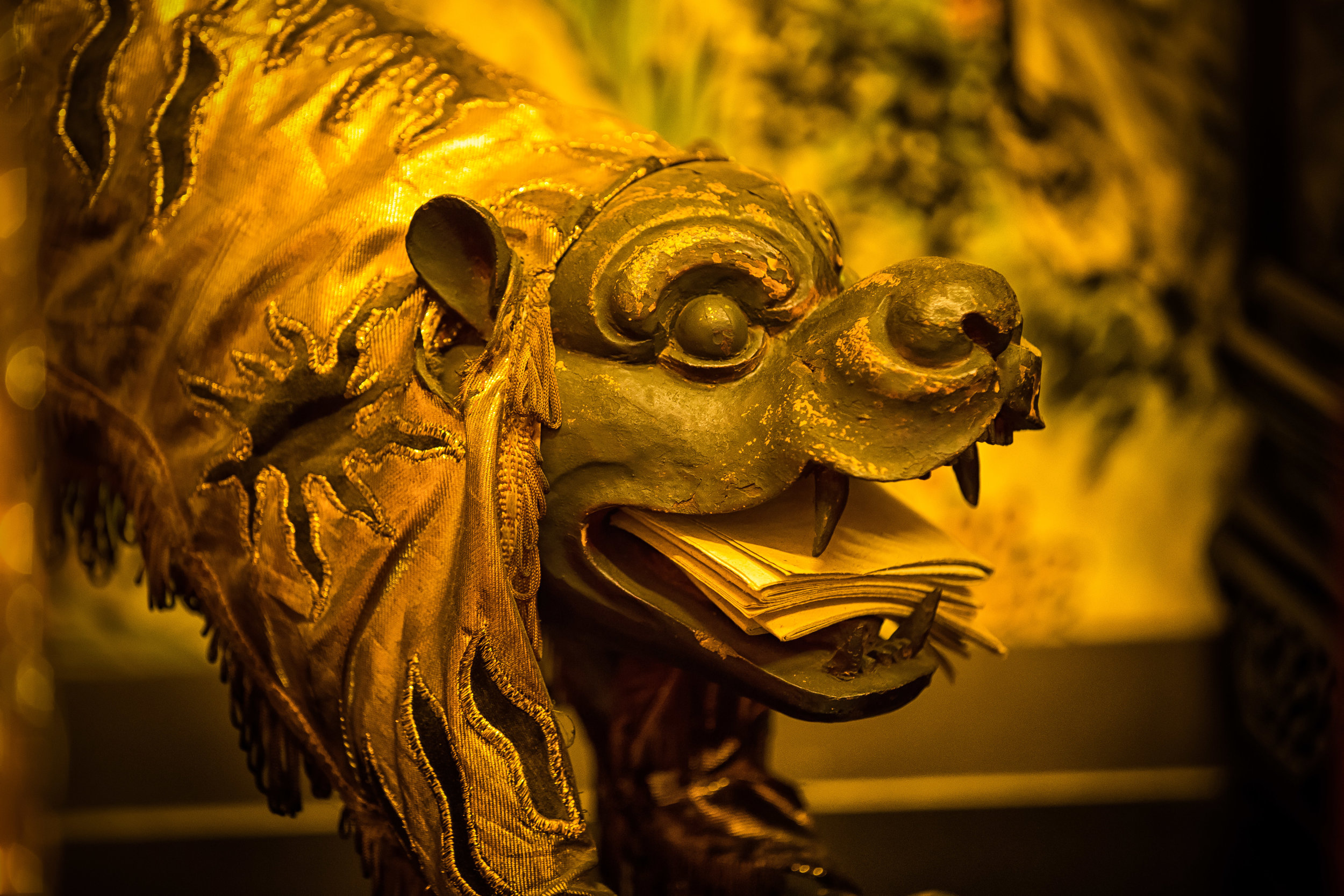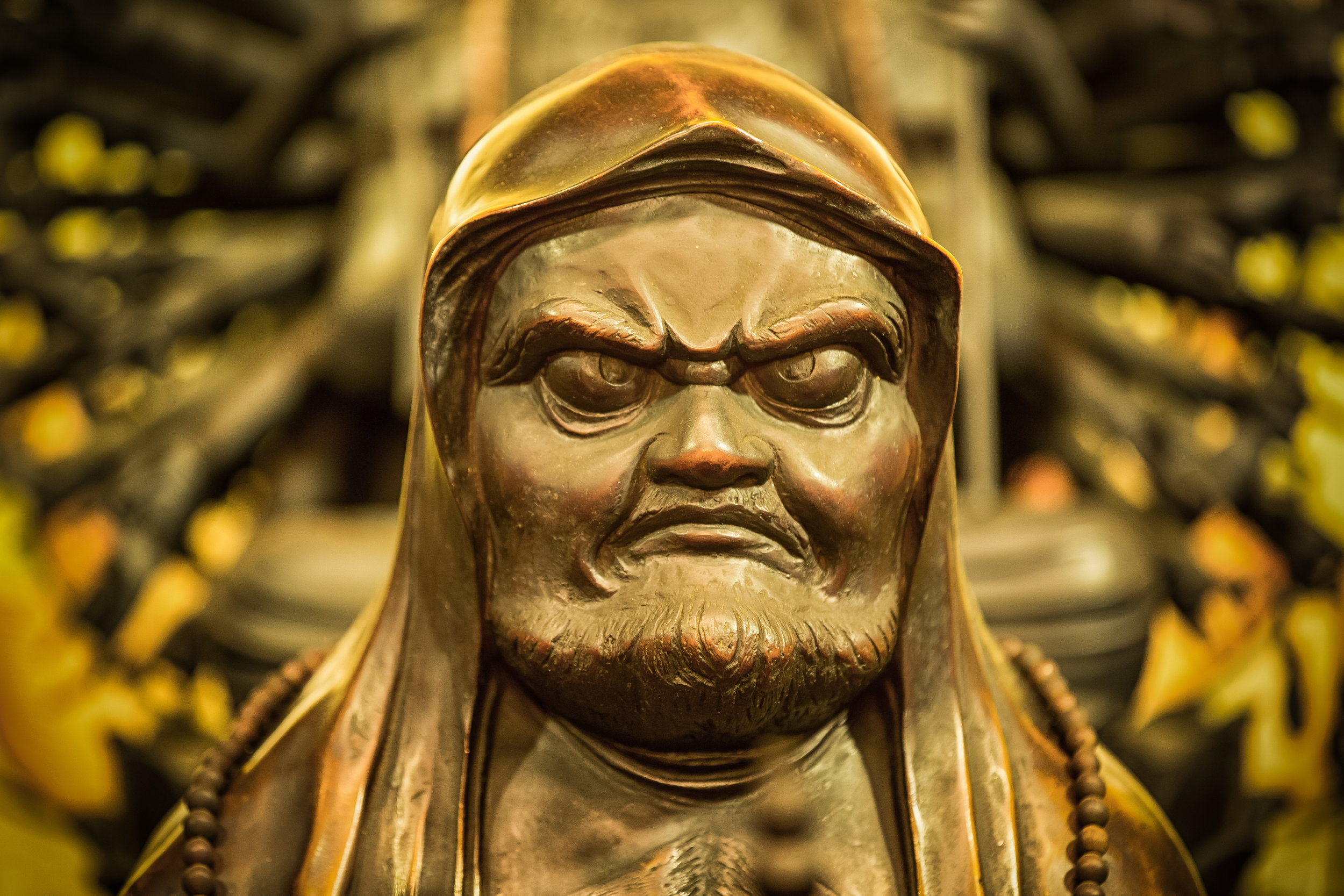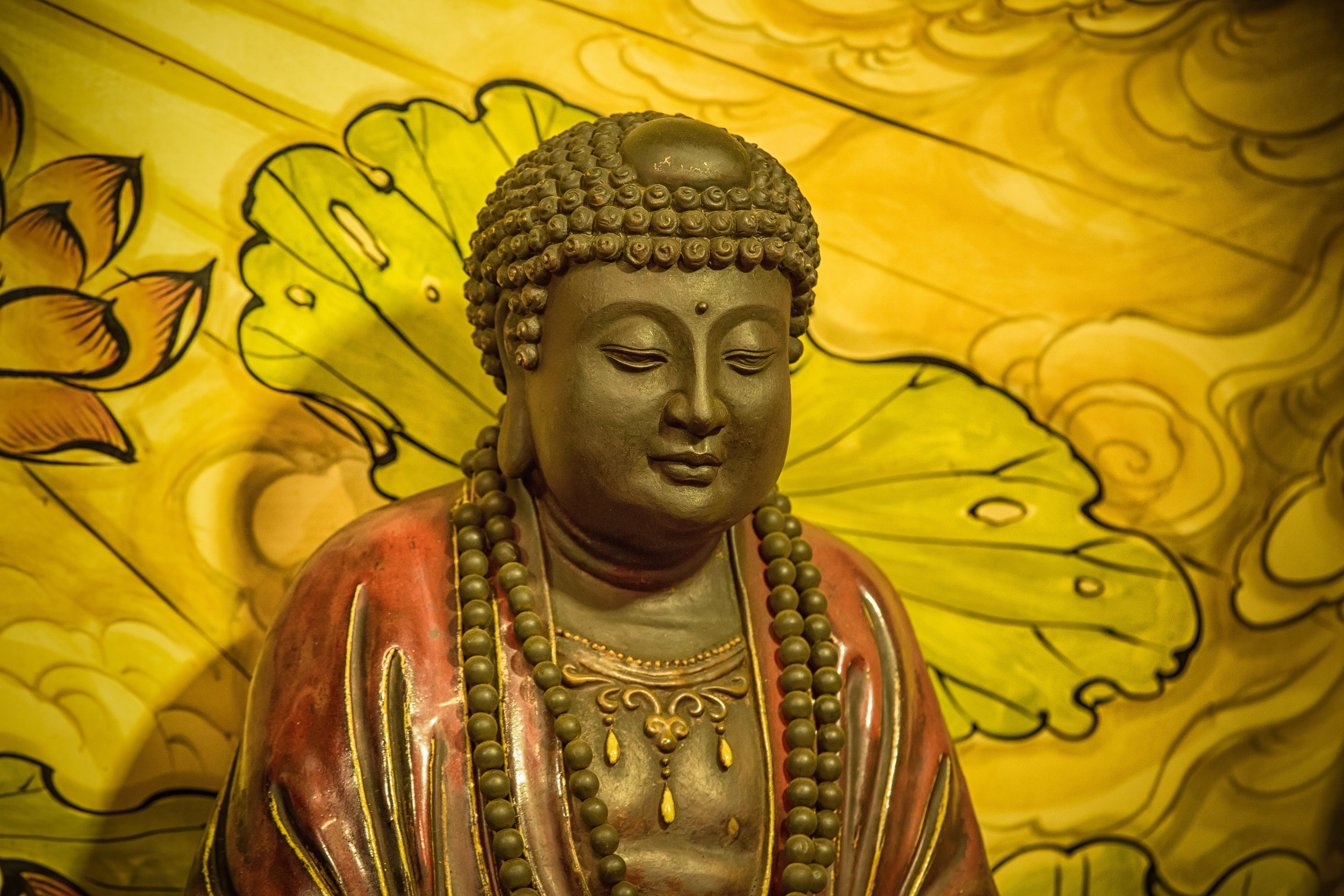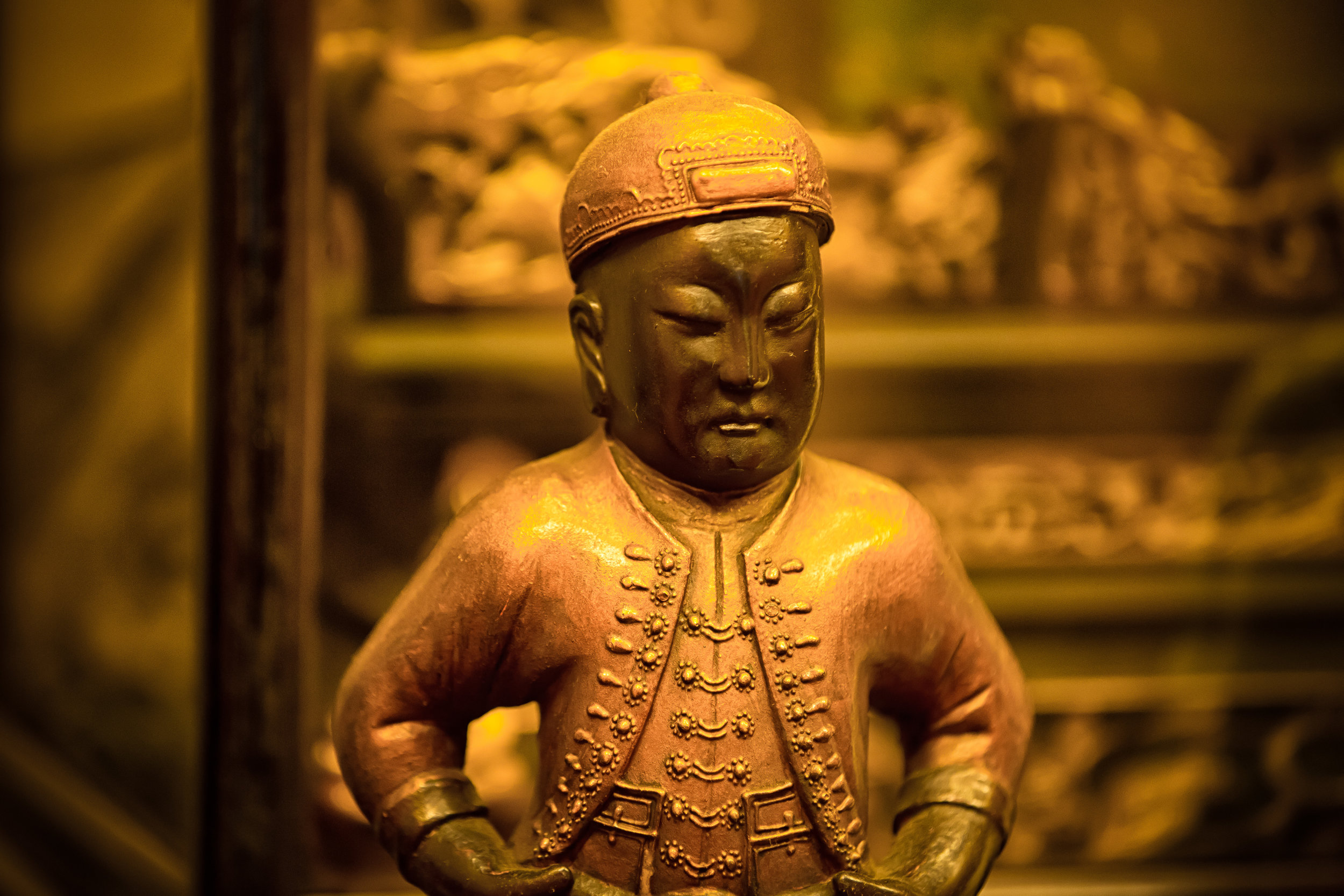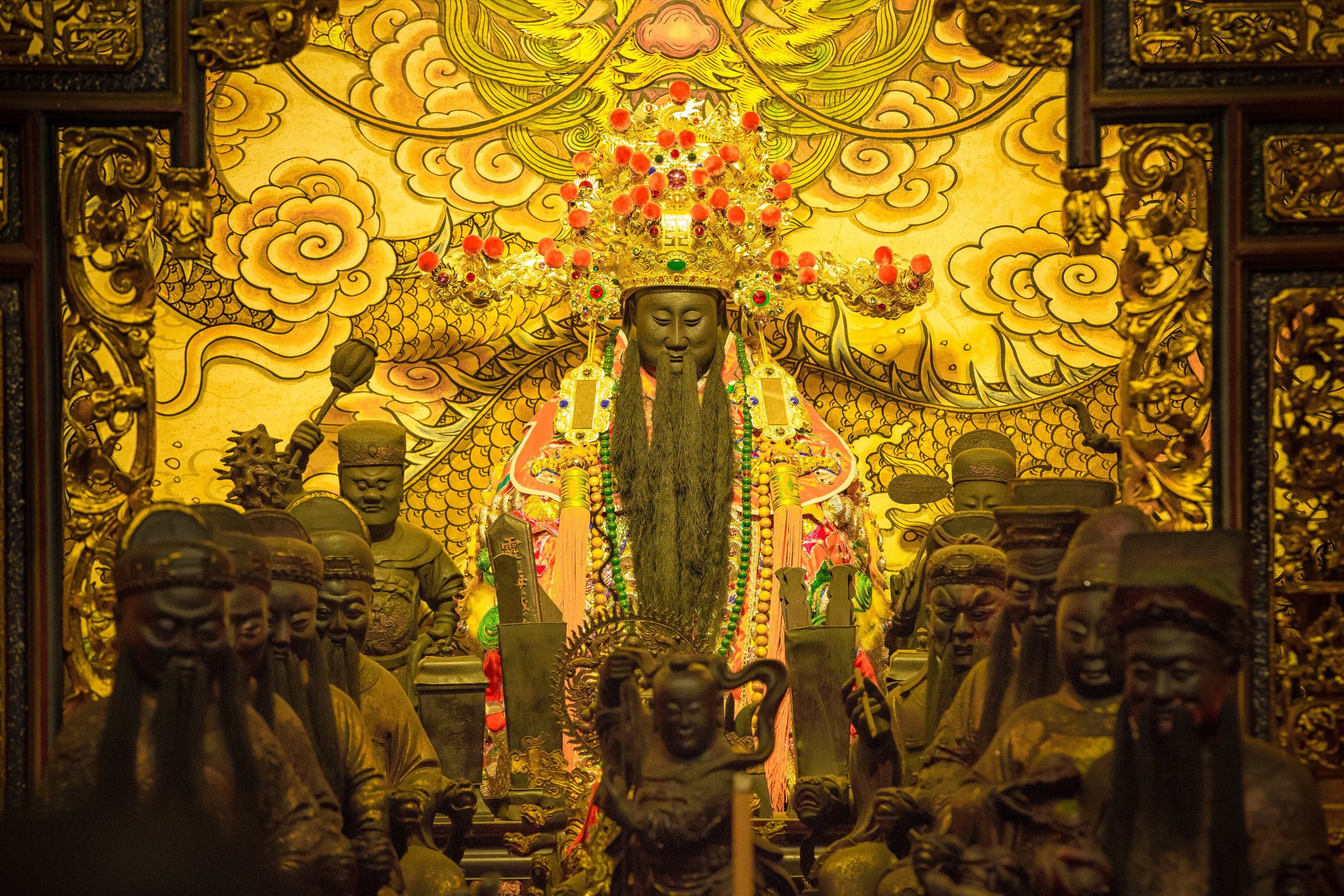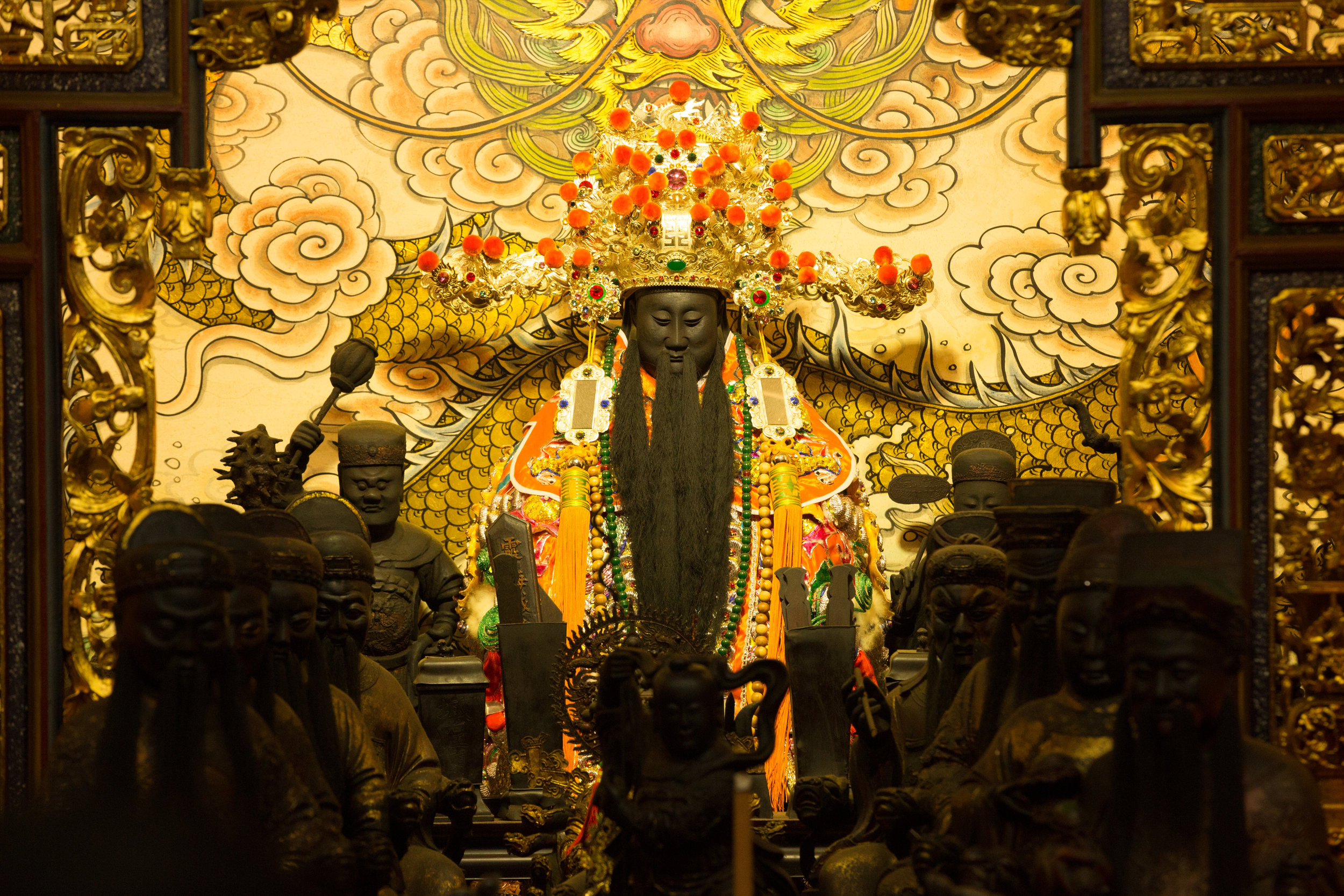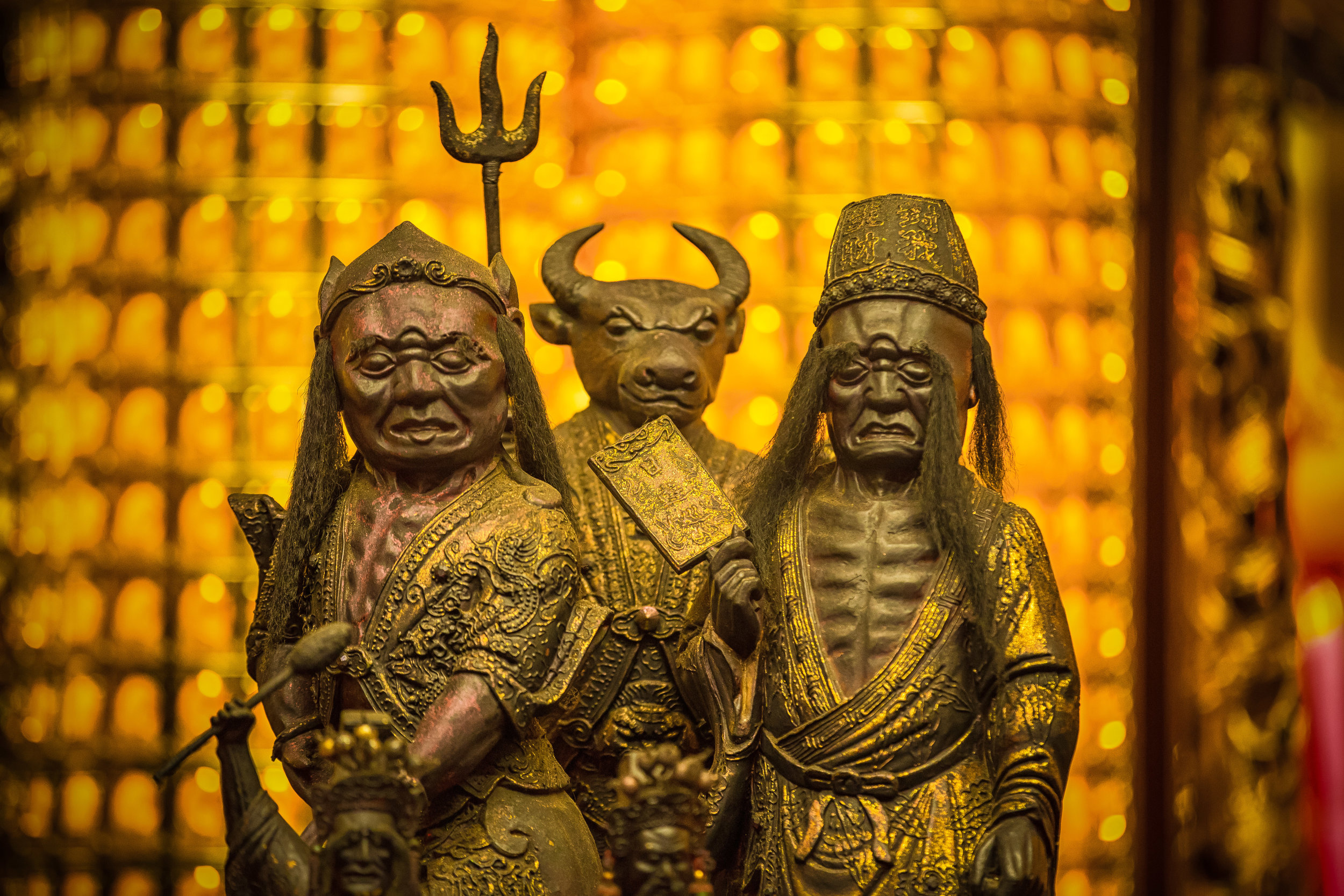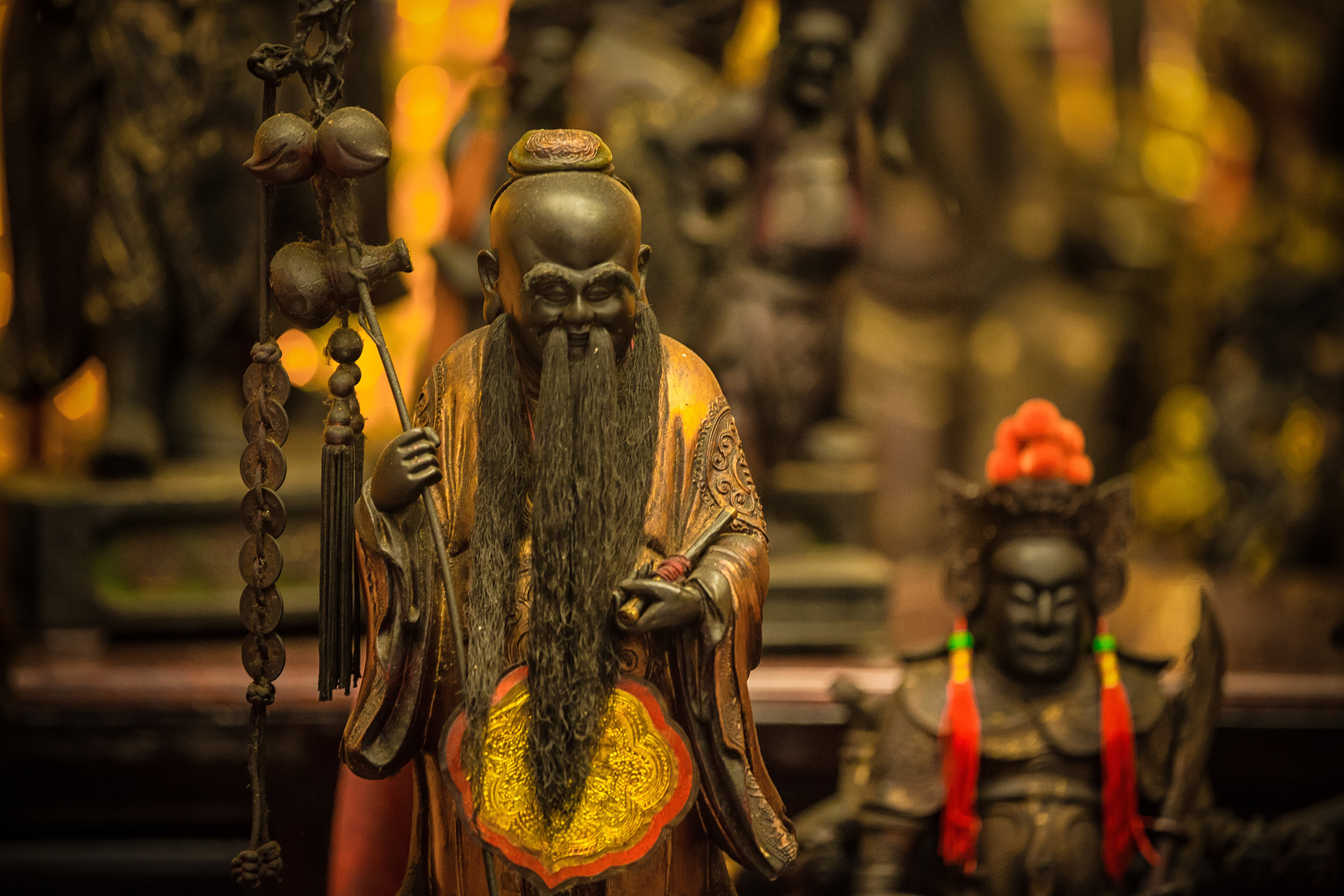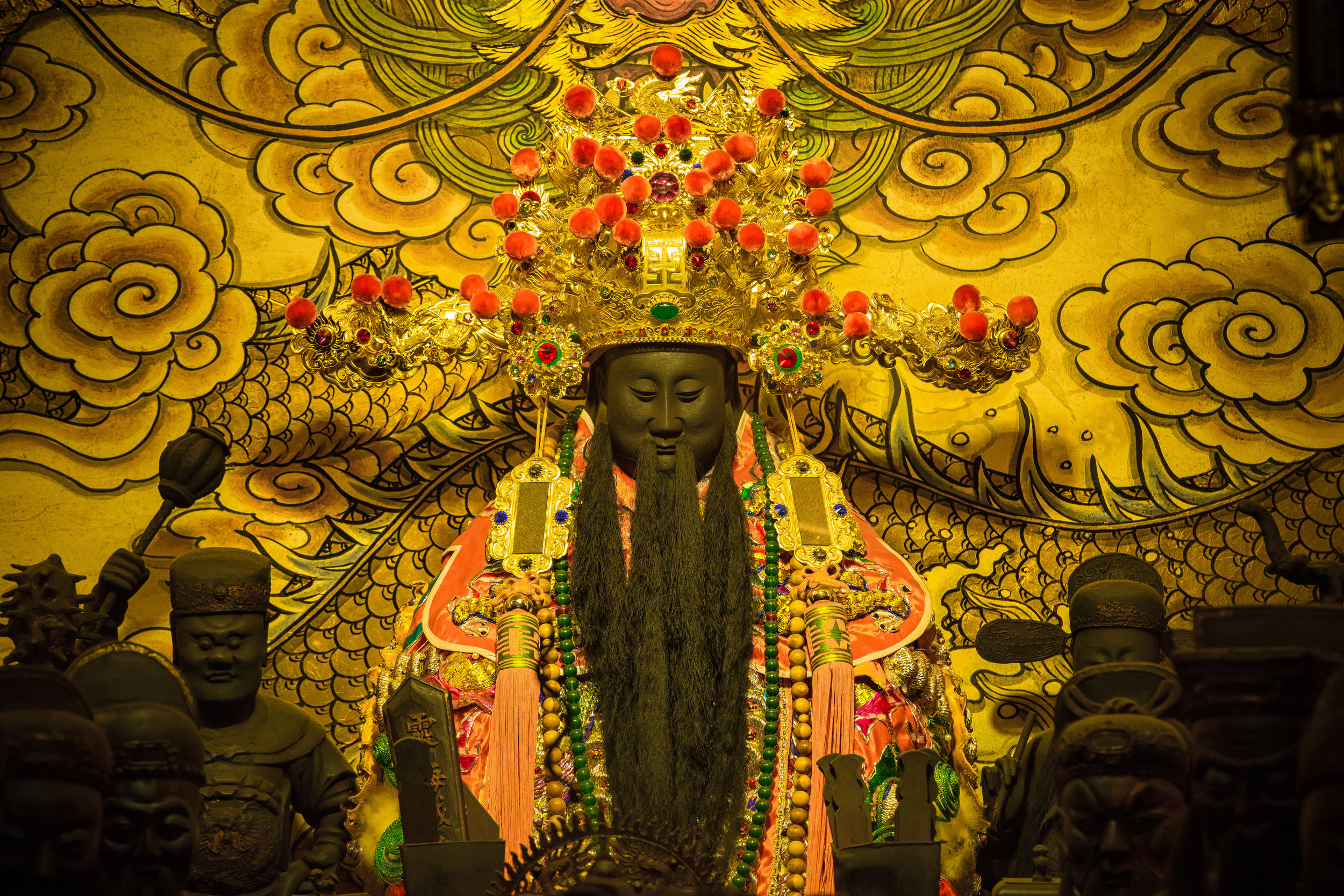The Tua-Tiu-Tian Internationl Festival of Arts (大稻埕國際藝術節) officially opened on Sunday, October 1st with an action-packed month of events which aims to not only showcase and promote the historic Dadaocheng area of Taipei, but also display many of the artistic talents that both Taipei and Taiwan have to offer to the world.
The month of events kicked off with the opening of the Dadaocheng International Photography Exhibition (外籍攝影師鏡頭下的大稻埕) which featured the work of both local and expat photographers and will remain on display for the entirely of the festival.
As I mentioned in my previous post about the Dadaocheng Photowalks, the photo exhibition had a focus on documentarian street photography-style photos that would help tell the story of the residents of Dadaocheng, the history of the area and also its revitalization over recent years.
To that effect, the curator of the event TC Lin organized several photowalks in August and September which led both foreign and local photographers around Dadaocheng to get shots to contribute to the event, network with each other and learn about the area.
The photowalks that TC arranged led us around most popular and well-known areas of Dihua Street (迪化街) but also much further down the road into areas that are not as commonly visited by tourists as well as areas that are only just recently starting to receive a bit of attention in terms of revitalization.
The first photowalk was more of an introduction to the event and a bit of a tour around the area for people who were unfamiliar while the second walk was more of us just walking around, taking cover from torrential downpours, chatting and taking photos.
As I mentioned in my previous blog about the photowalks, I typically spend most of my time at these events chatting with friends I haven’t seen for a while, so in order to get enough photos to submit to the event, I did a solo photowalk around the area in conjunction with a visit to the famous Dadaocheng Wharf on a day that turned out to have one of the prettiest sunsets of the year.
The exhibition opened last Sunday and attracted quite a few visitors as well as most of the photographers who took part in the event. It was a wonderful afternoon spent enjoying the company of friends new and old and enjoying the different perspectives of Dadaocheng that were put on display by photographers from all over the world.
Split up into two different venues including URS127 Art Factory (URS127玩藝工場) and URS27W Film Range (URS27W城市影像實驗室), the exhibition which will run for the entire month is open to the public free of charge.
A few days earlier TC contacted me and requested that I say a few words to the crowd about the event - At first I was a bit apprehensive due to how much I embarrassed myself at my solo photo exhibition a month or so earlier but ultimately agreed and did my best not to embarrass myself too much. Fortunately I’ve spent quite a bit of time researching the Dadaocheng area for my blogs about the City God Temple, Bao-An Temple, and the last few years of visiting the annual Dihua Street Lunar New Year Market.
In the gallery below, I’m sharing some of my photos that were featured at the exhibition with the original and an iPhone shot of the photo on the wall. With all the talent involved in the event I was both surprised and honoured that so many of my photos were chosen to be featured in both venues of the exhibition.
I want to thank TC Lin, Chenbl Chen and all the organizers of the Tua-Tiu-Tiann International Festival of Arts who put together this event. I also want to thank the friends who came out to support us - especially those people who have followed my work for a while but haven’t had a chance to meet!
I'd also like to show my appreciation to some of the other photographers who took part in the event and contributed their work and vision to the event. Quite a few of those photographers are my friends, so if you'd like to know more about them, you may want to check out the following people: Darren Melrose, Brian Wiemer, Neil Wade, Dilip Bhoye, Filipe Rios, Tyson Skriver and Ken Dickson.
The exhibition will be on until the end of October, so if you are in Taipei and have any free time, you should definitely head over to check out the exhibition spaces as well as taking part in some of the great events planned over the next month!
Exhibition Period: 10/01 ~ 10/31 (展出日期:10/01 ~ 10/31)
Main Exhibition: URS127 Art Factory ( #127, Dihua Street. Section 1. Taipei)
主展場:URS127玩藝工場 - 台北市迪化街一段127號
Secondary Exhibition: URS 27W Film Range (#27, Yan-Ping Road. Section 2. Taipei)
展場二:URS 27W 城市影像實驗室 - 台北市延平北路二段27號
Tua-Tiu-Tiann International Festival of Arts: Website | Facebook | Event Schedule








